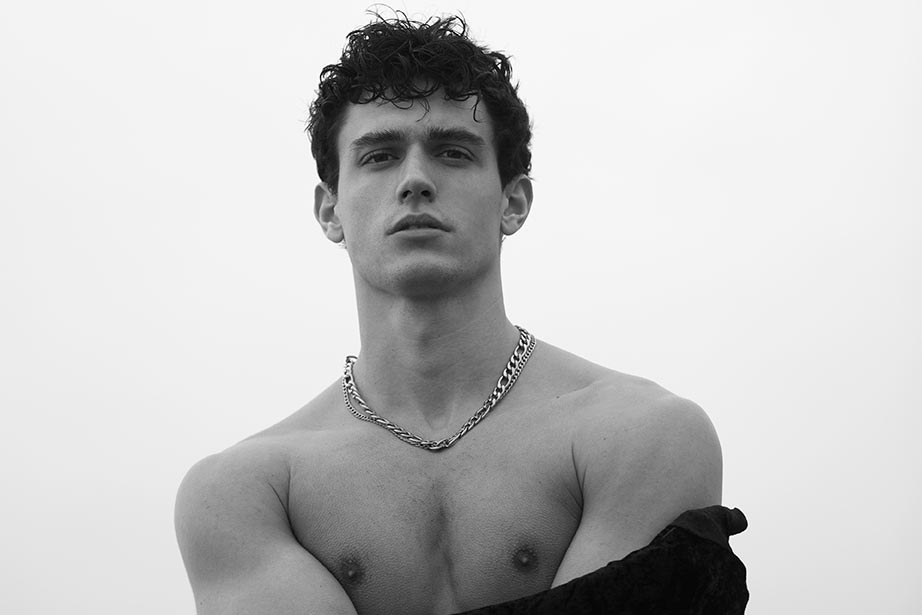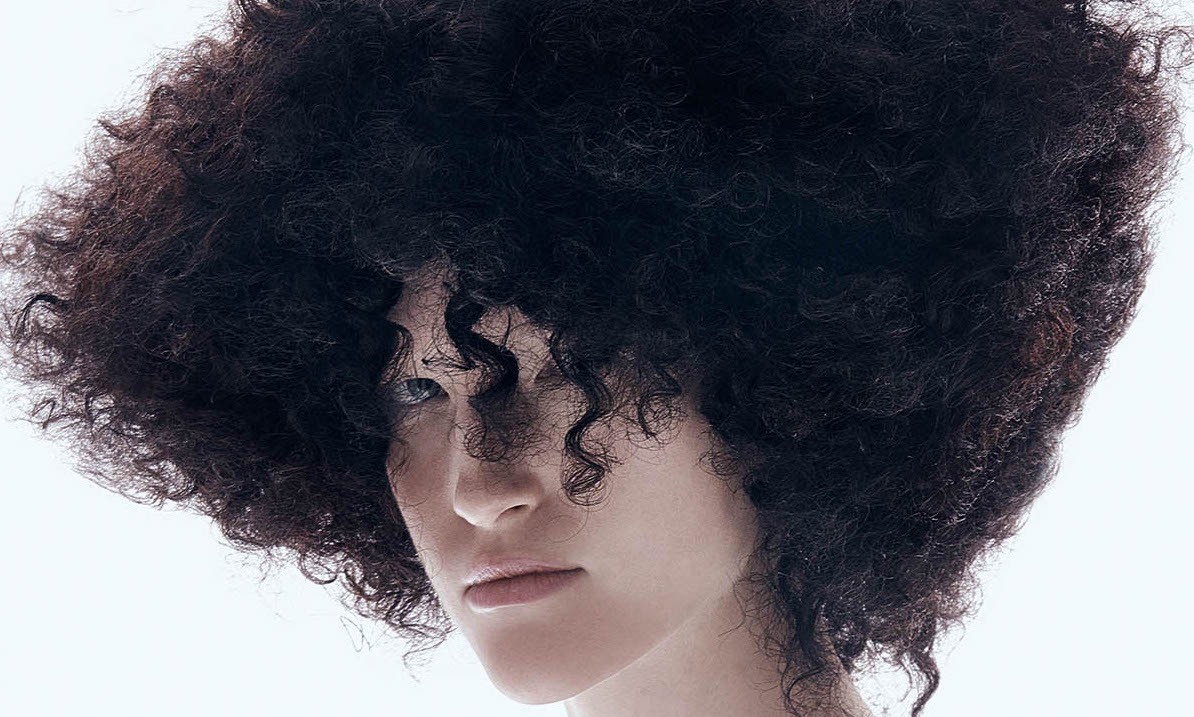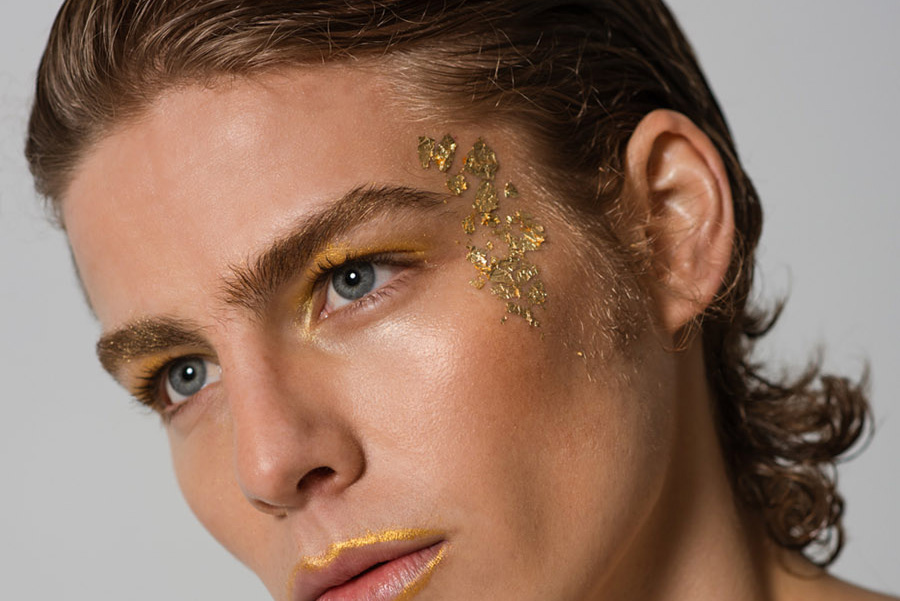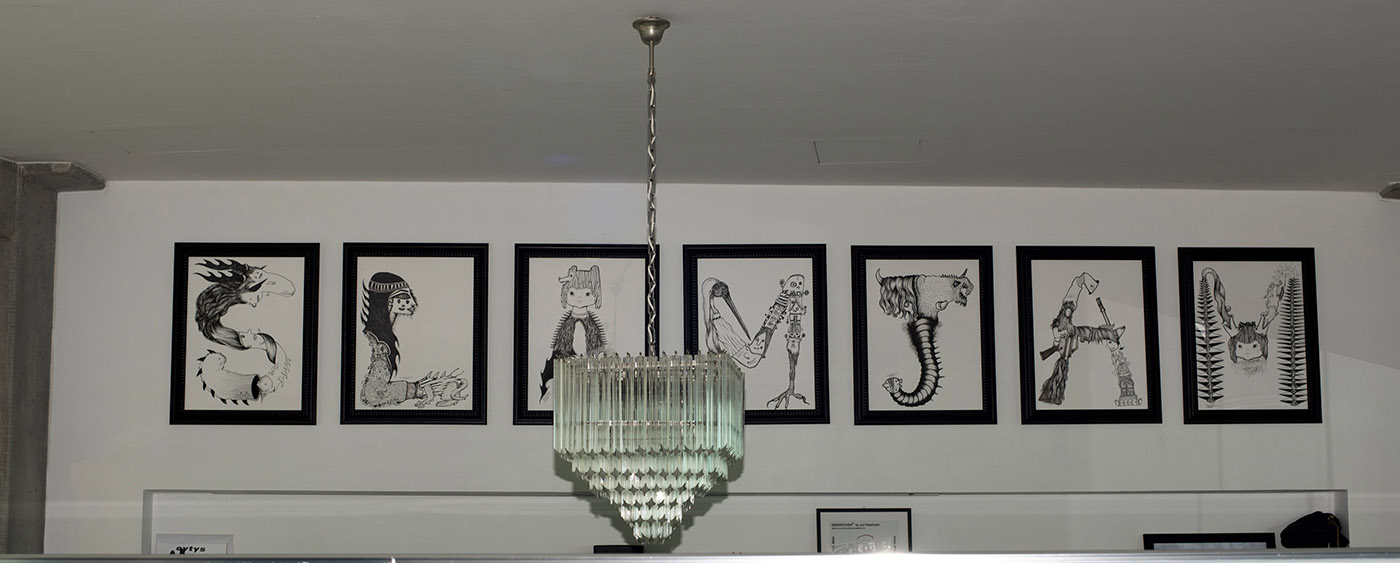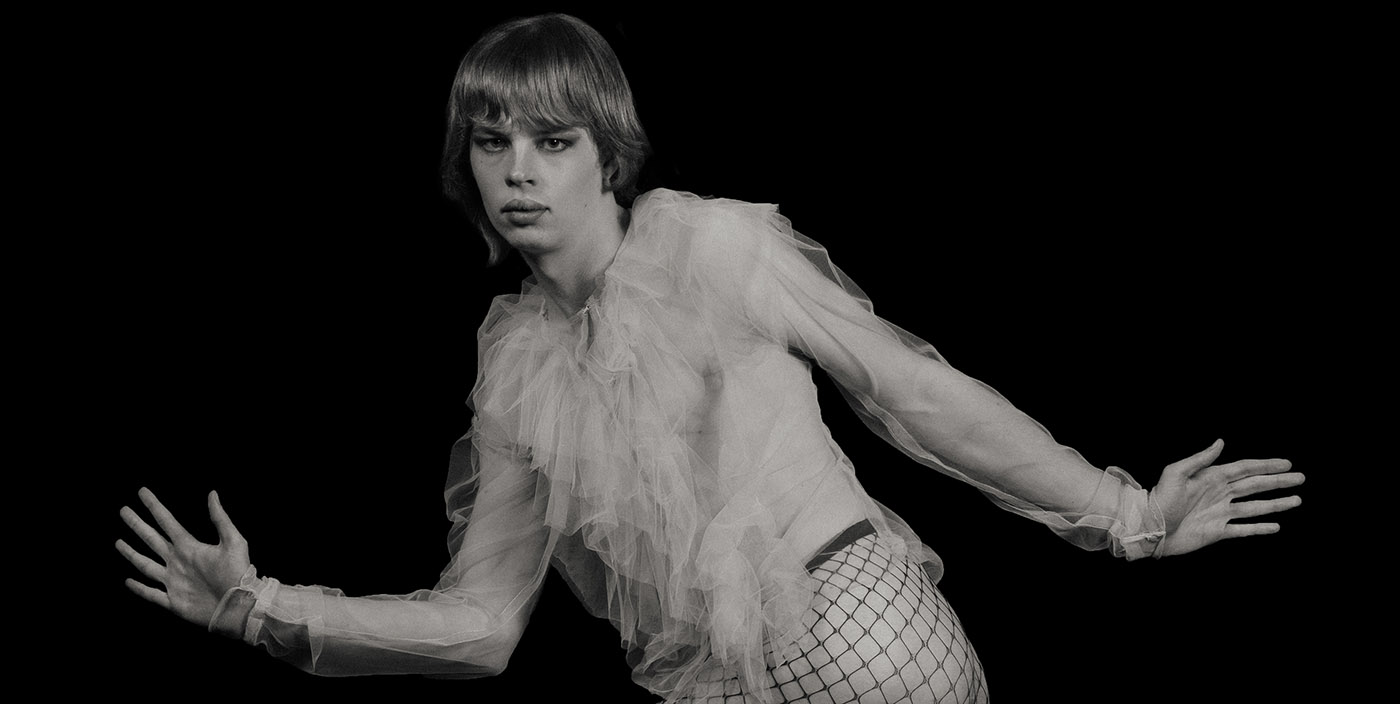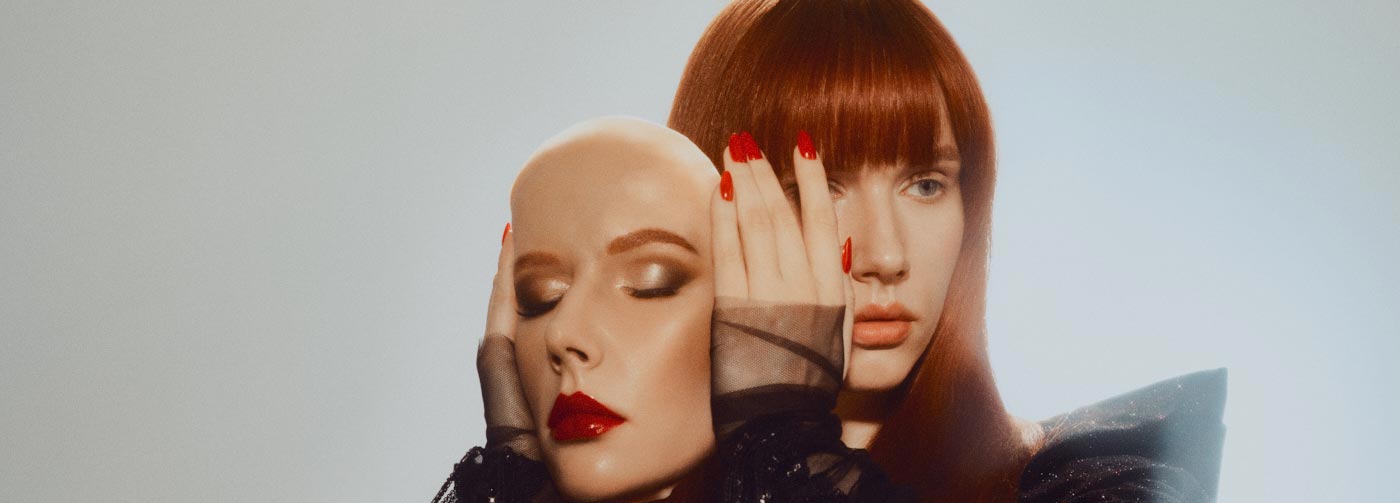Fred
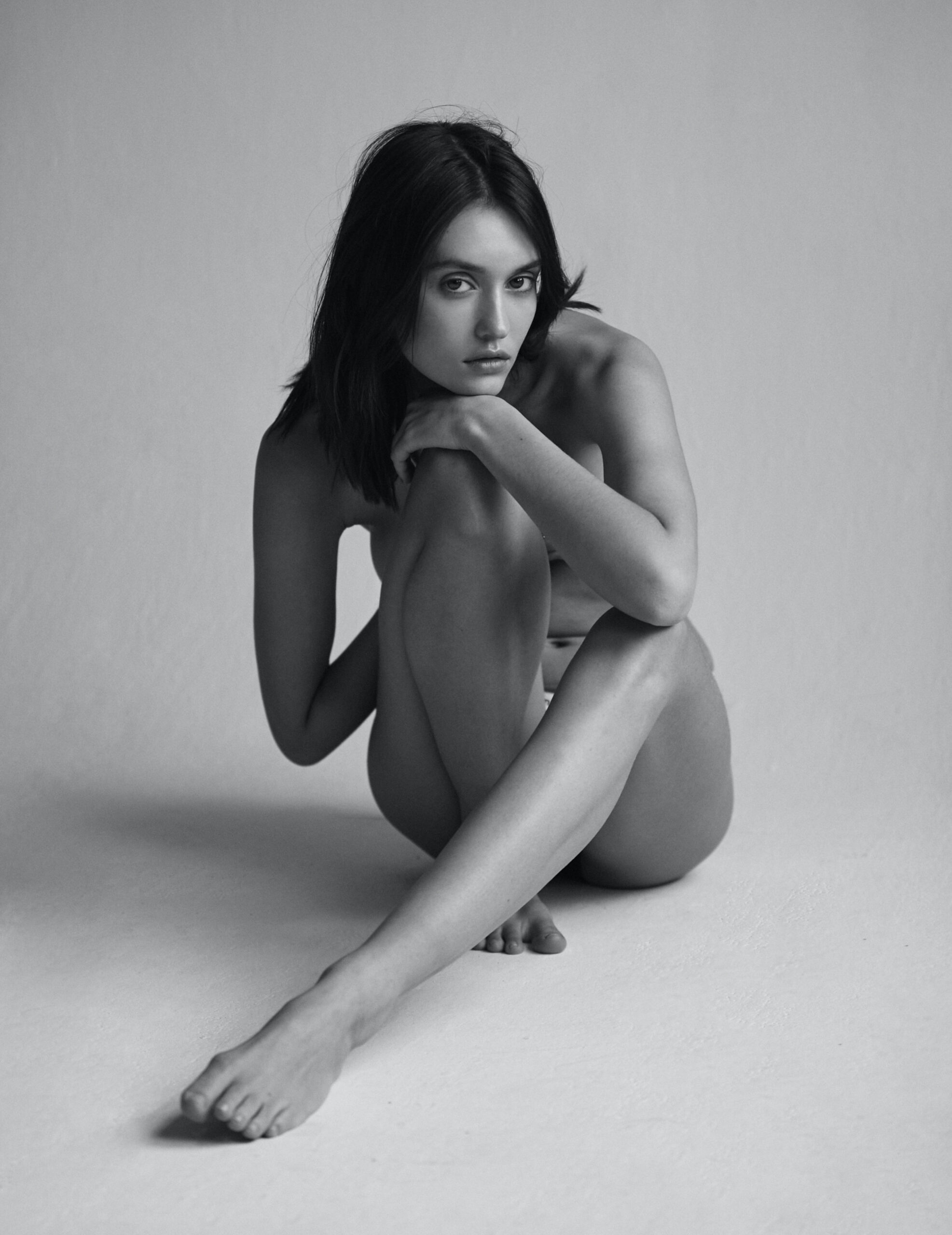
Fred
Photography by Fernando Sippel
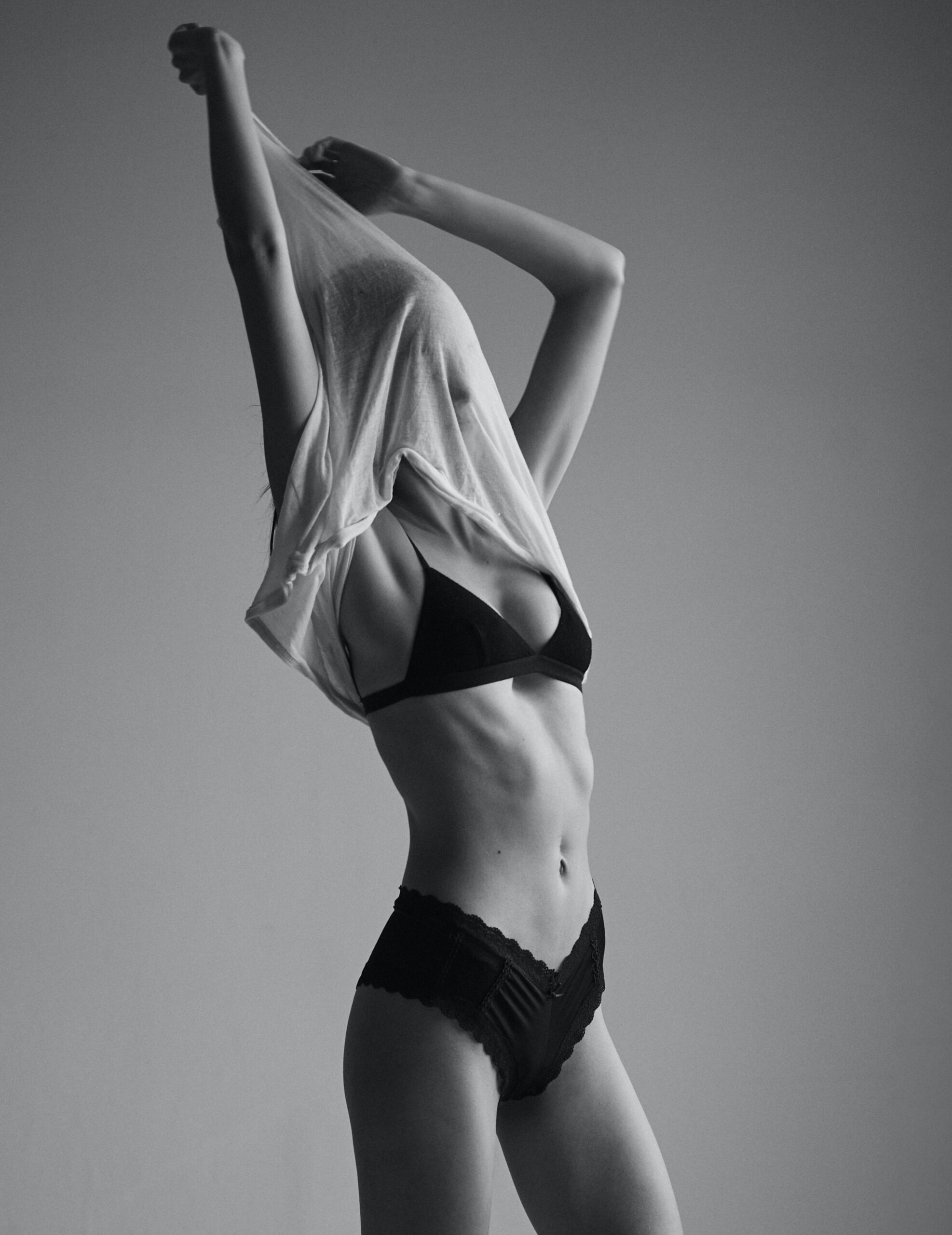
sheer shirt AMERICAN APPAREL
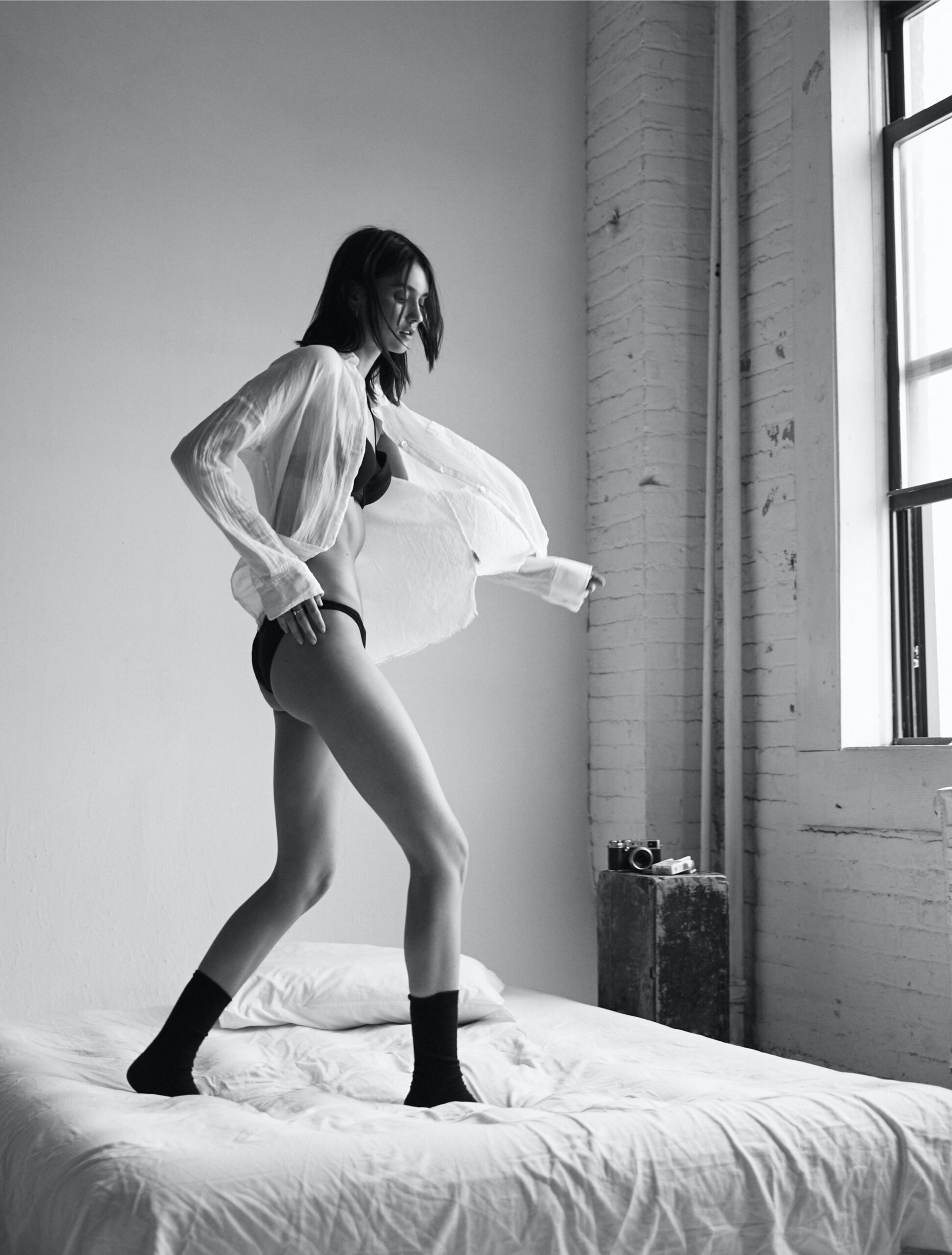
shirt VINTAGE
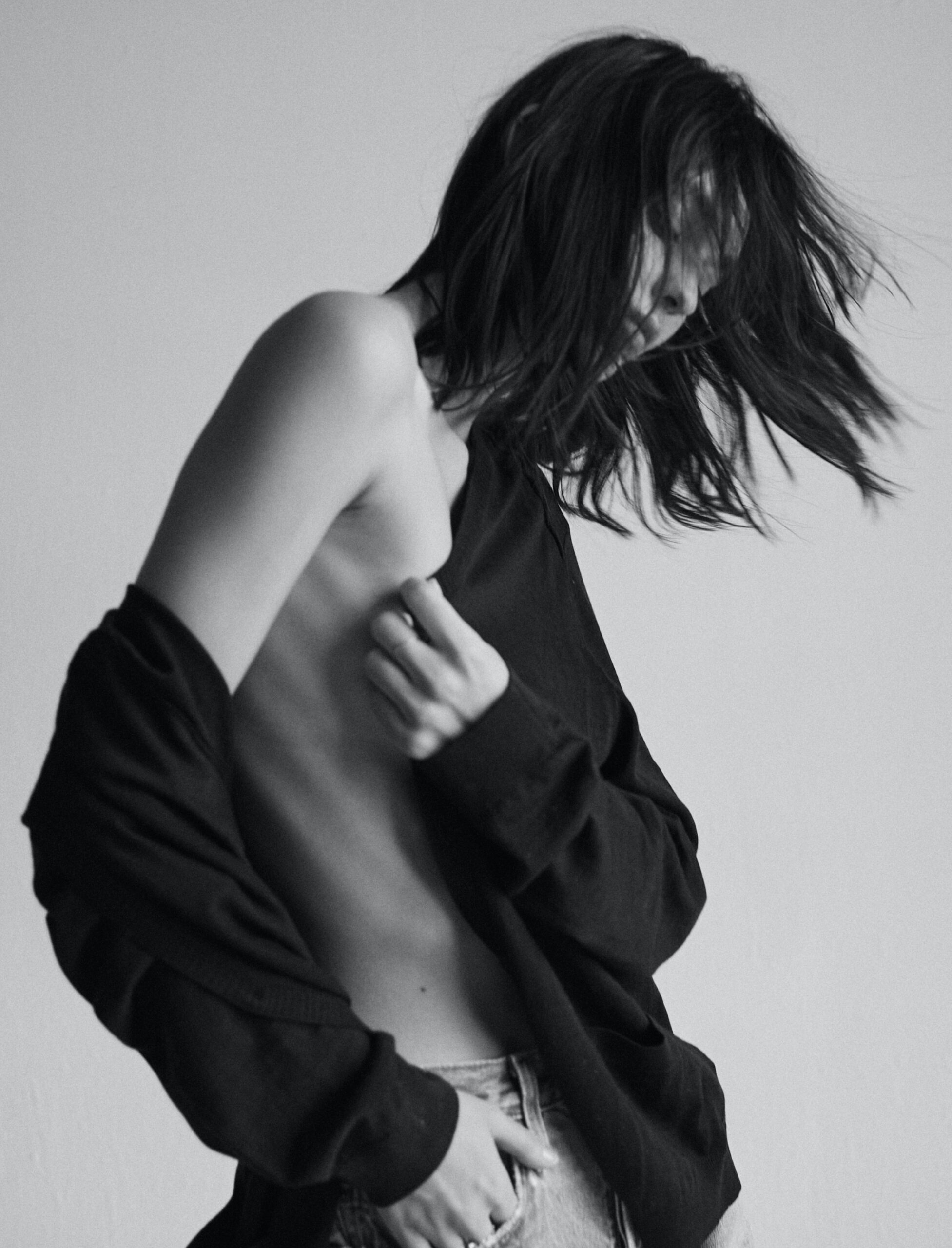
sweater LANVIN
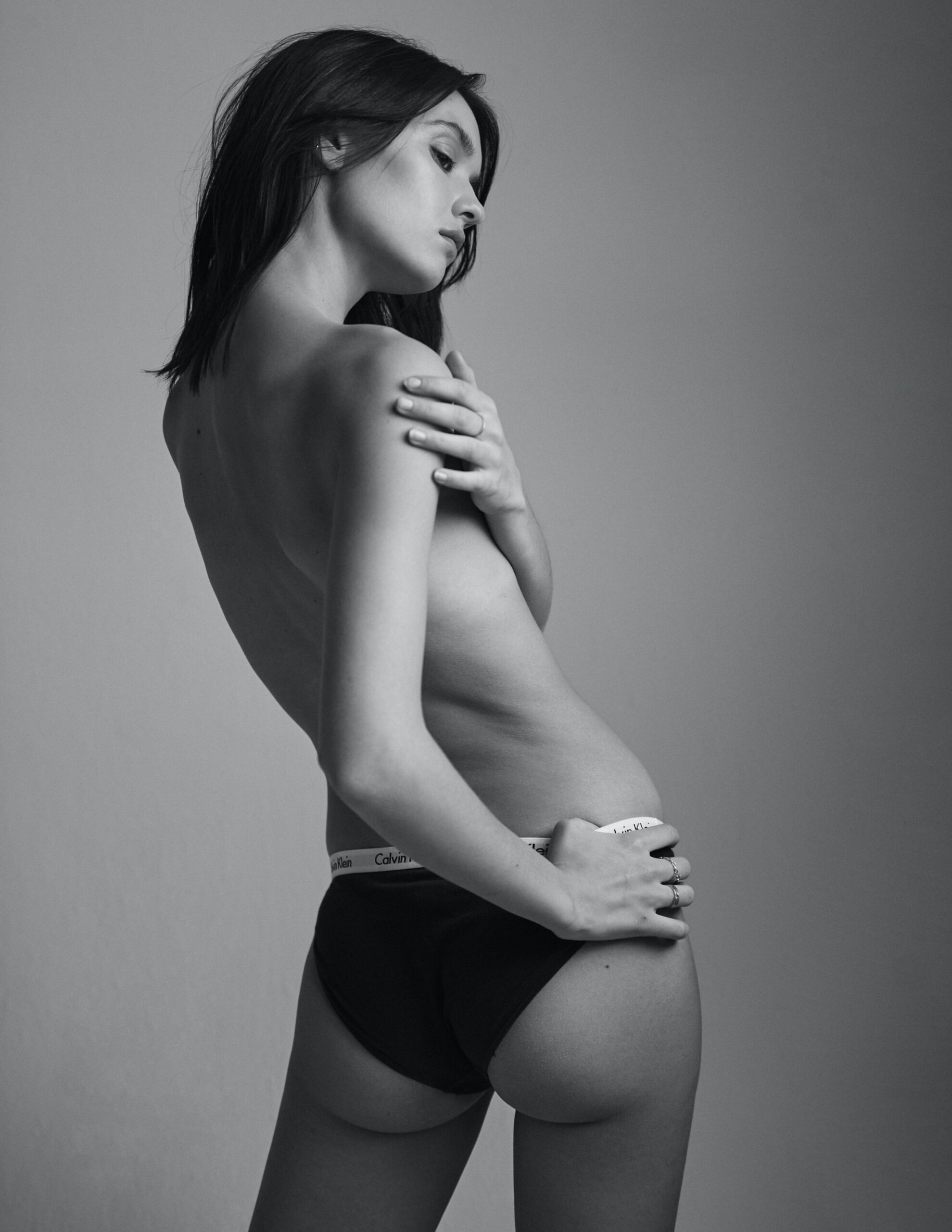
briefs CALVIN KLEIN
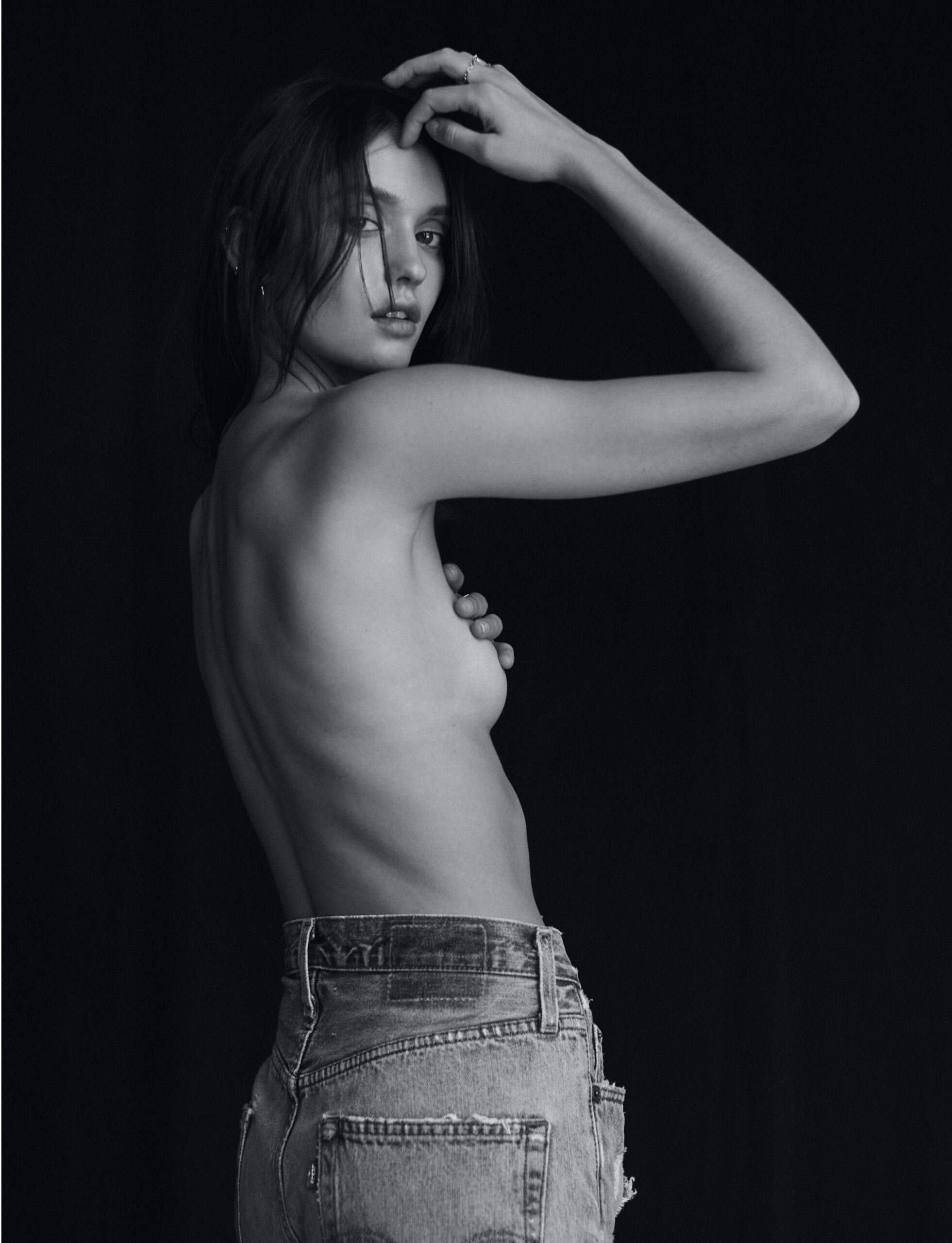
jeans VINTAGE LEVIS
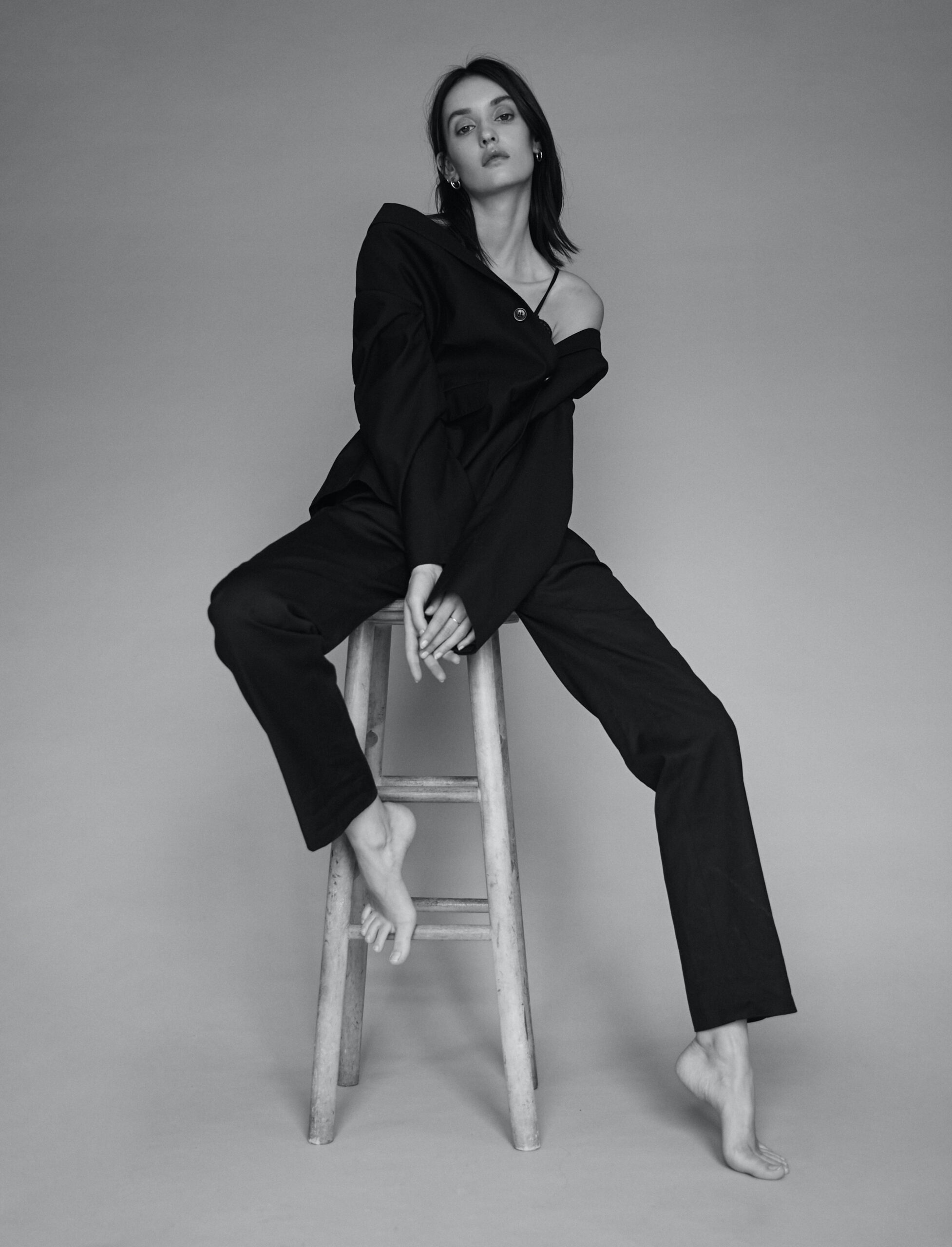
suit HUGO BOSS
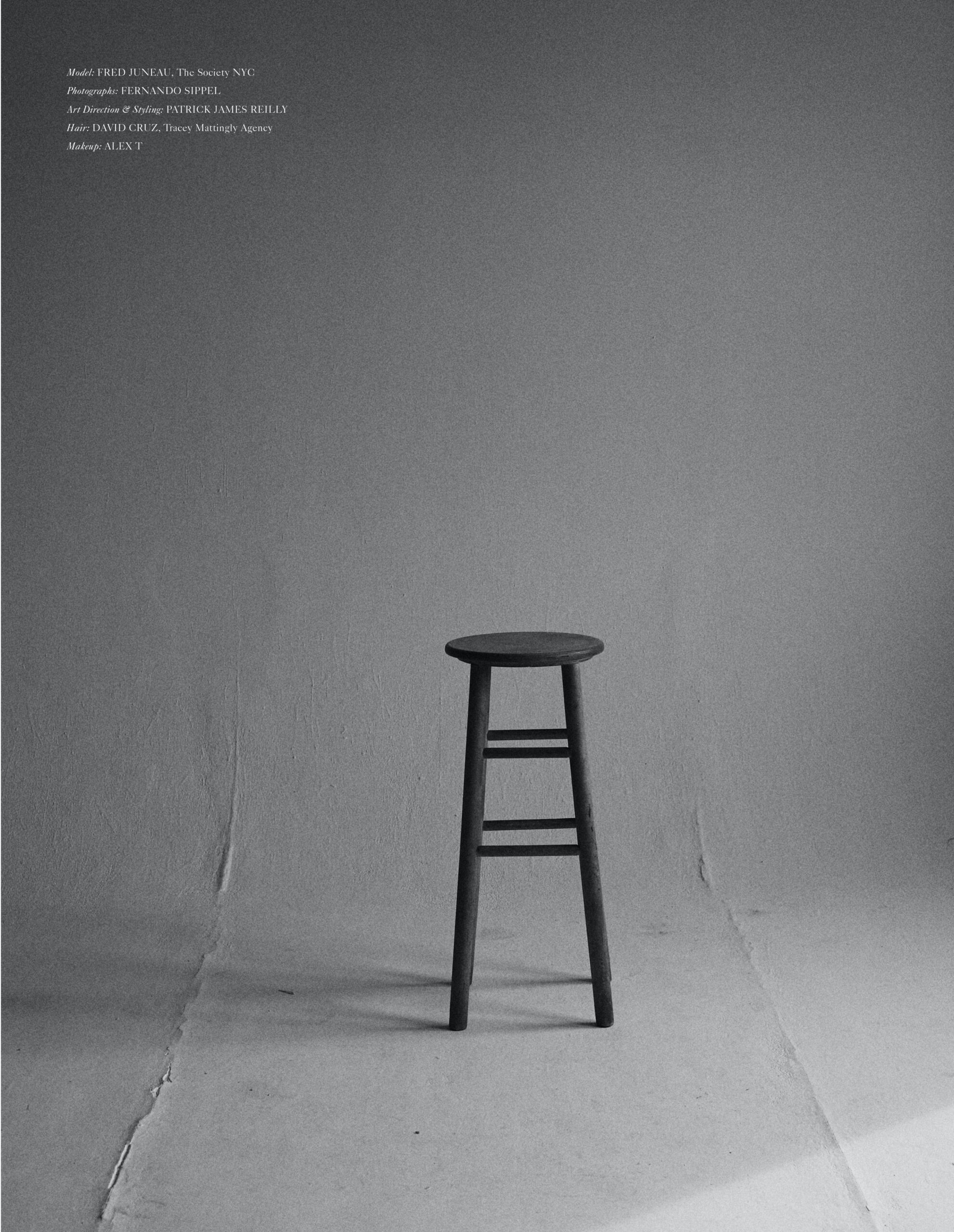
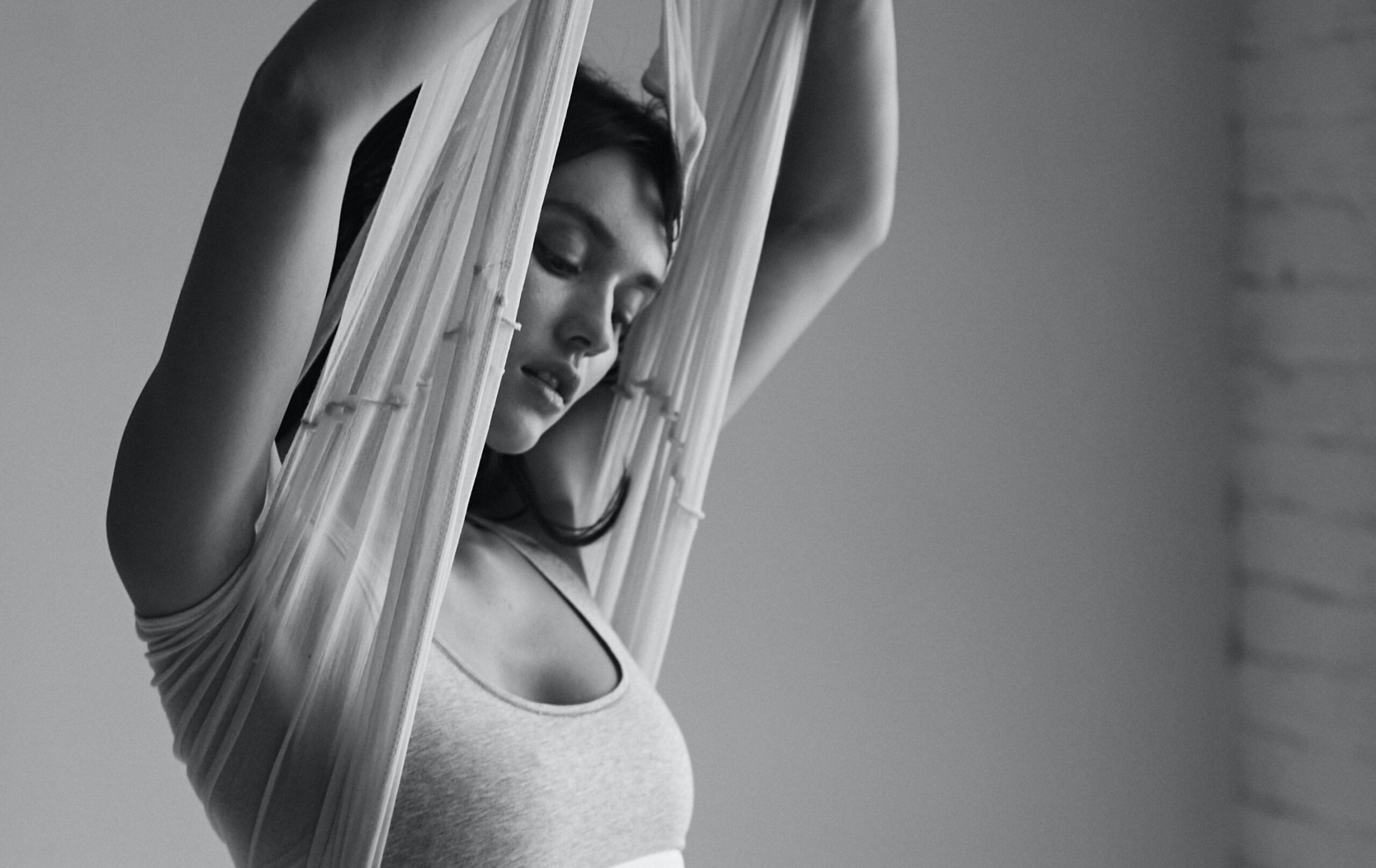
bra CALVIN KLEIN, sheer shirt AMERICAN APPAREL
Photography: Fernando Sippel (@fernandosippel)
Art Direction & Styling: Patrick James Reilly (@patrickjamesreilly)
Hair: David Cruz (@thedavidcruz)
Makeup: Alex T (@alextbeauty)
Photo Assistant: Hugo de Melo (@themellowstree)
Model: Fred Juneau (@fred.juneau)
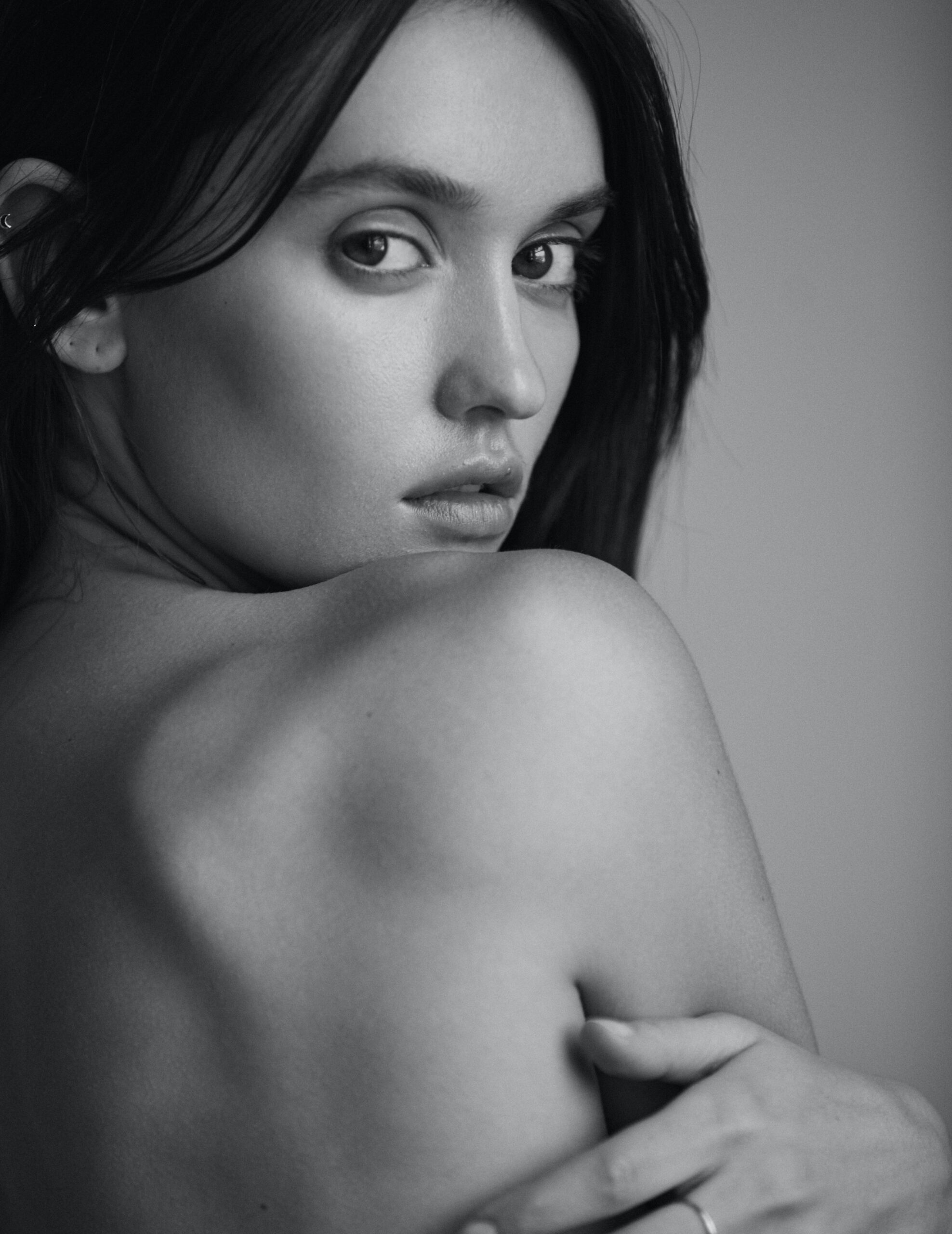
Shape Shifters
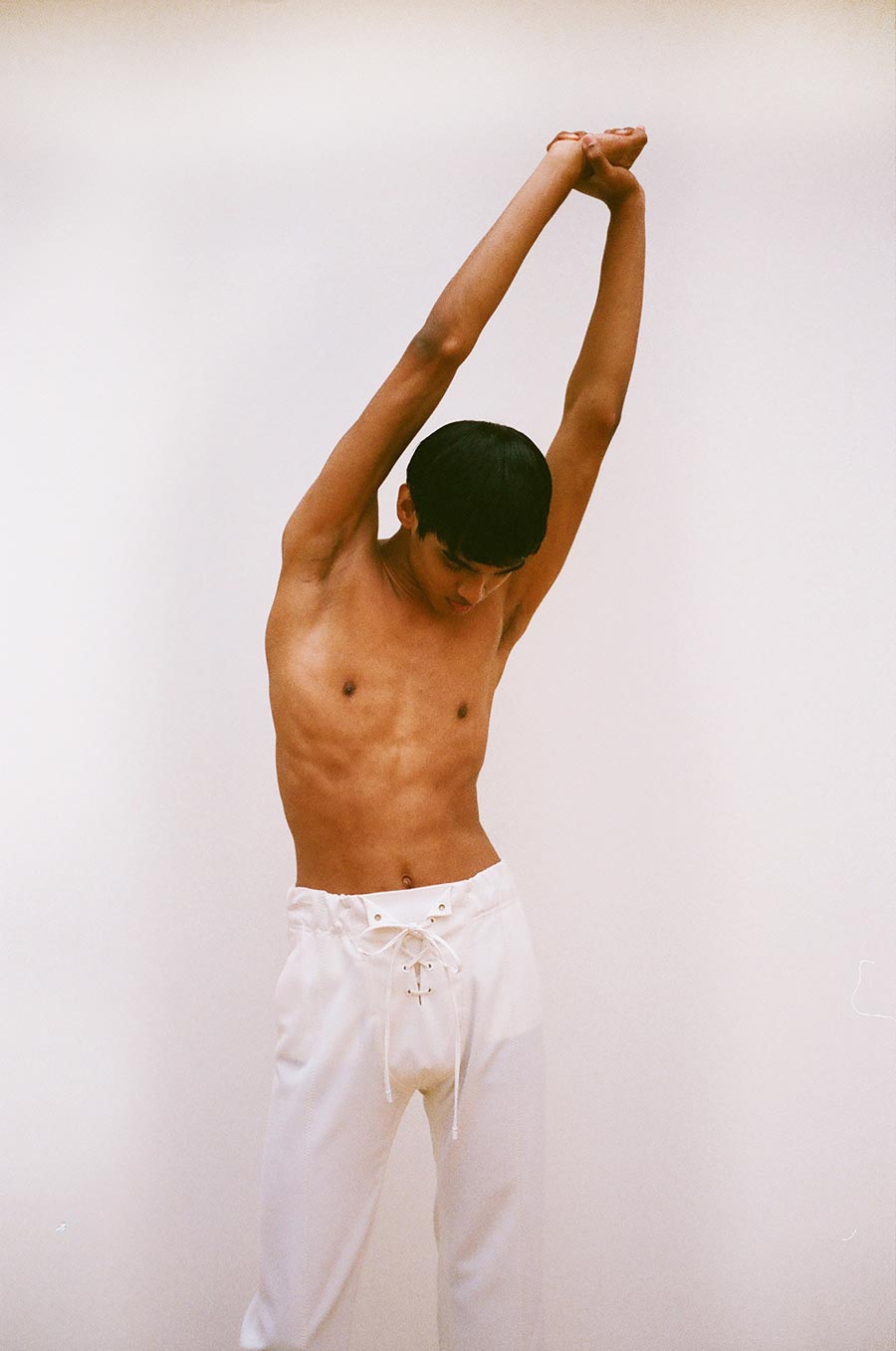
trousers LOUIS VUITTON
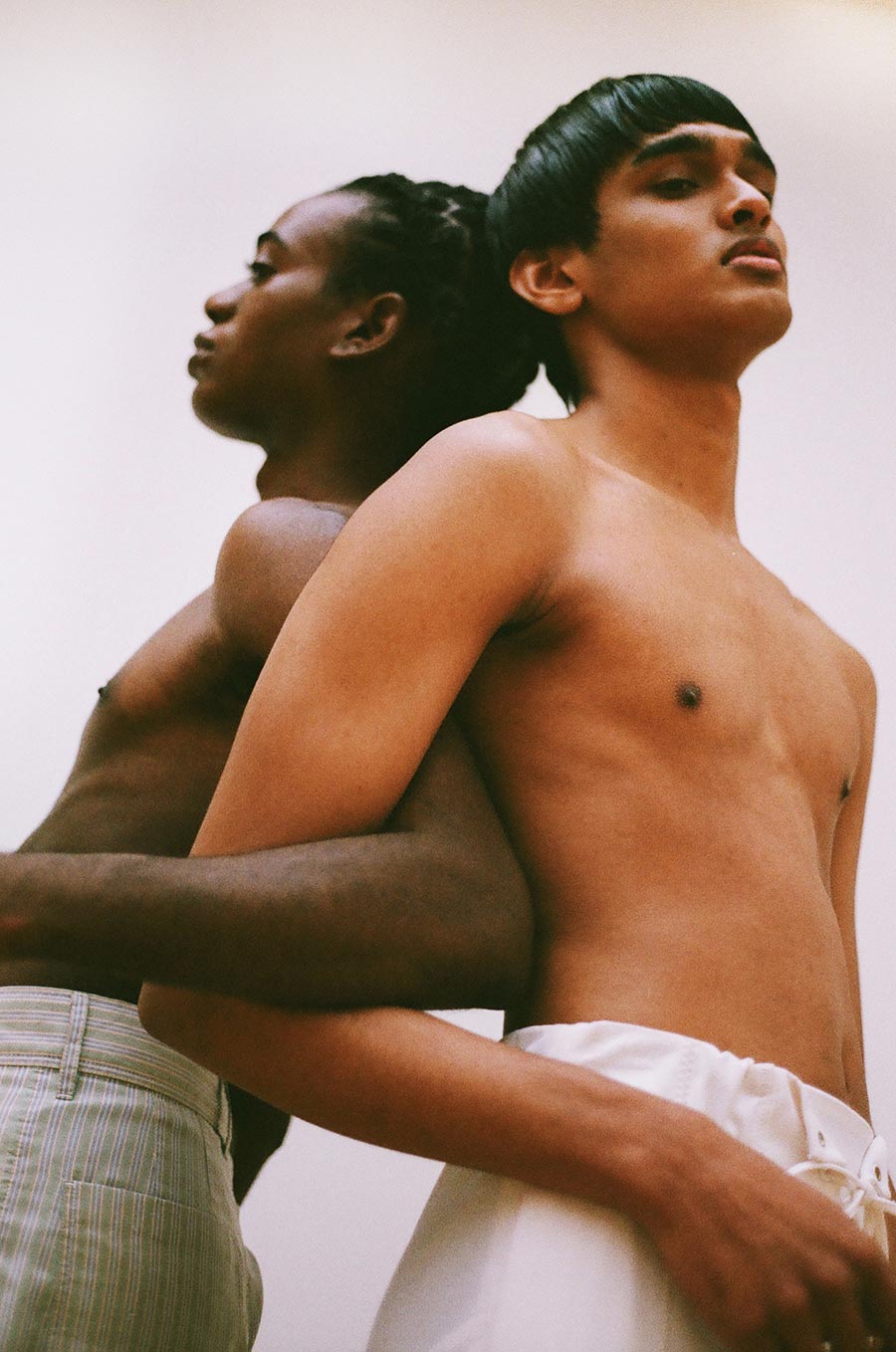


total look LOEWE
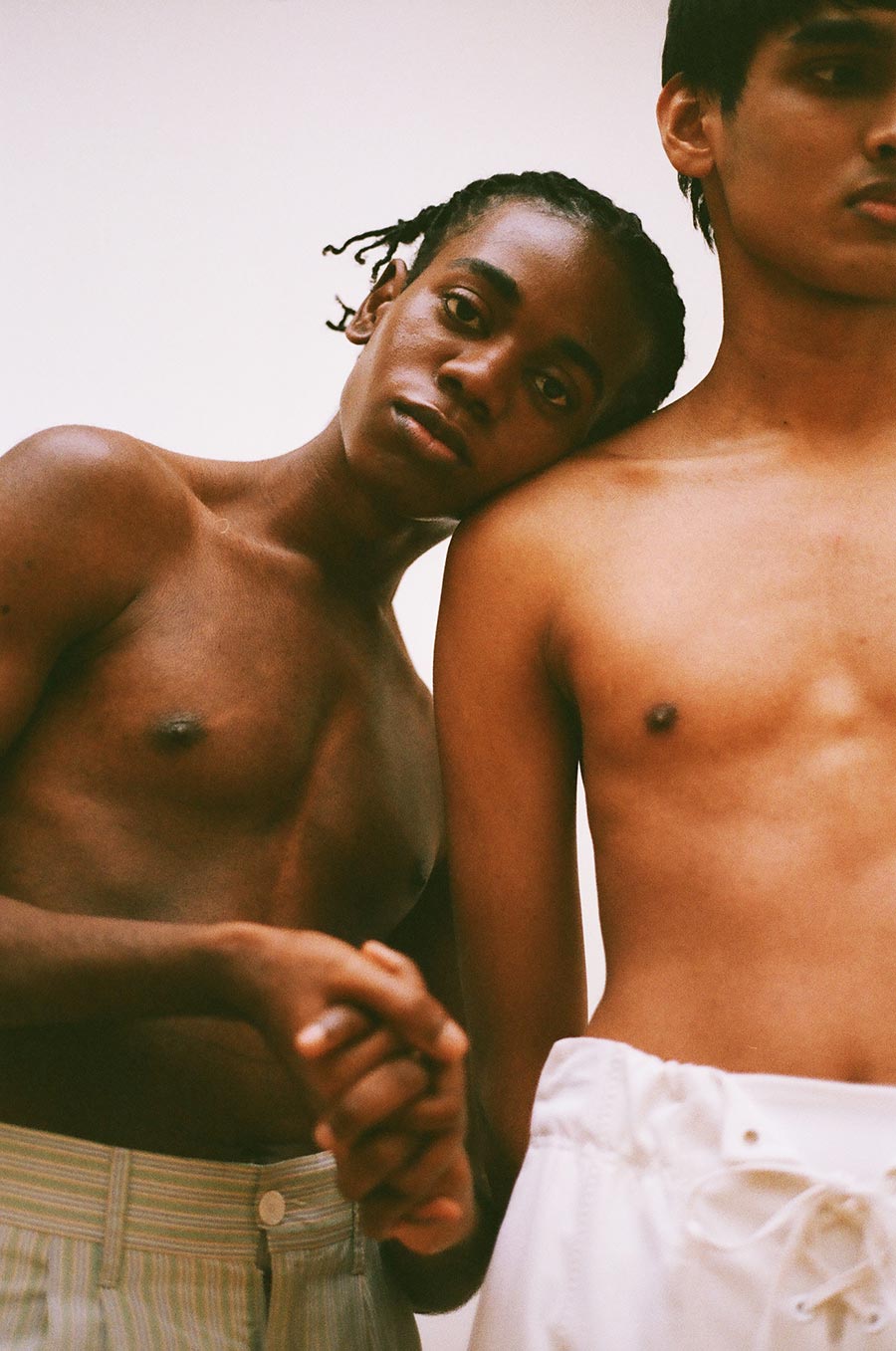
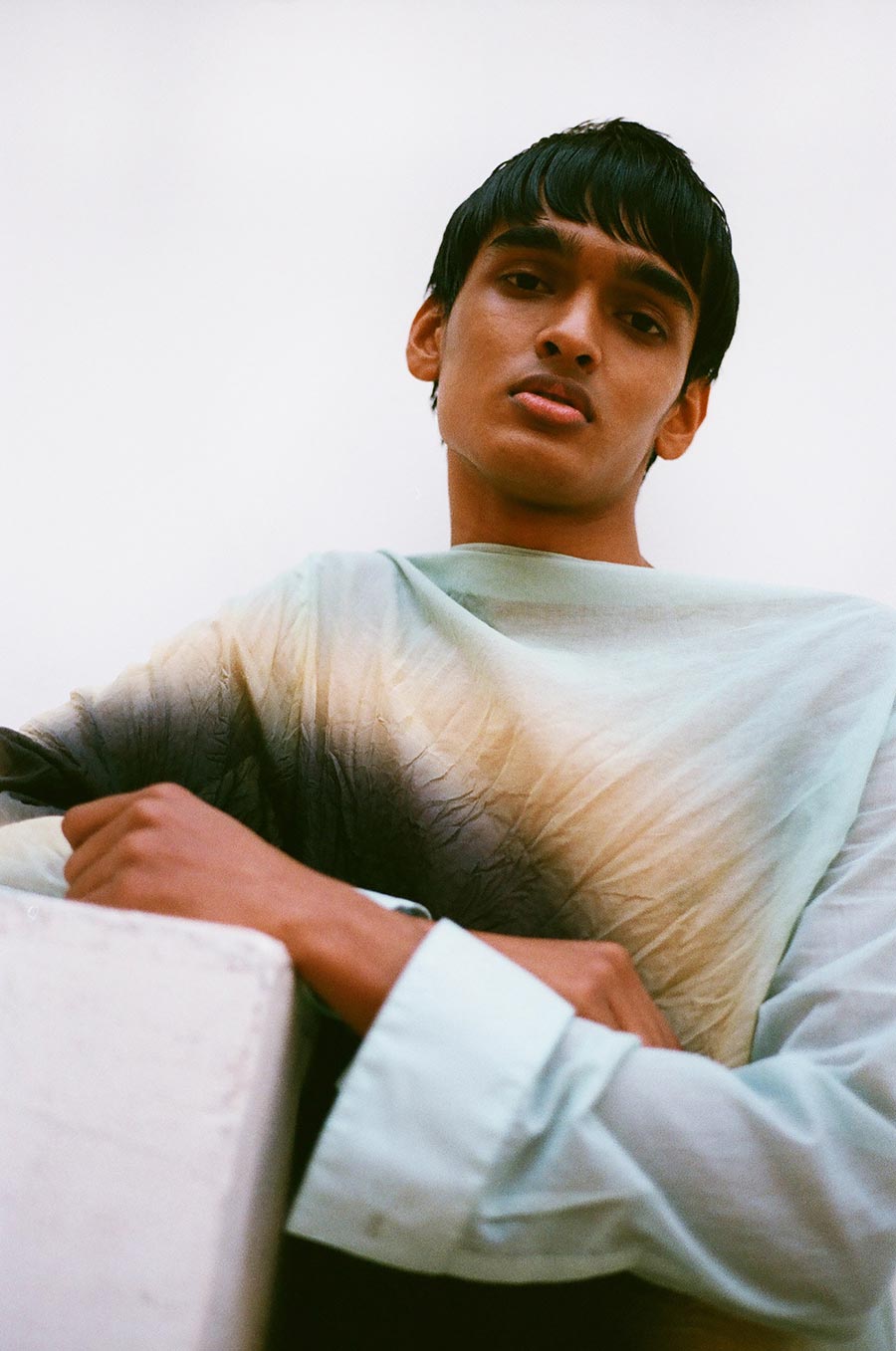
tunic shirt LOEWE
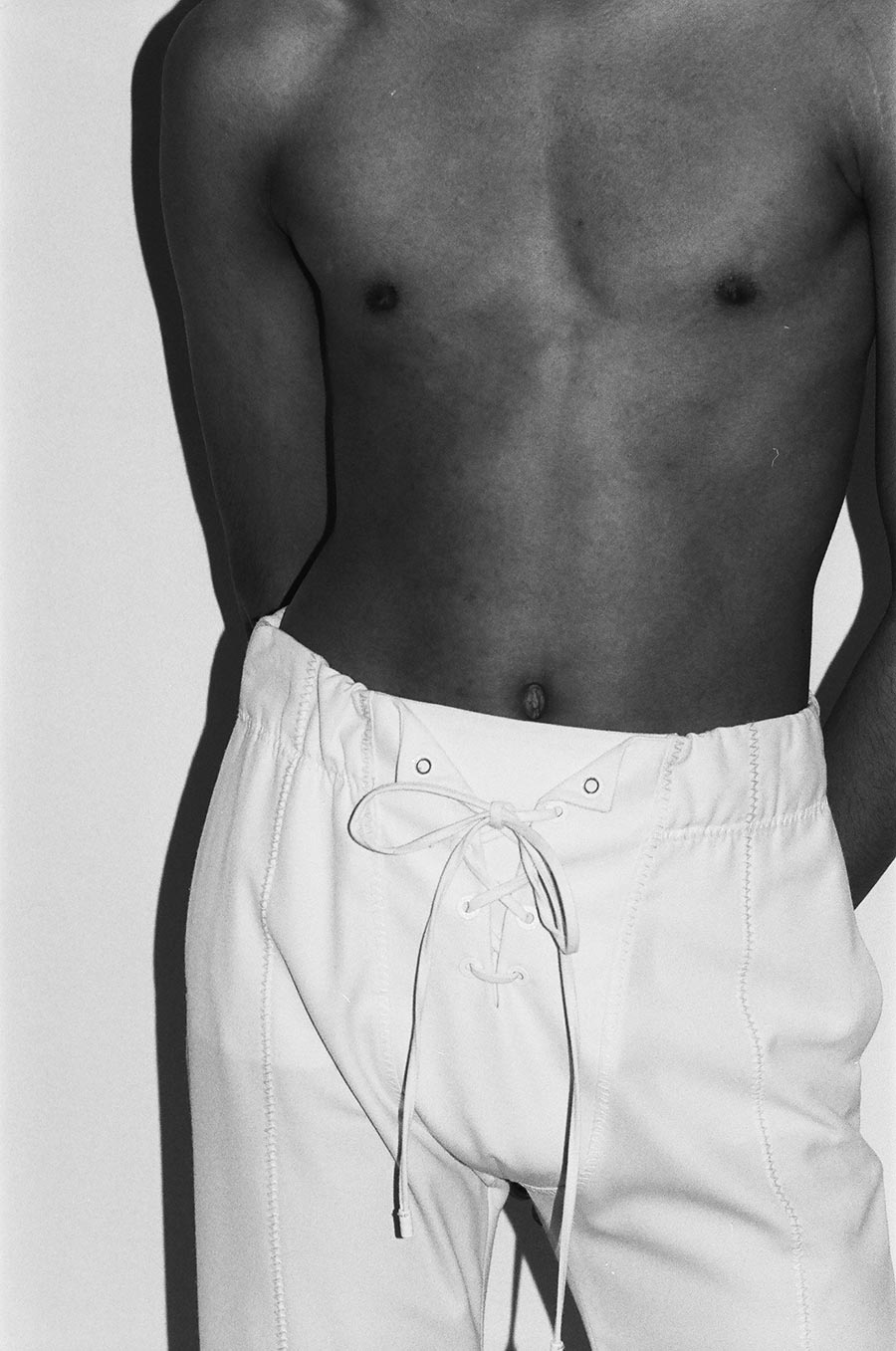
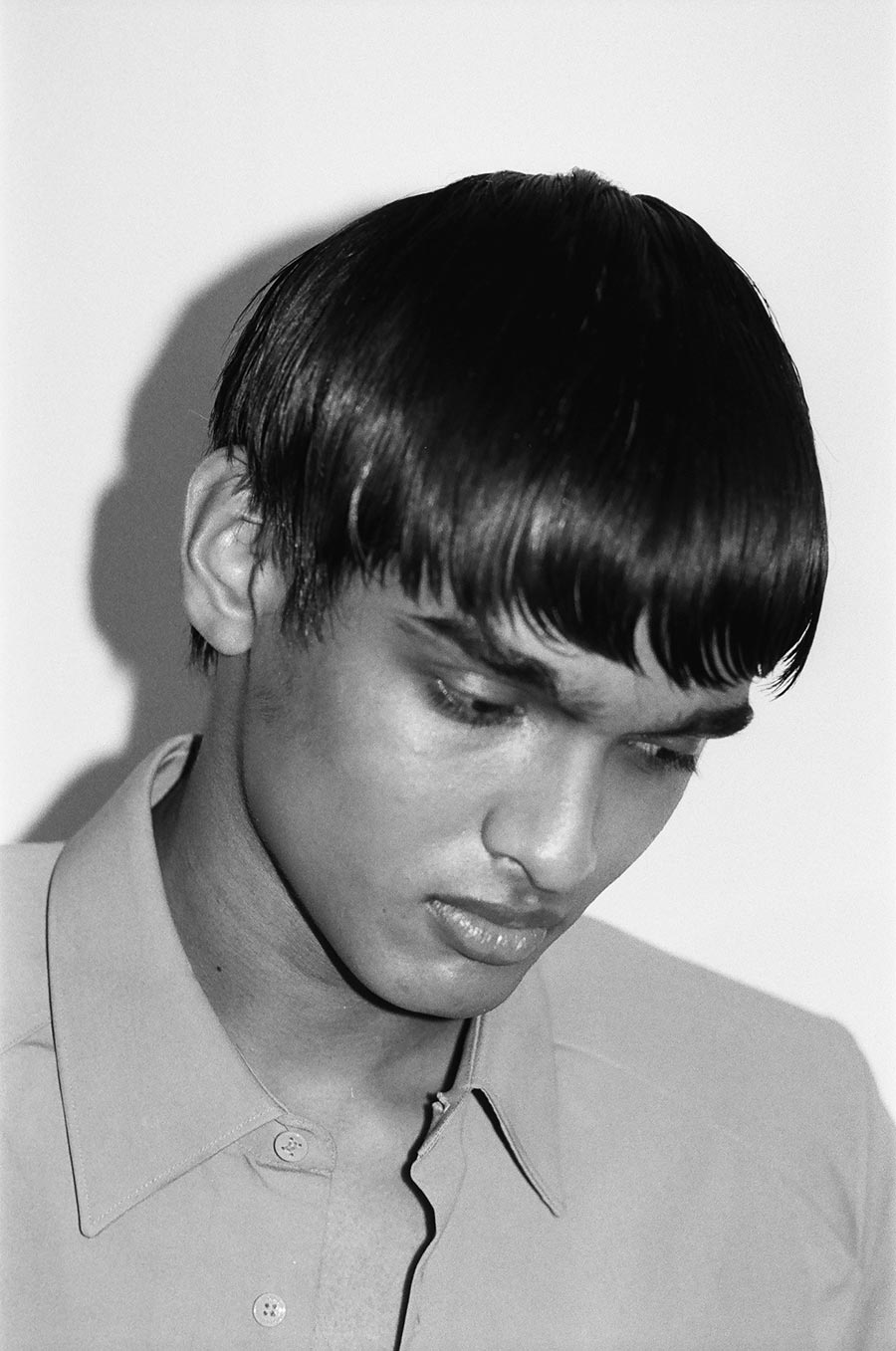
shirt LOUIS VUITTON
Photography: Patricia Ruiz del Portal (@patricia.ruizdelportal) www.patriciaportal.co.uk
Styling: Adam Pruchniewicz (@adampruchniewicz)
Make-Up: Michelle Dacillo (@michelle_dacillo) using MAC Cosmetics
Hair: Shunsuke Meguro (@shun.hairhead)
Models: Ralph, Neil
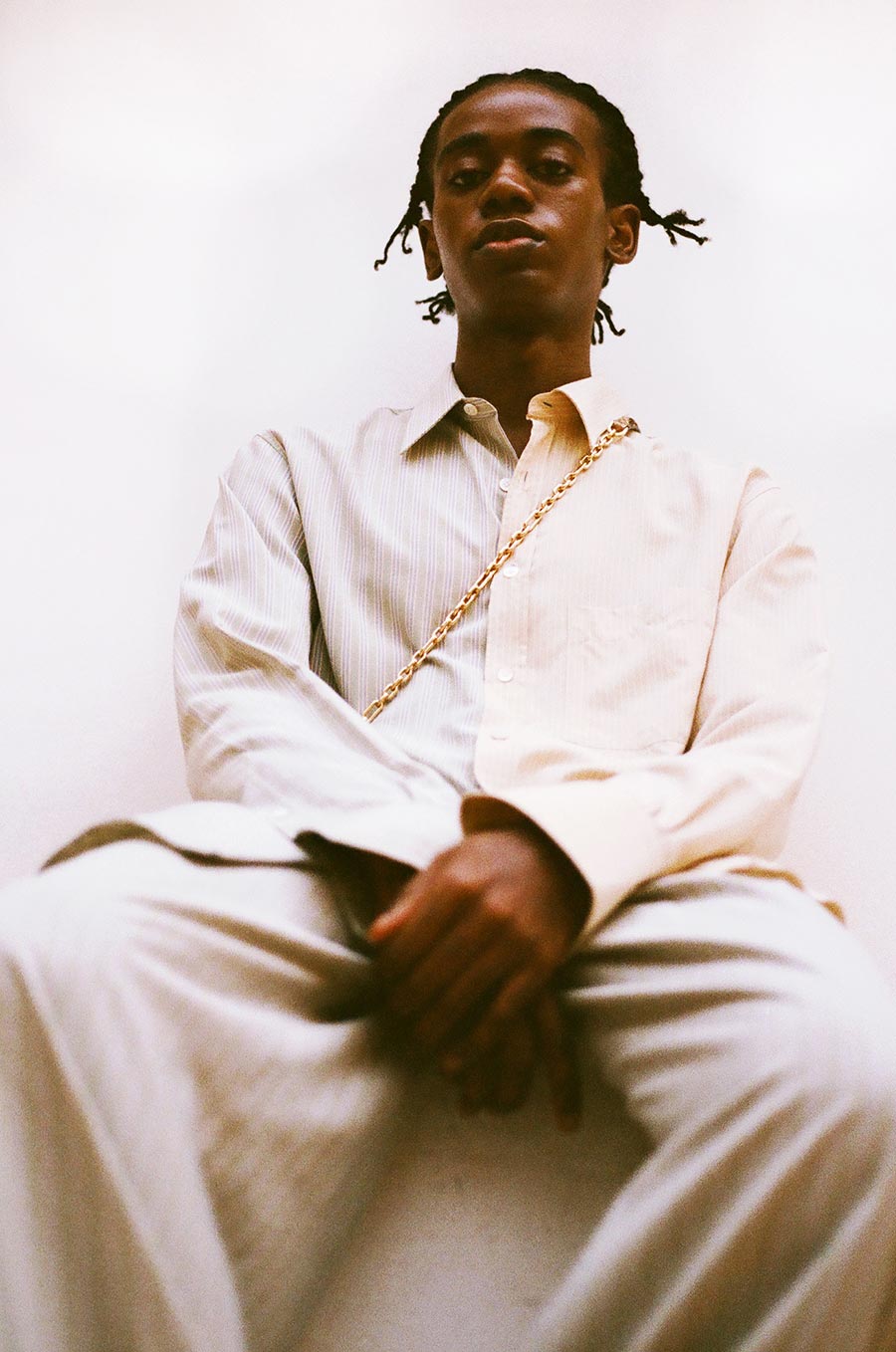
total look LANVIN
Xavi Serrano
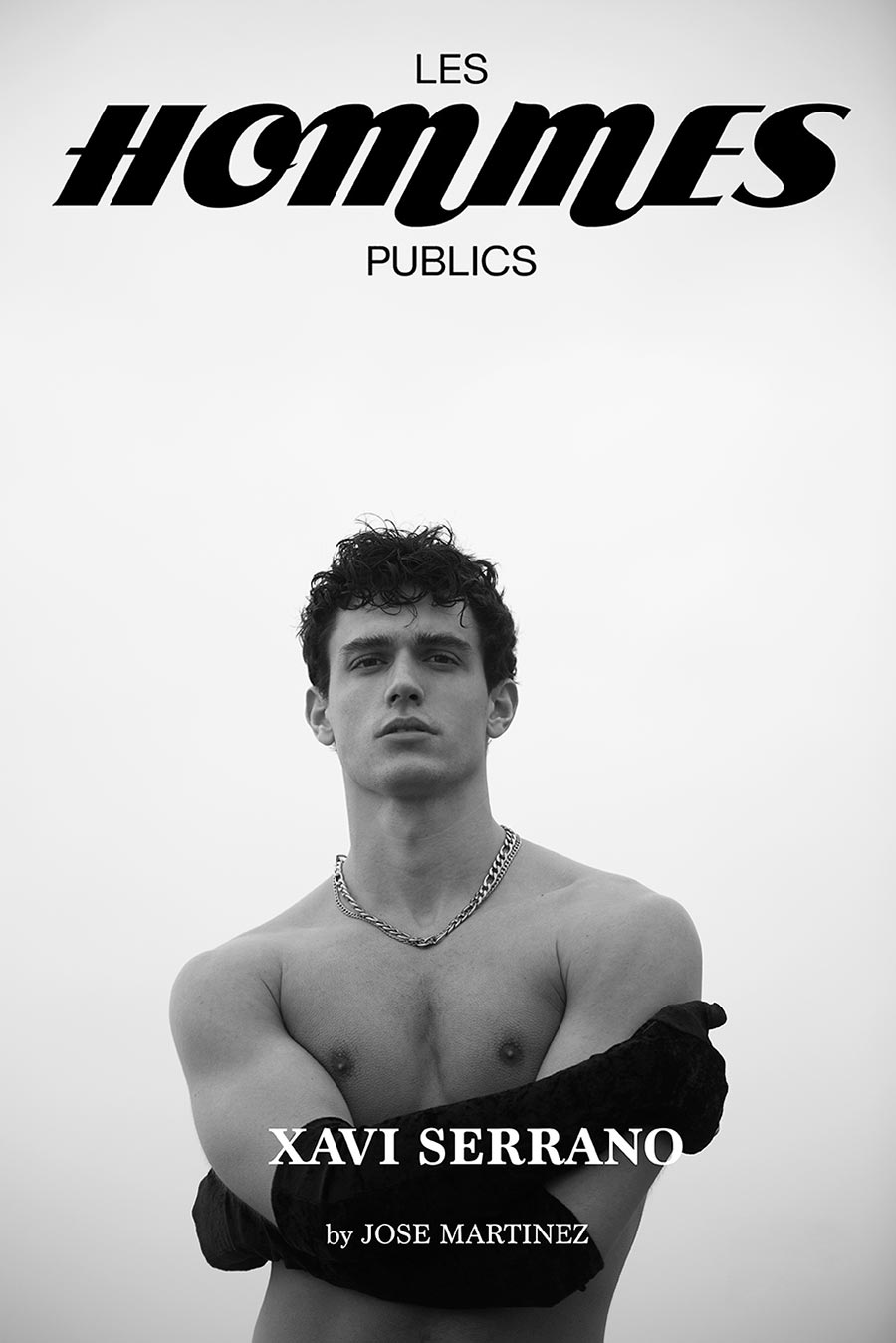

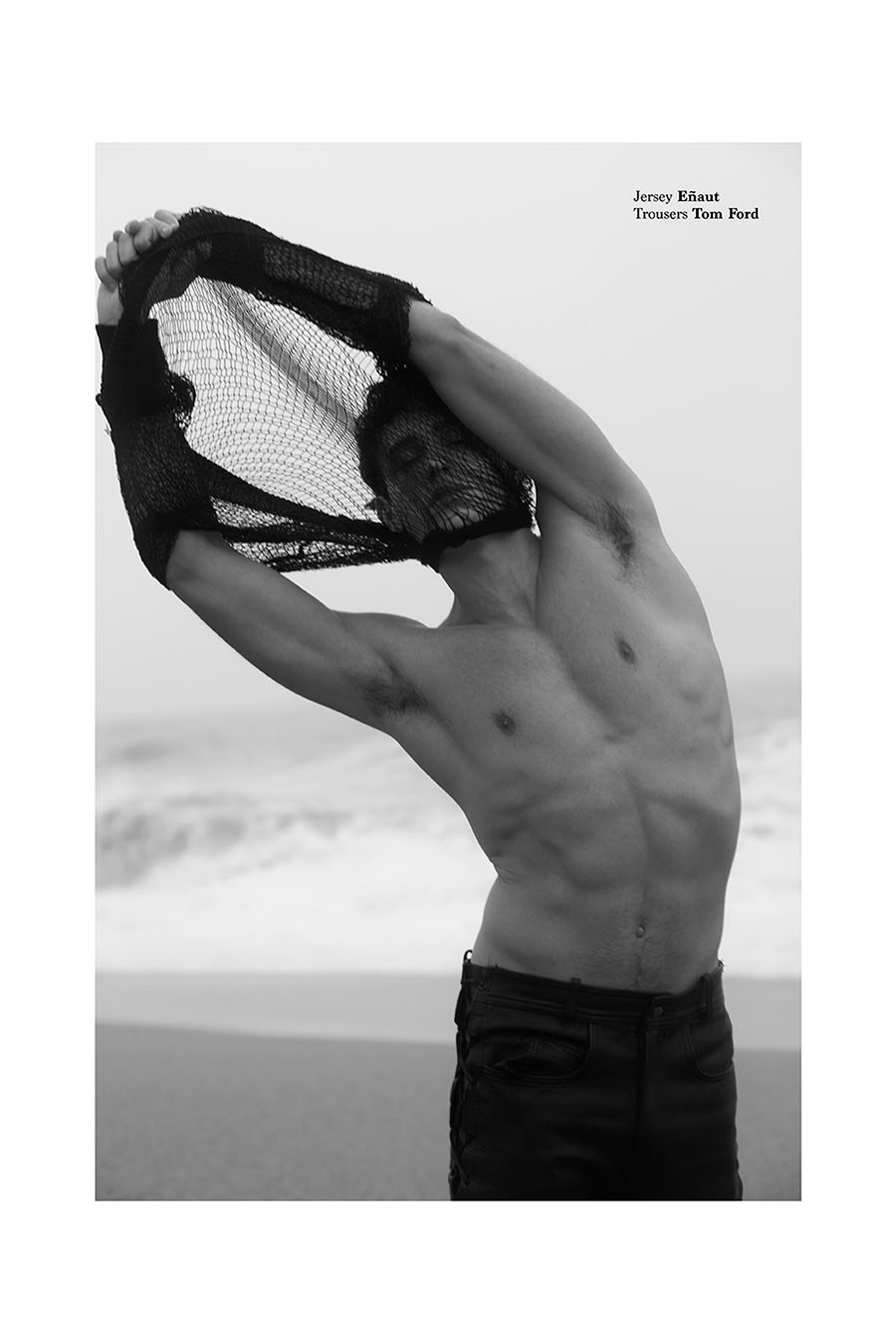
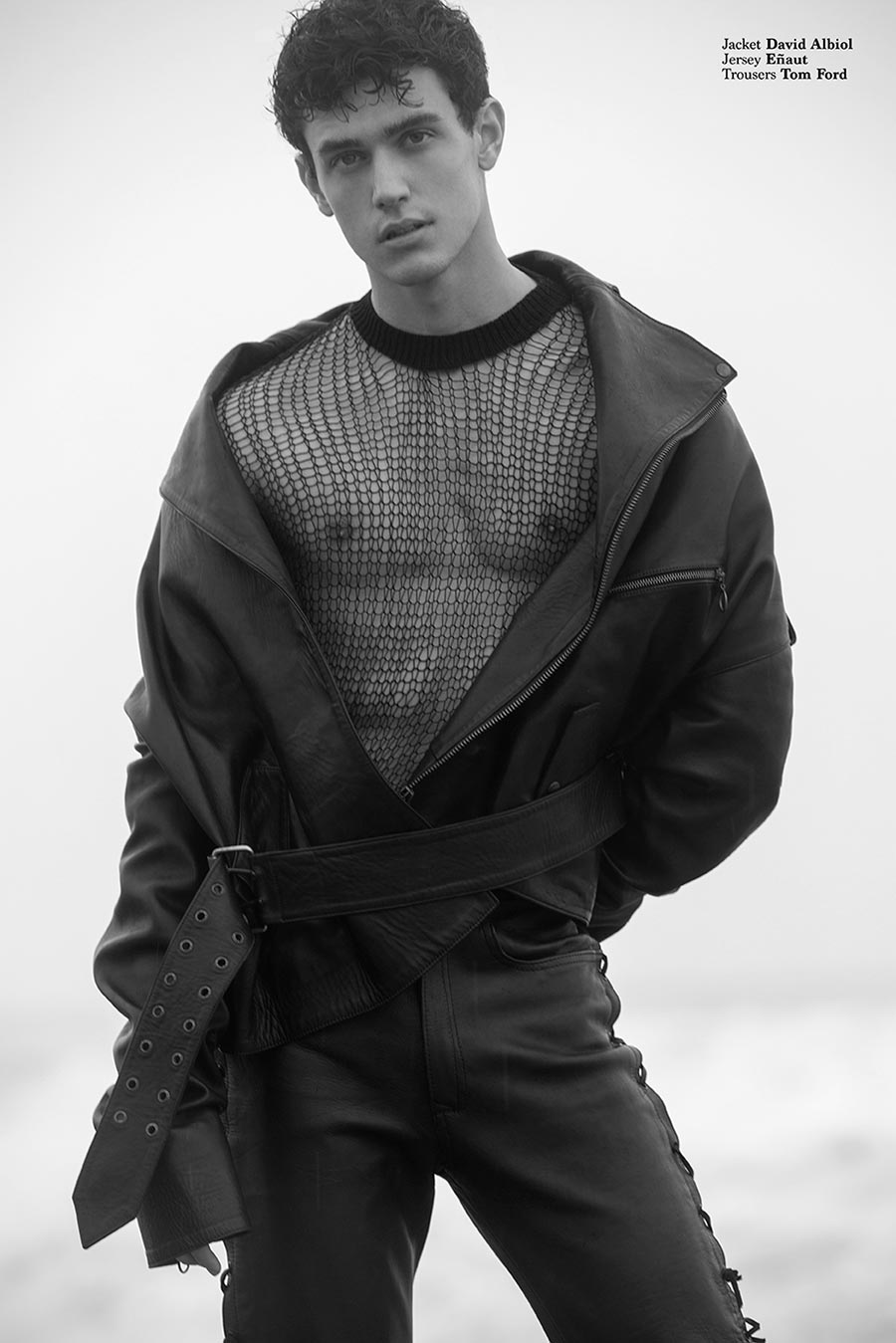
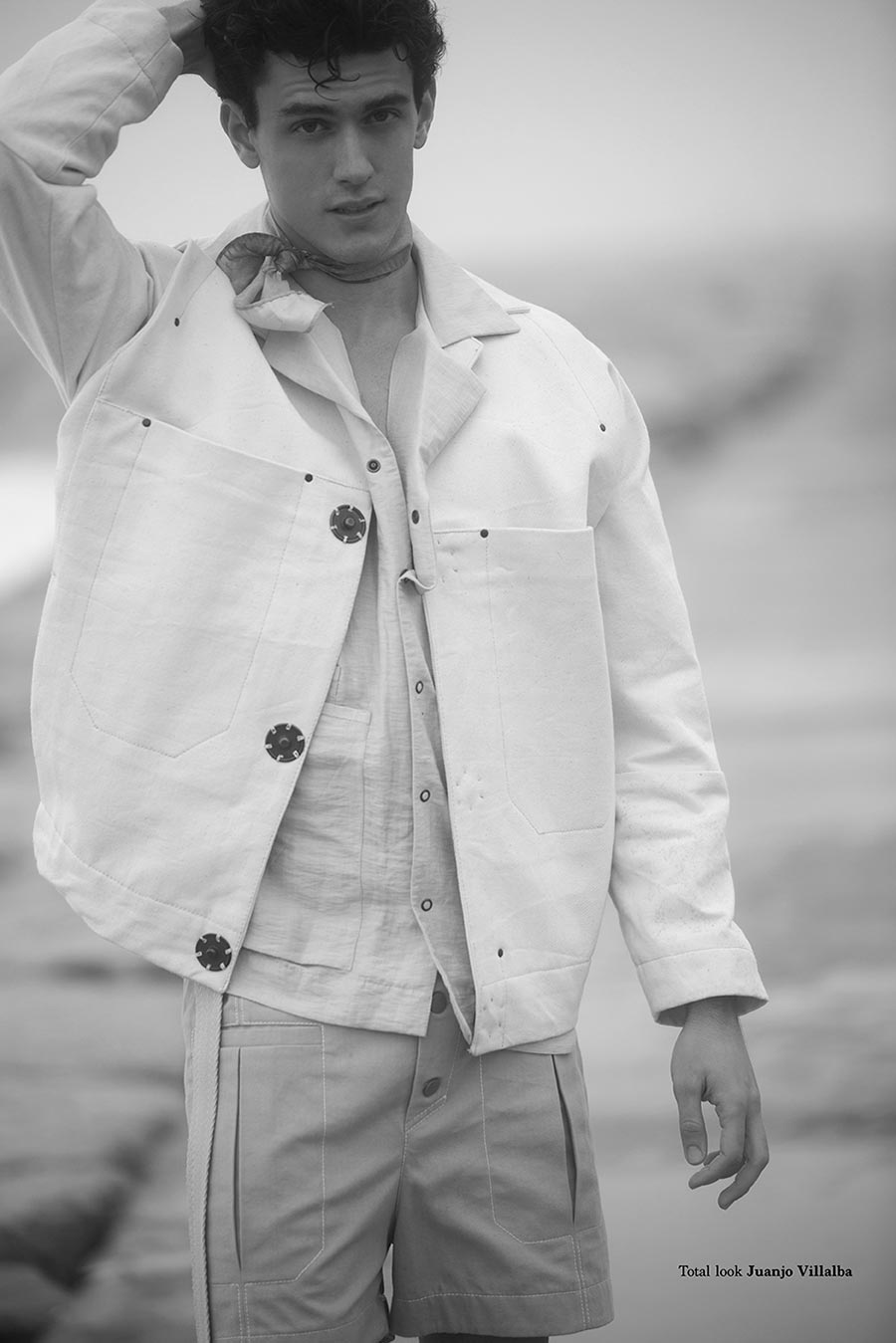
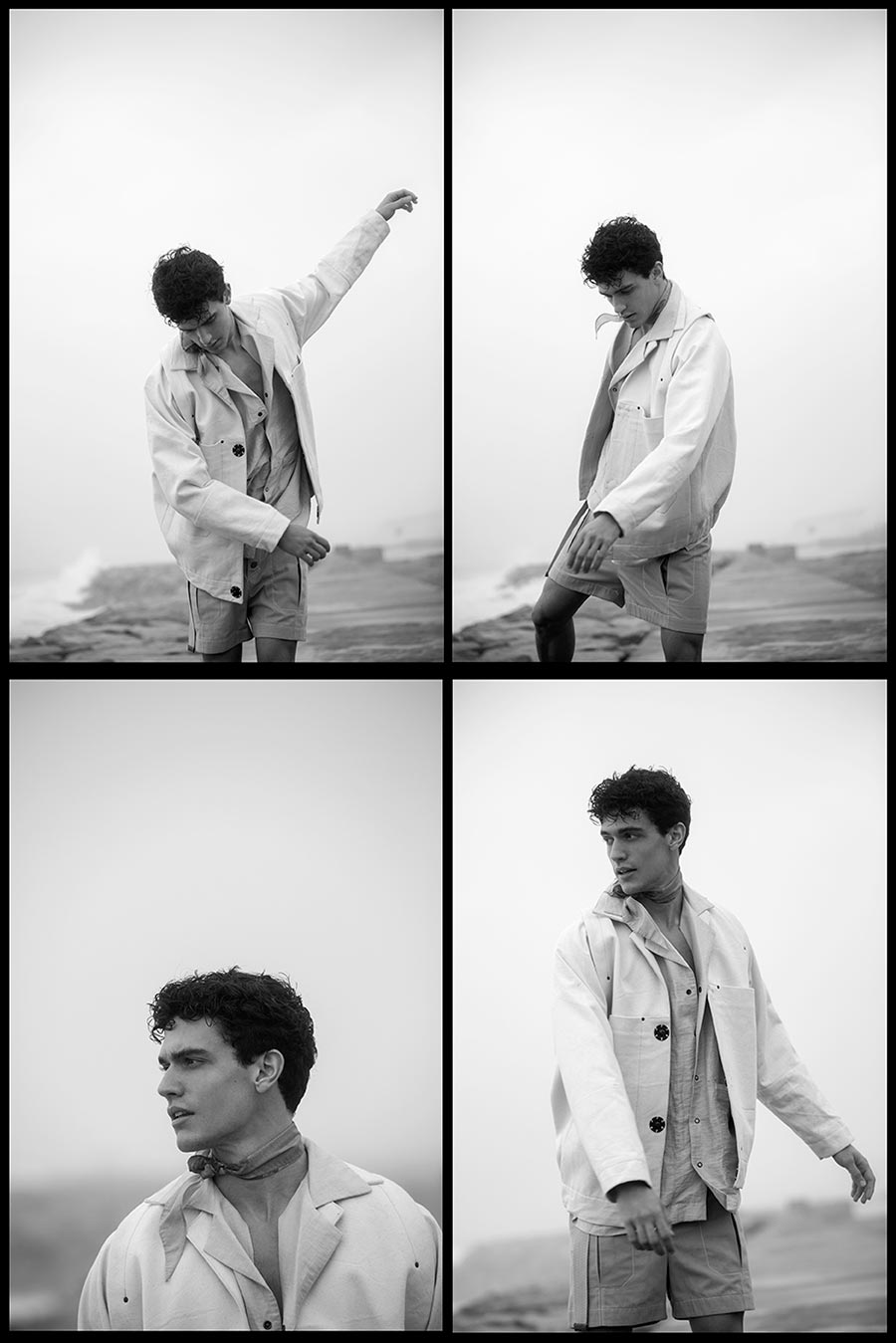
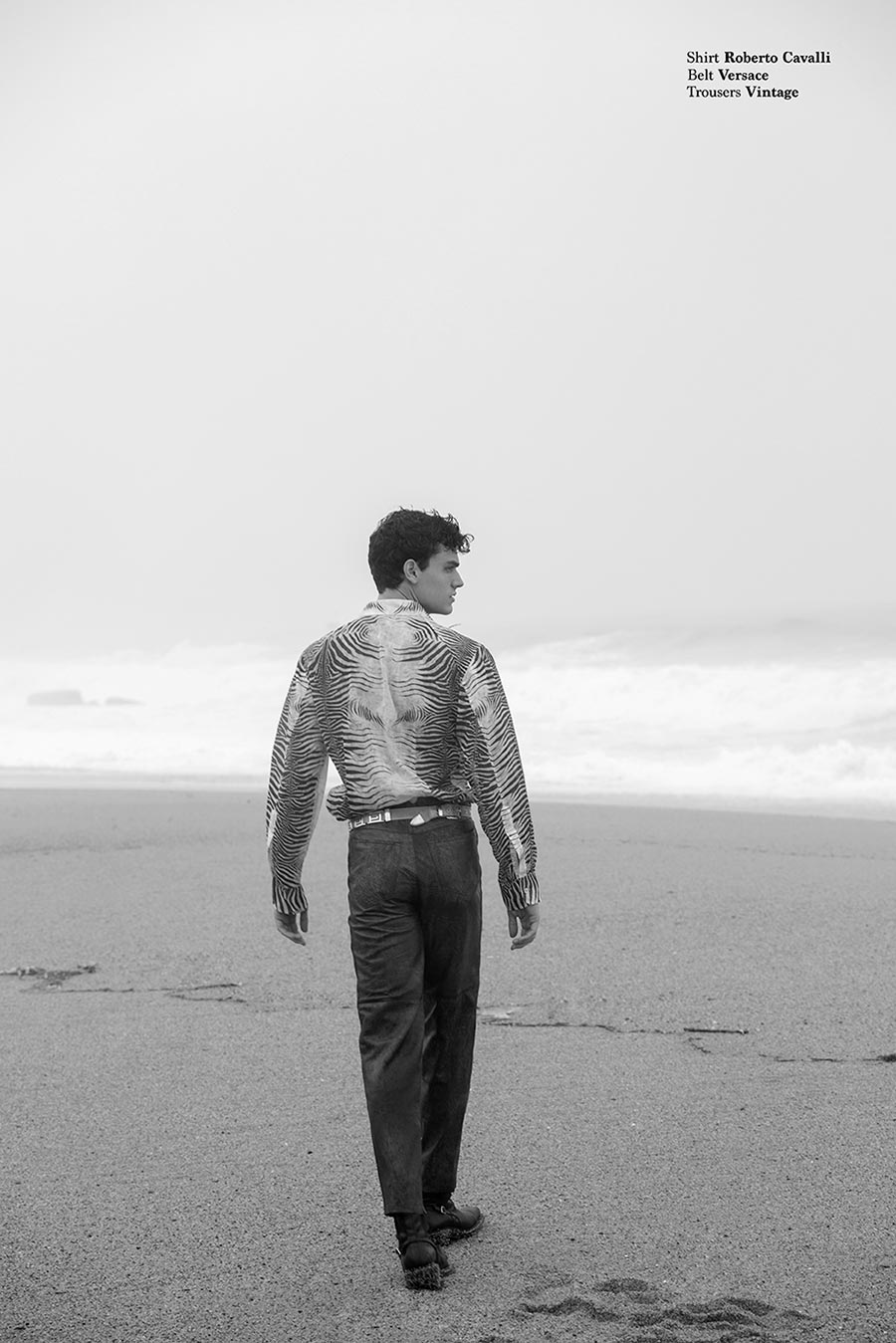
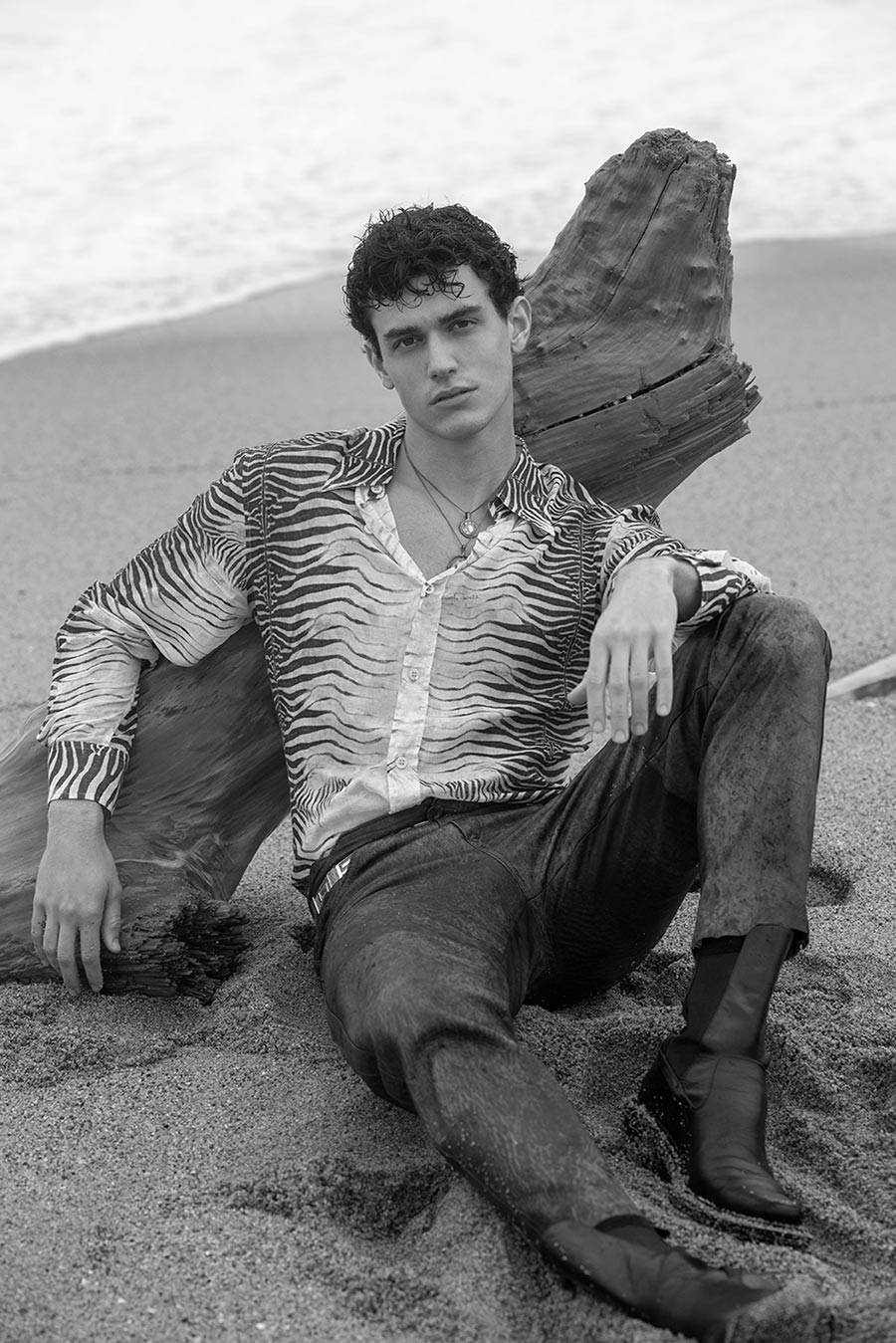
Photographer: Jose Martinez (@josemartinezphoto) www.josemartinezphoto.es
Stylist: Joel Escalonilla (@joelescall)
Model: Xavi Serrano (@xserrano9)
The Power of Personality

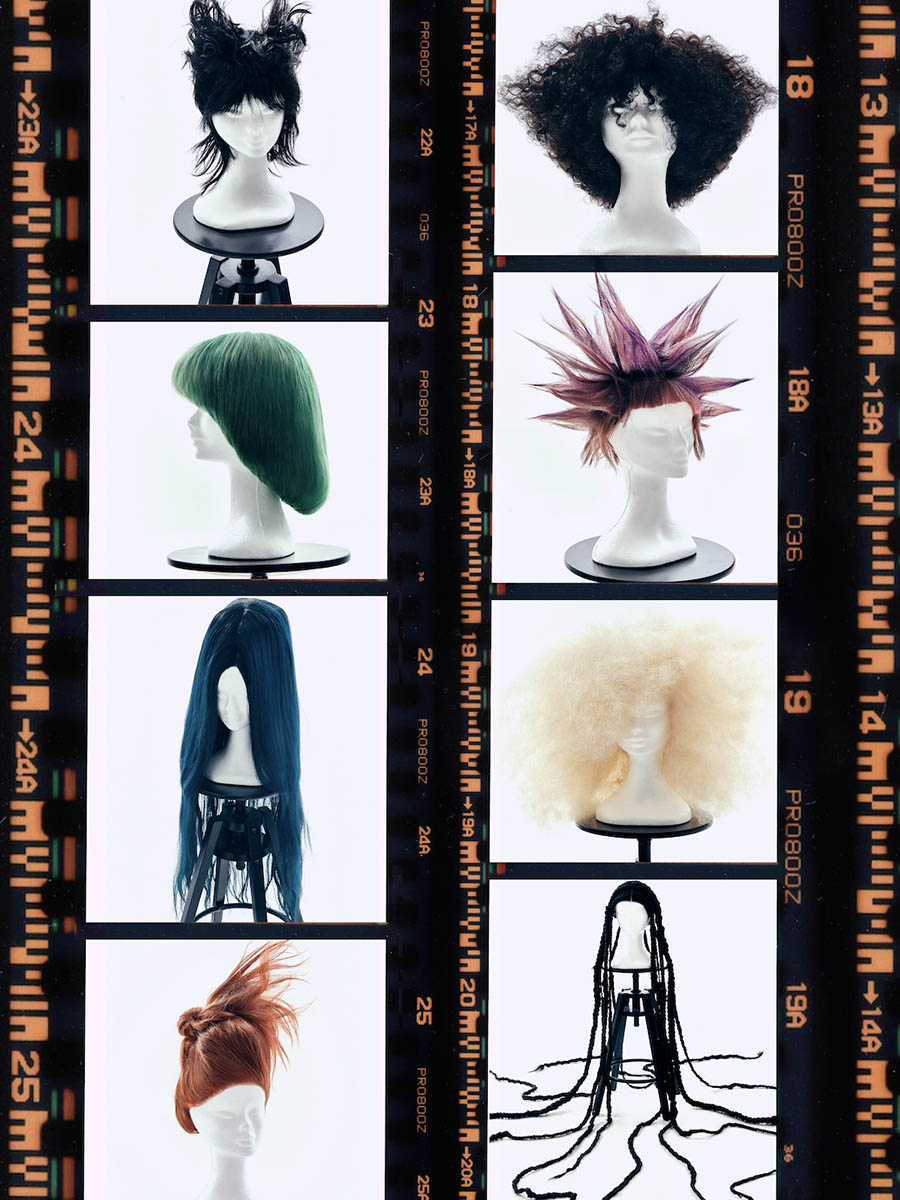
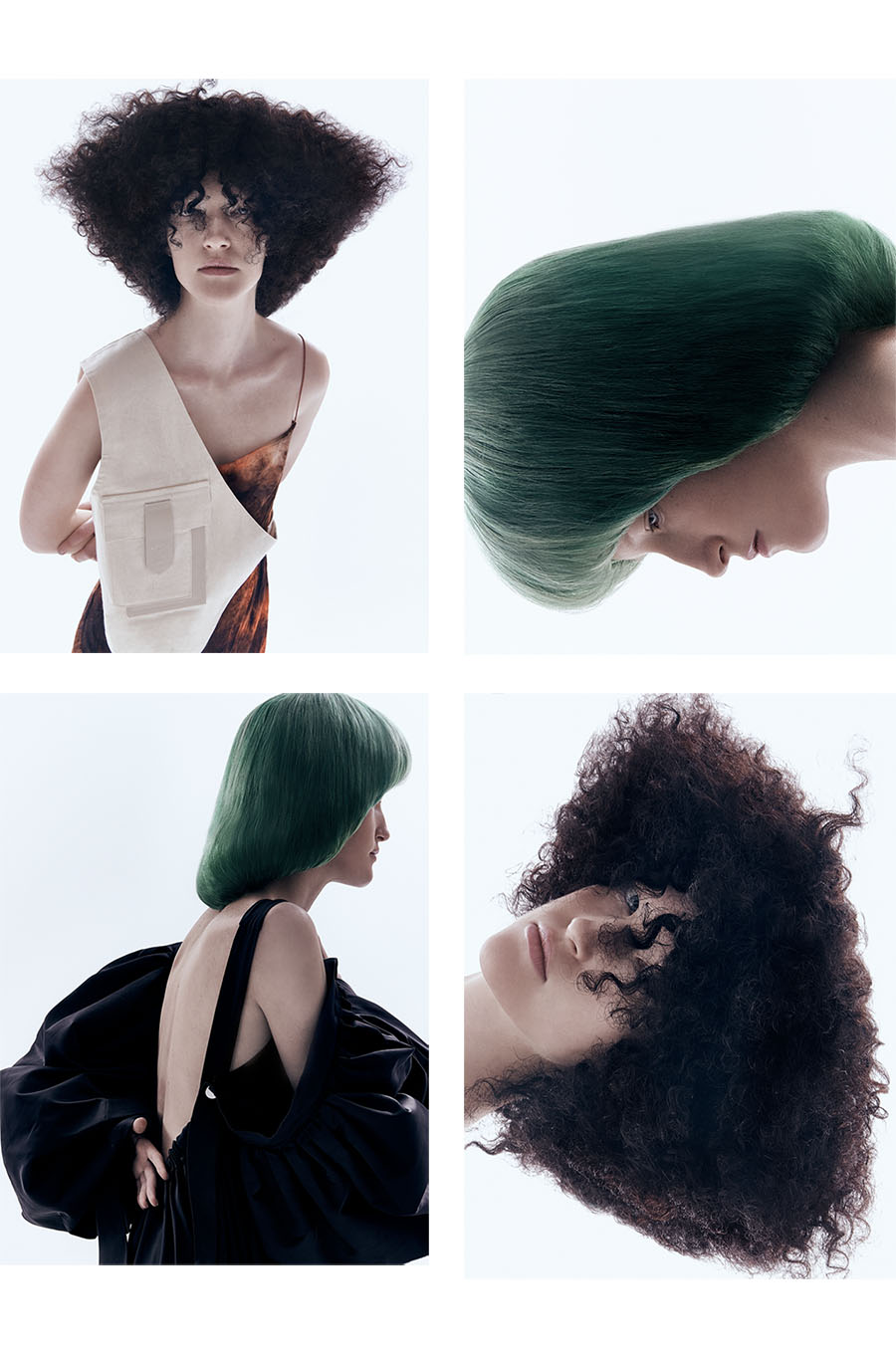
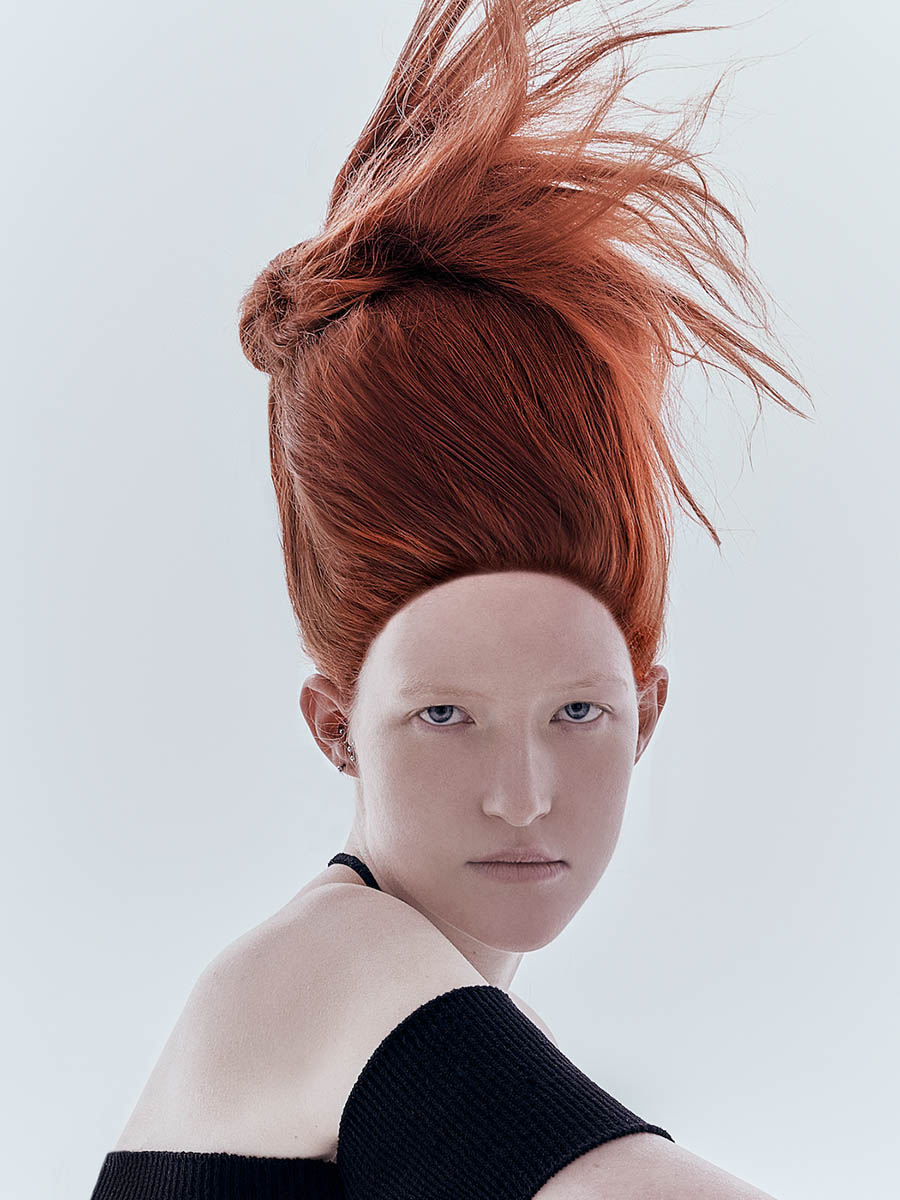
(left) black dress PETER SPOSITO, vest by LANGE, dress GEORGIELA STUDIO
(right) top JAQUEMUS
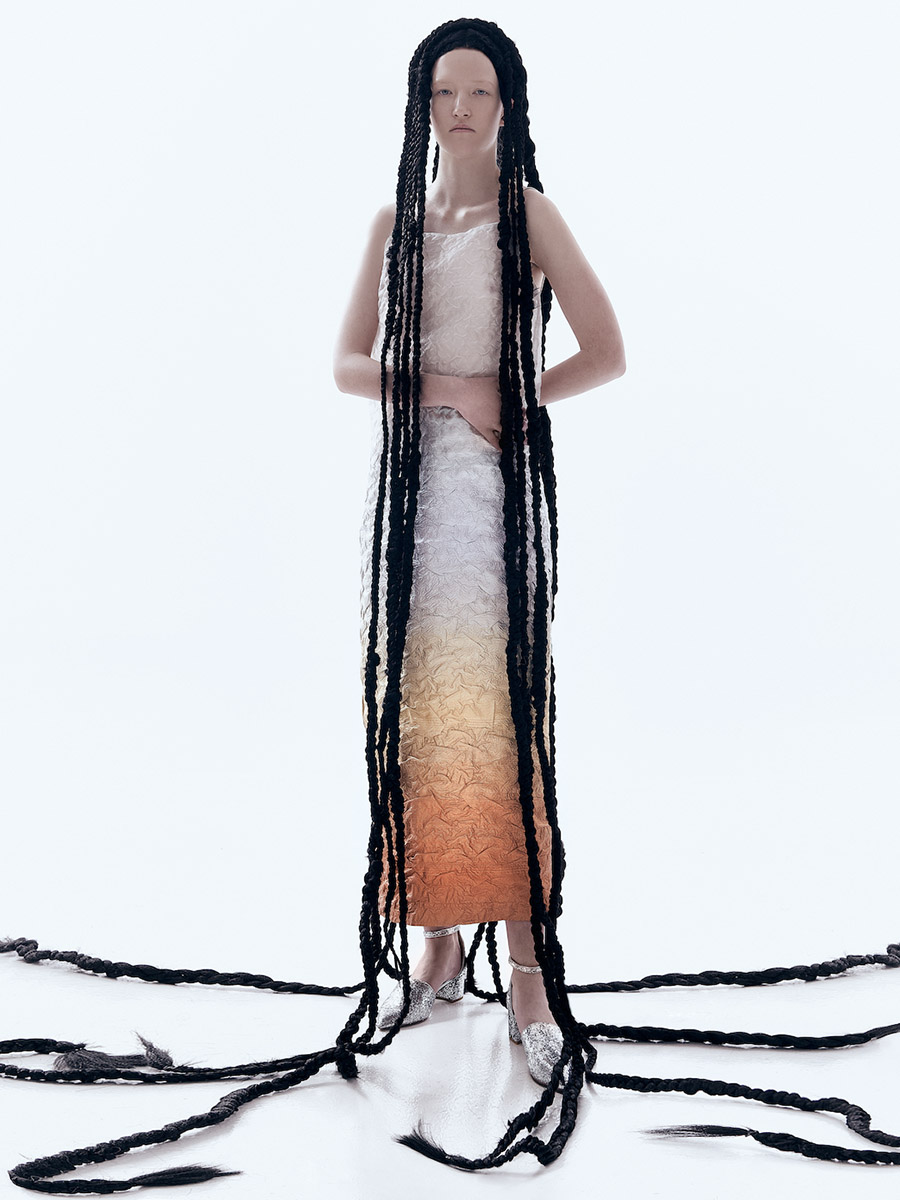

dress EIKO AI, shoes &OTHERSTORIES
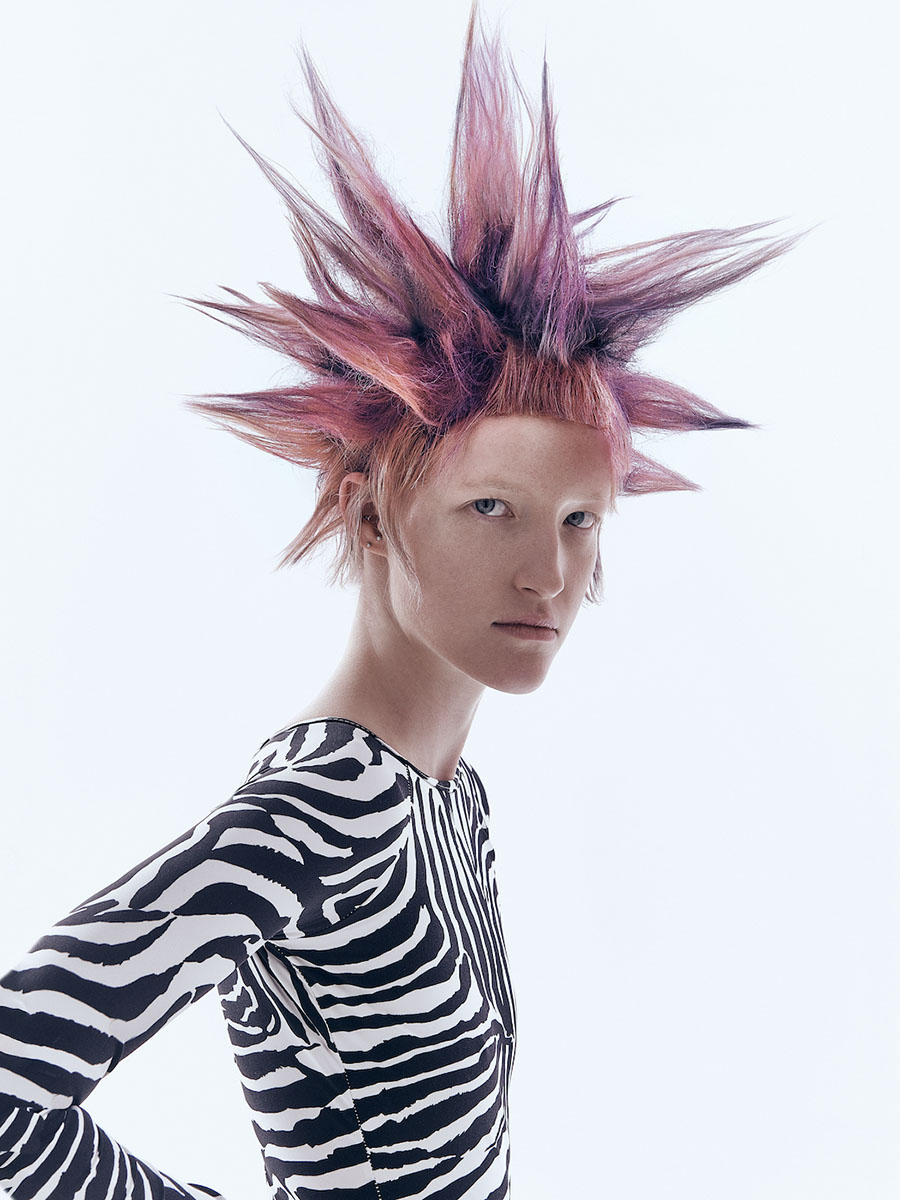

bodysuit KIONITA, boots ANGRADEMA

thong LA PERLA

shirt REVELIGION
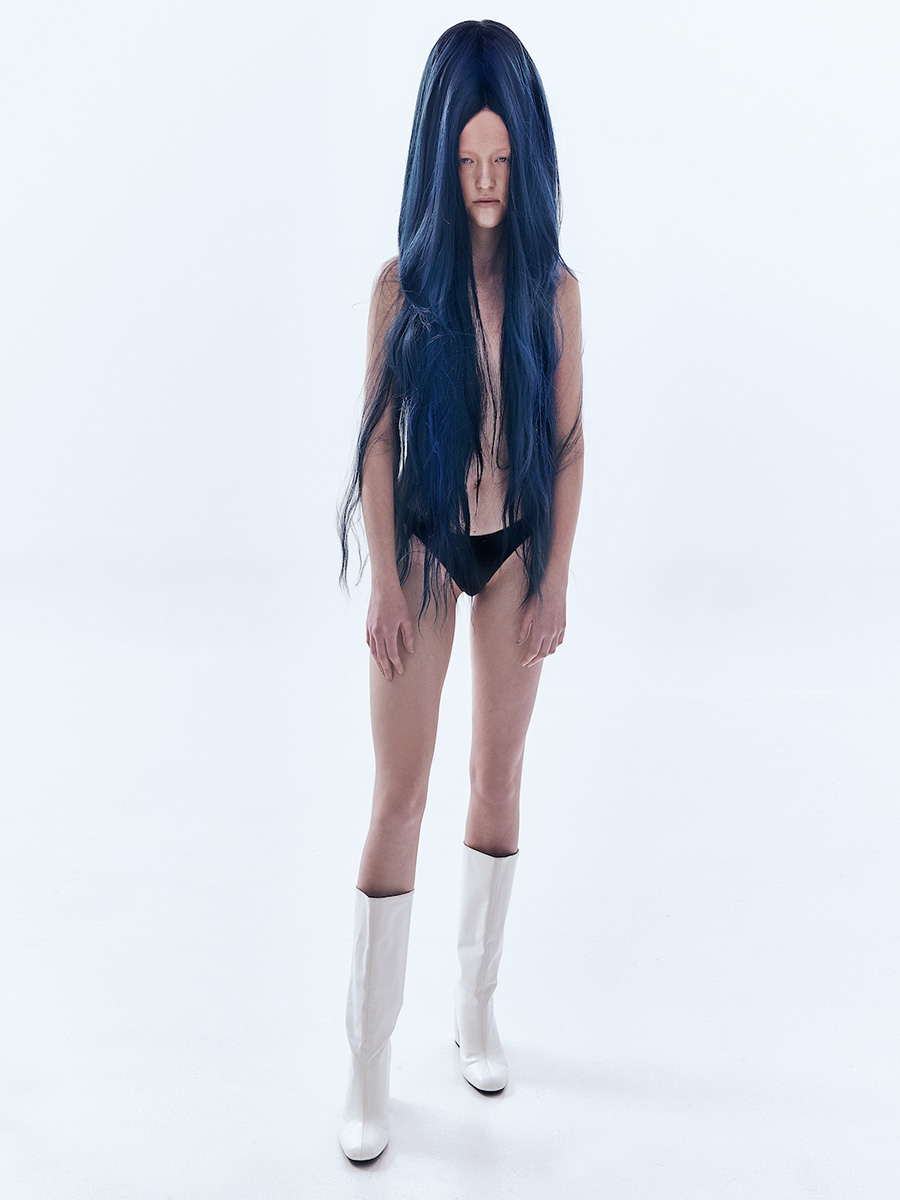
boots stylist’s own
Photographer: Fernando Gomez (@fernandogomezphoto)
Stylist: Isis Rodriguez (@isisrodriguez_stylist)
MUA: Lorena (@loreproartist)
Hair Stylist: Tricia Field (@tricia_field)
Manicurist: Rosa Matilla (@rosamatilla)
Model: Esther Murphy (@estheermurphy)
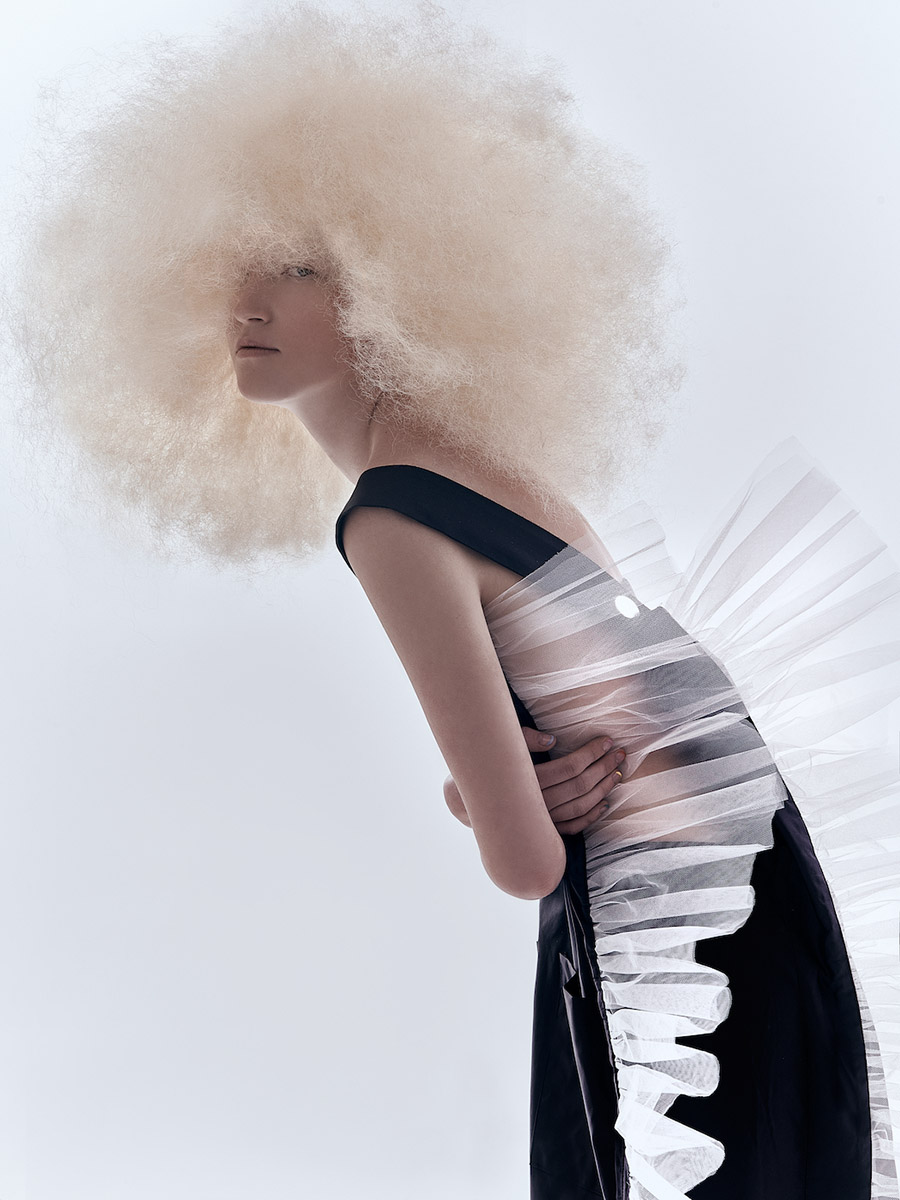
dress PETER SPOSITO
Nude
NUDE
Photography by Chris Fucile
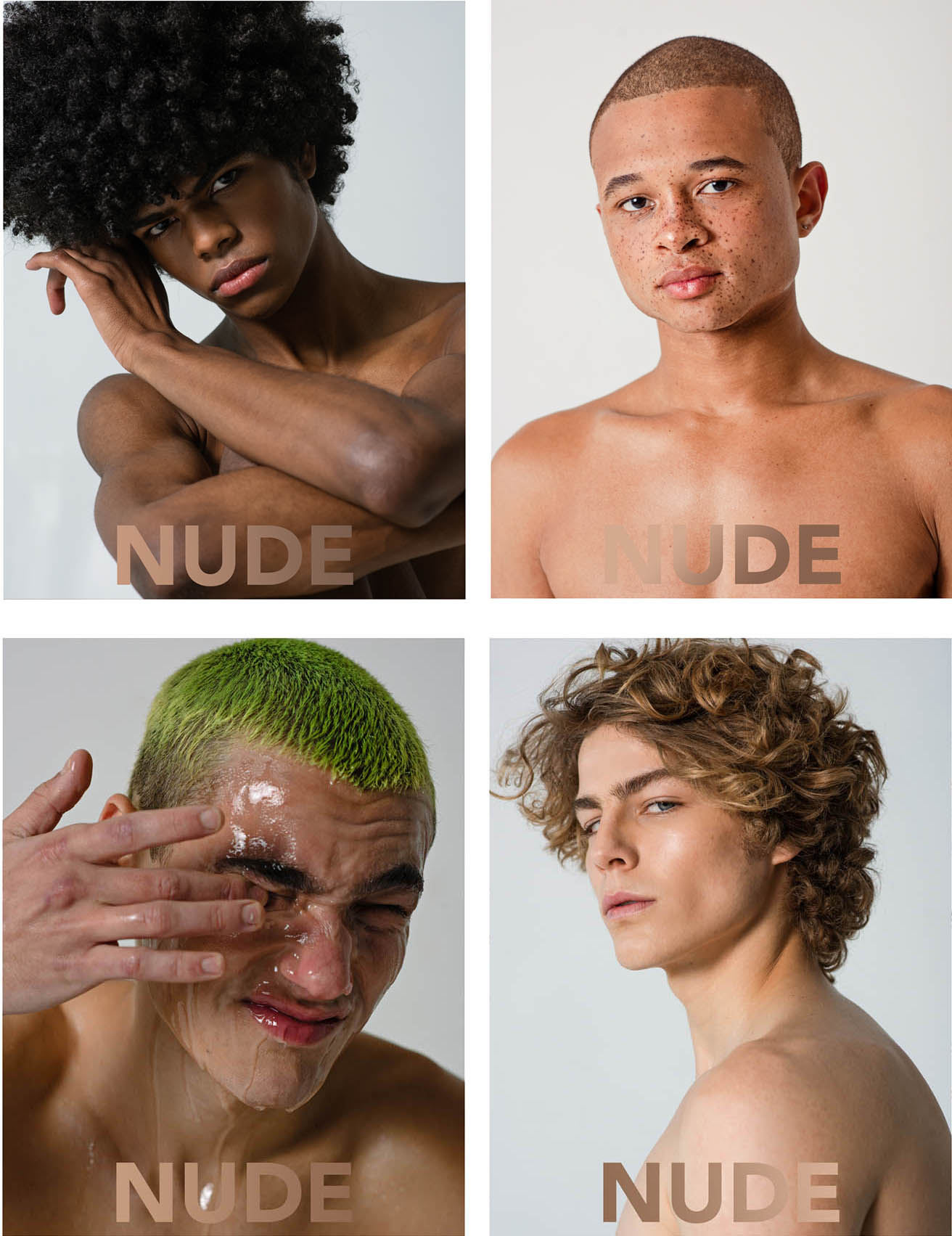
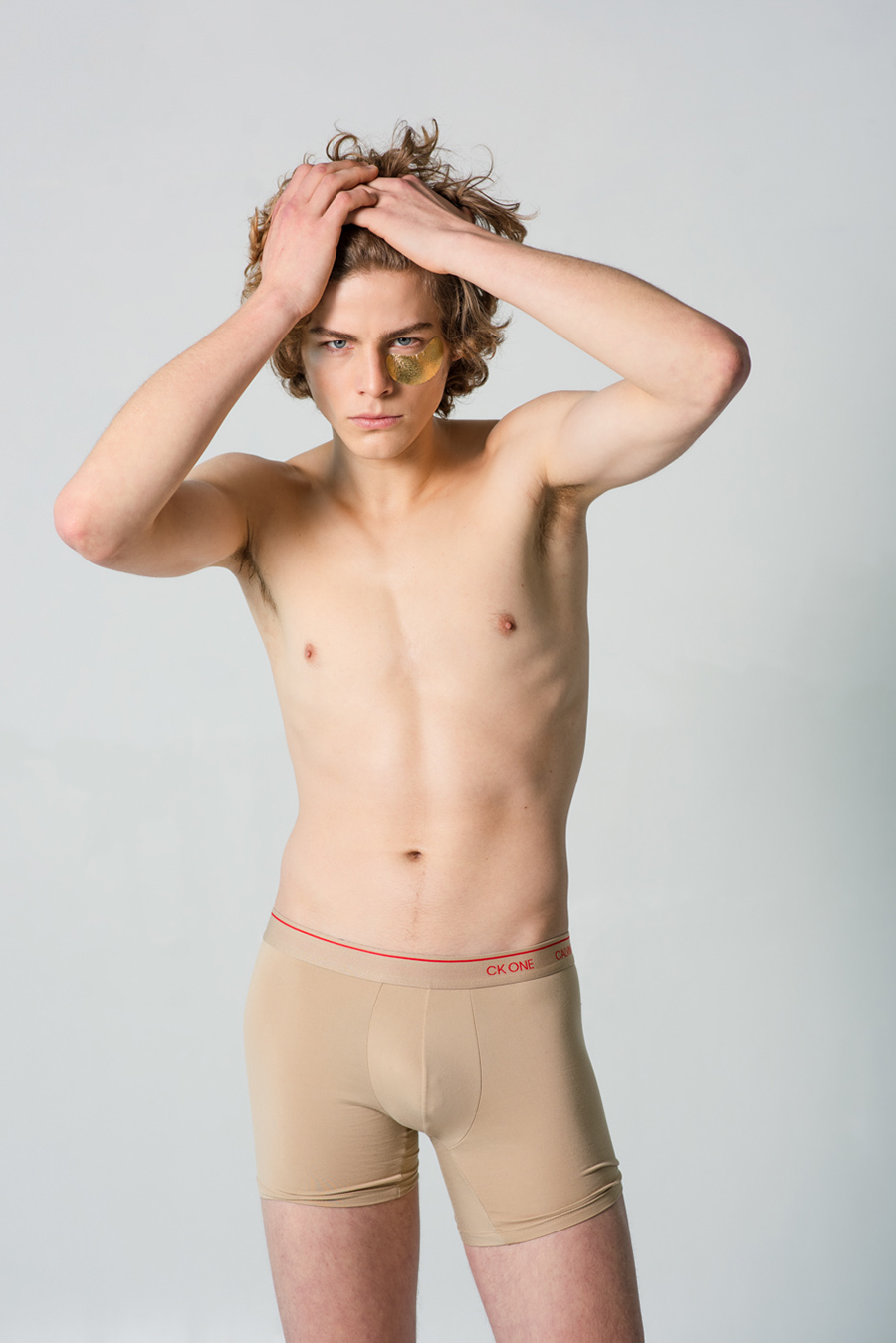
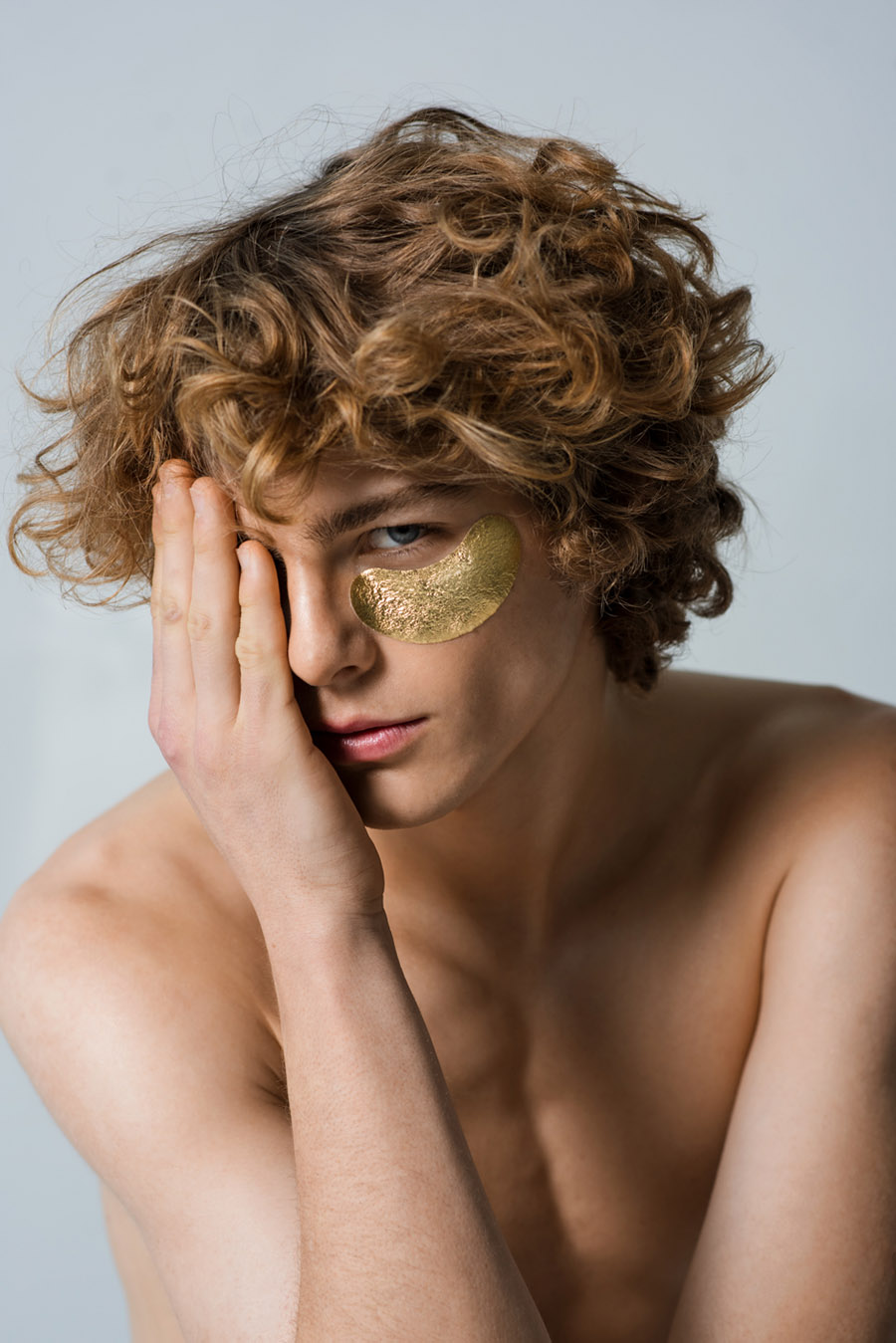
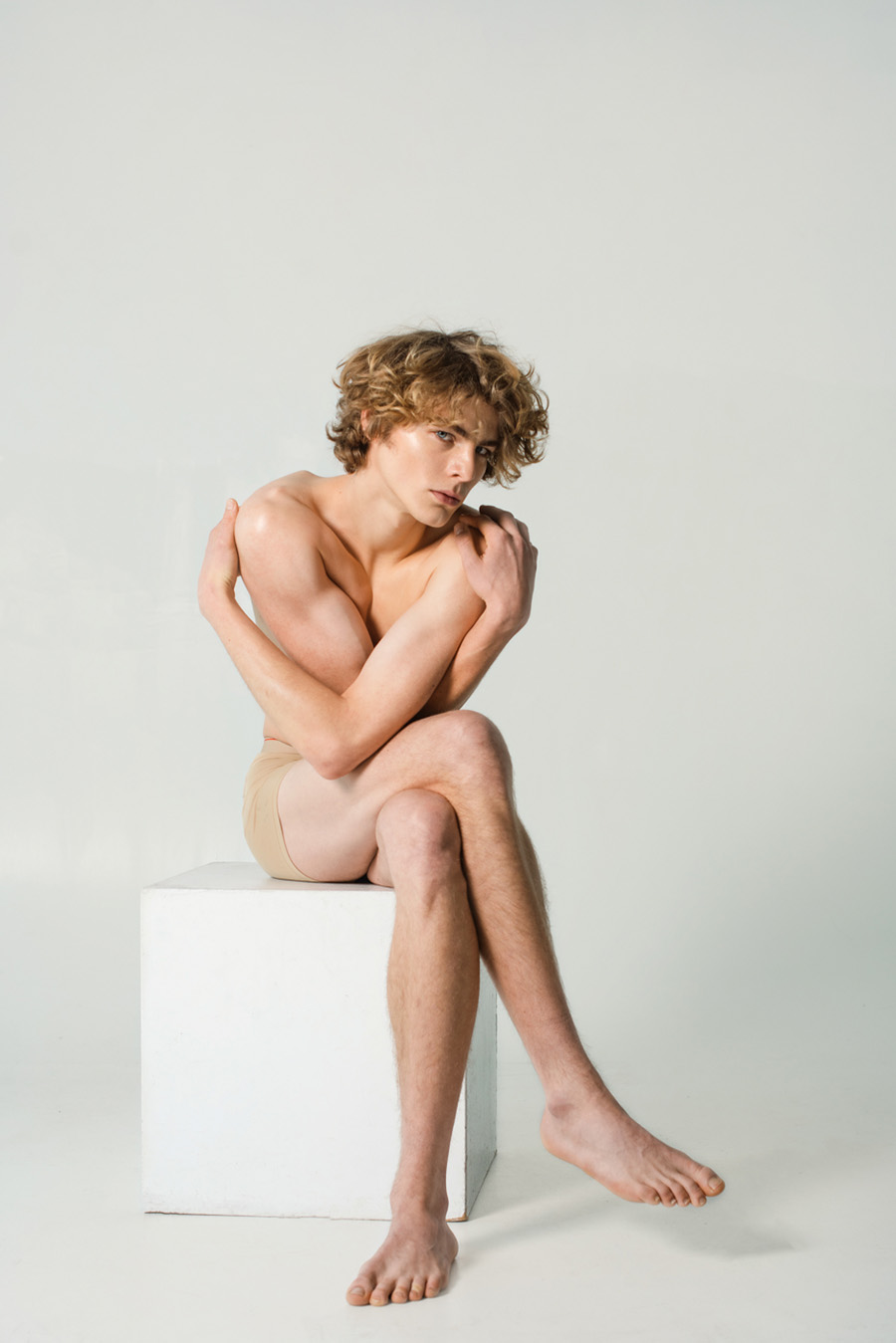
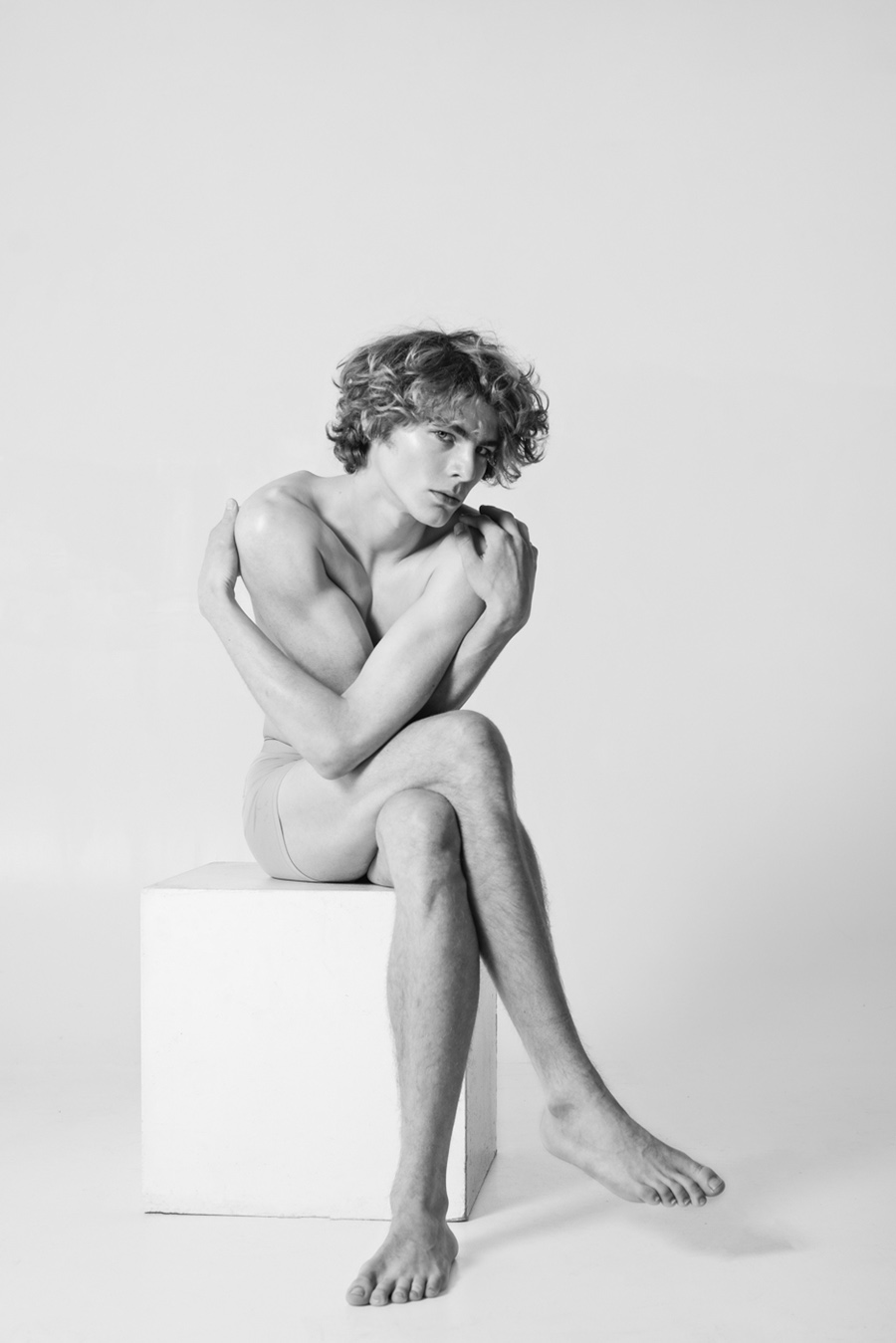

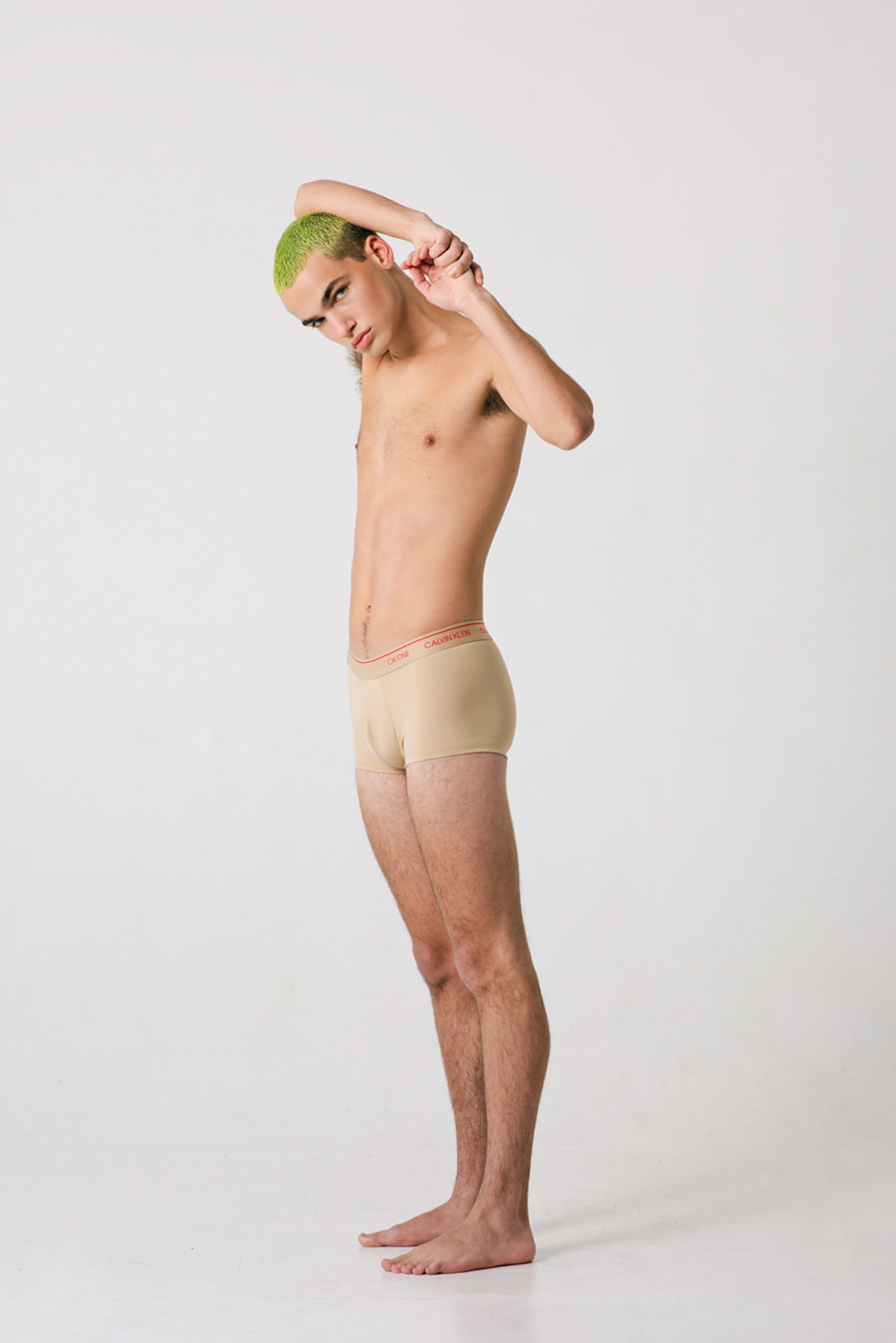
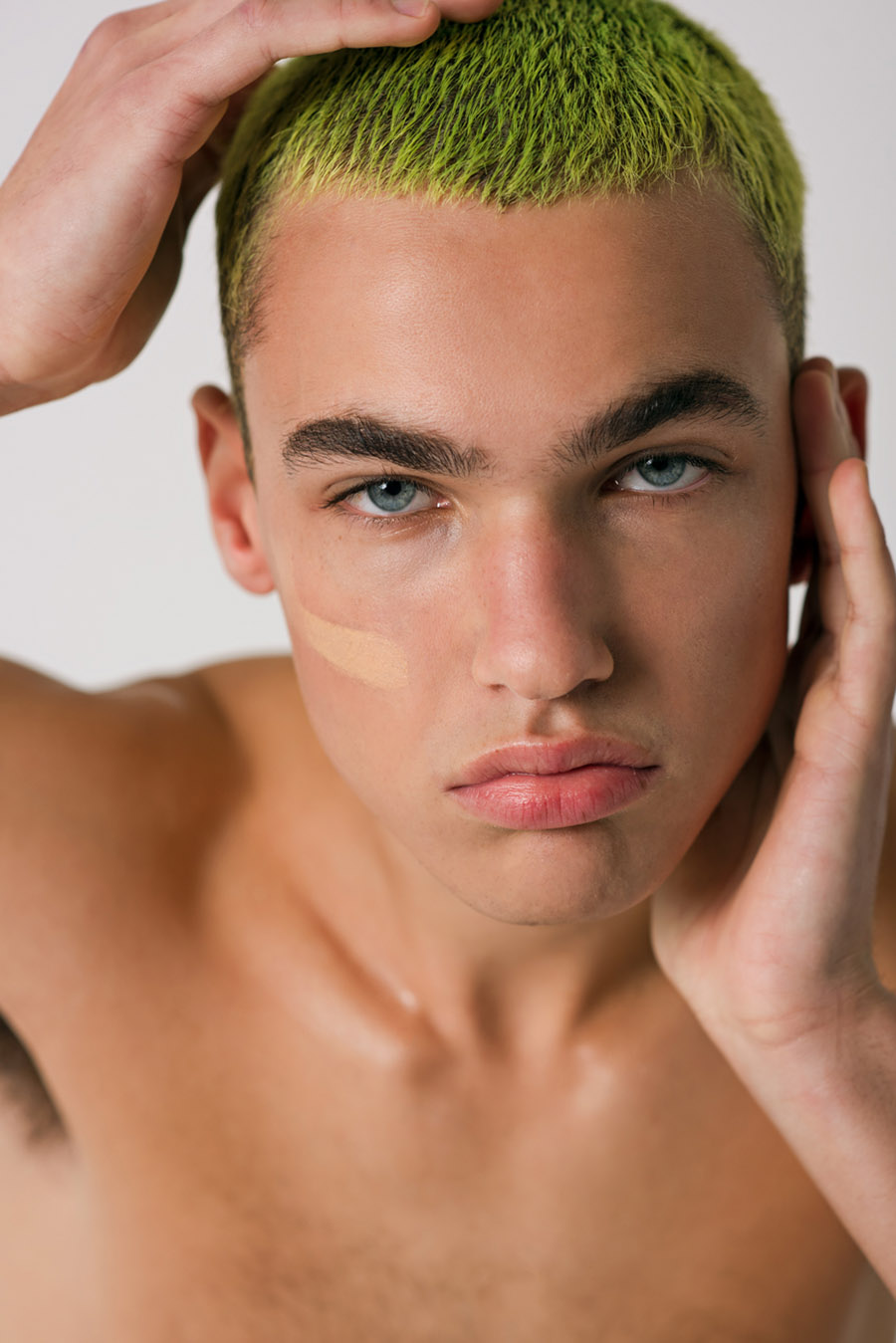
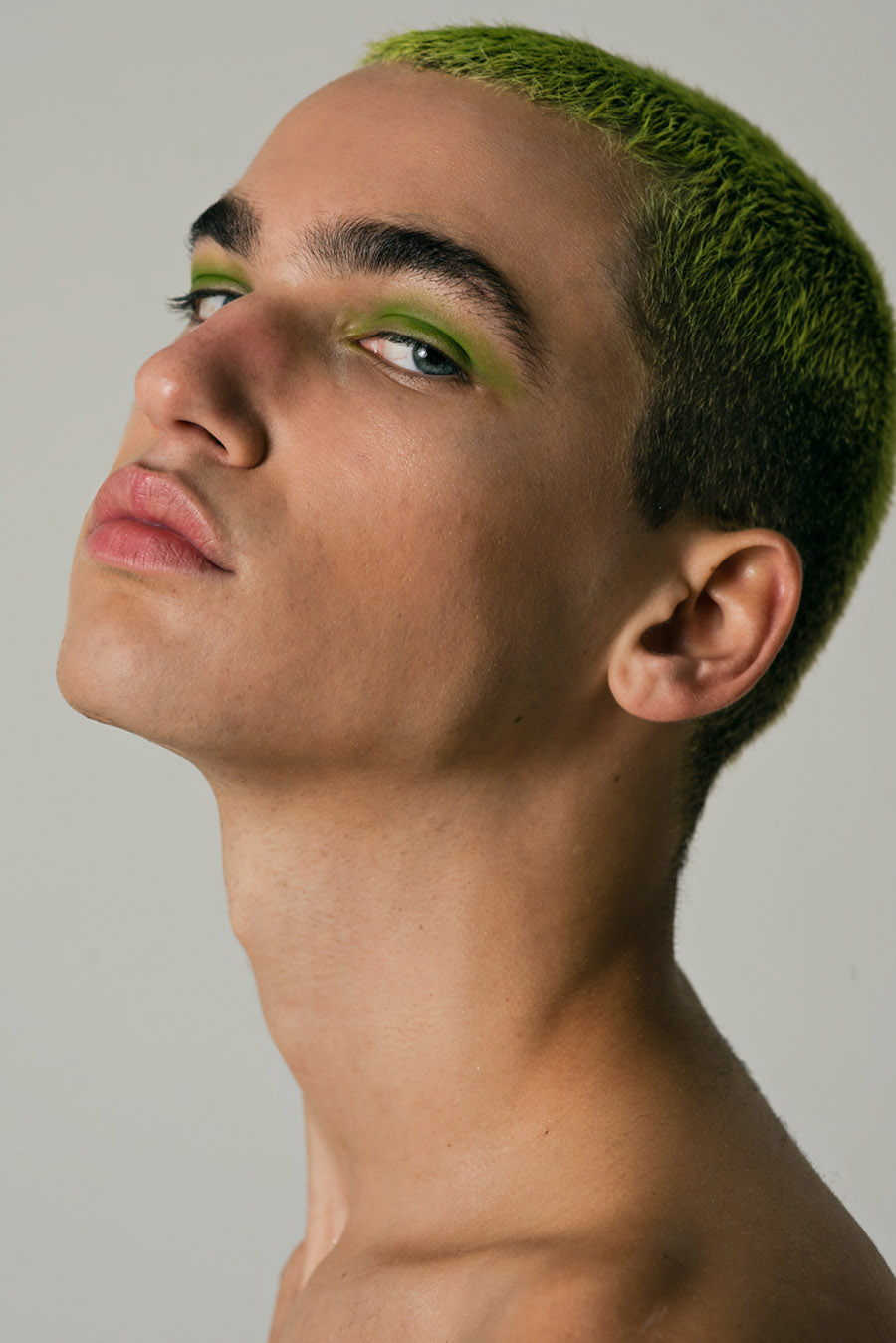

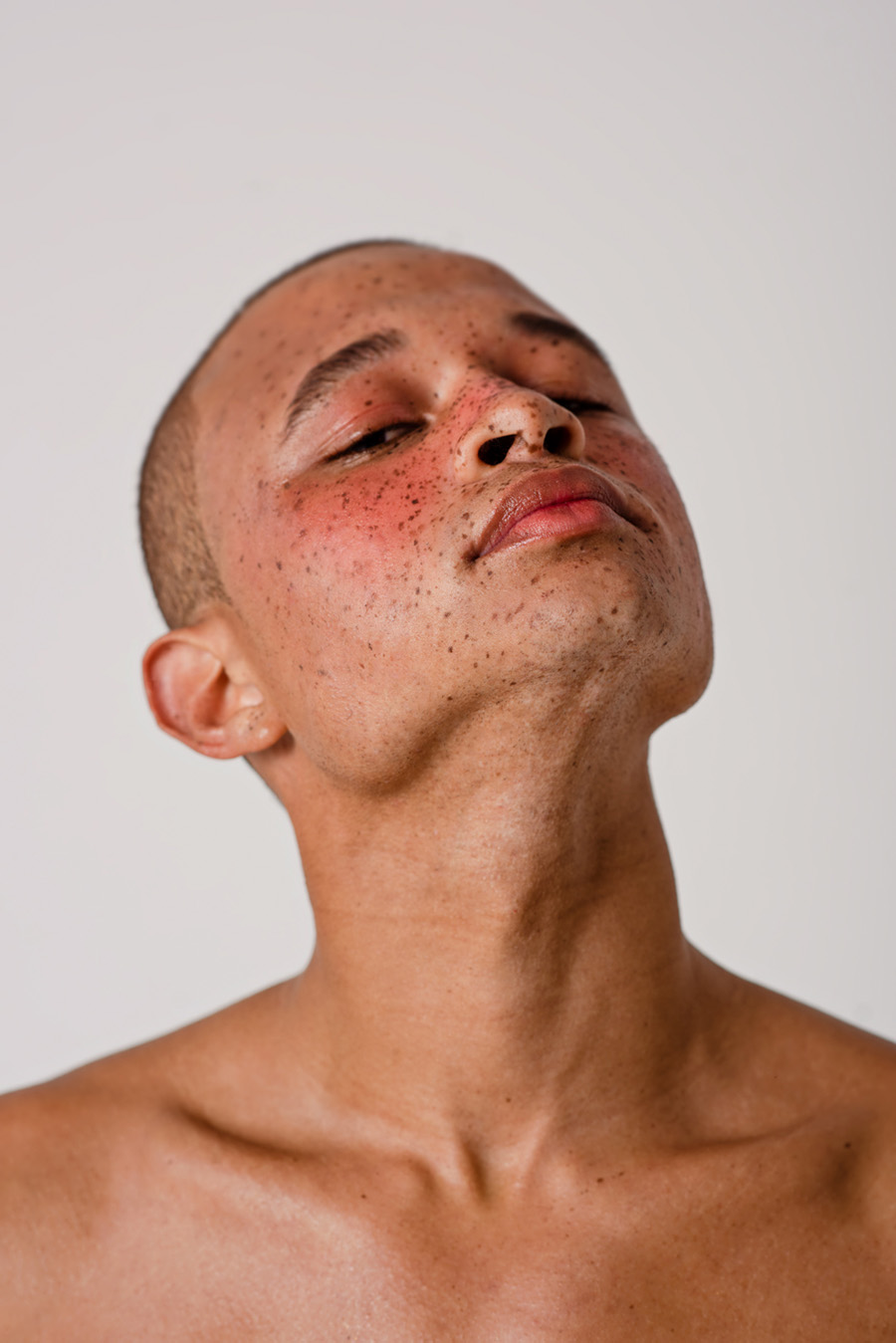
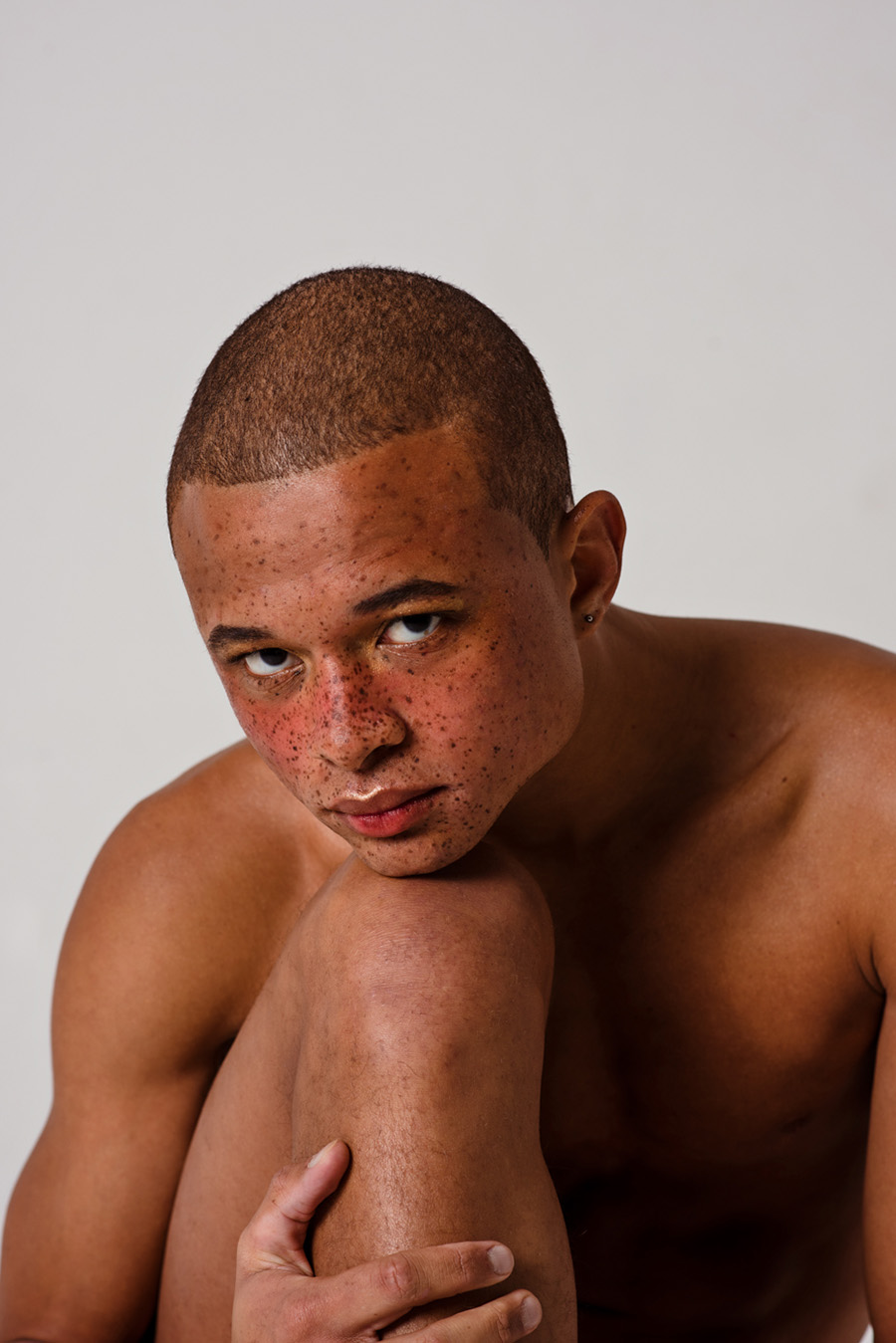
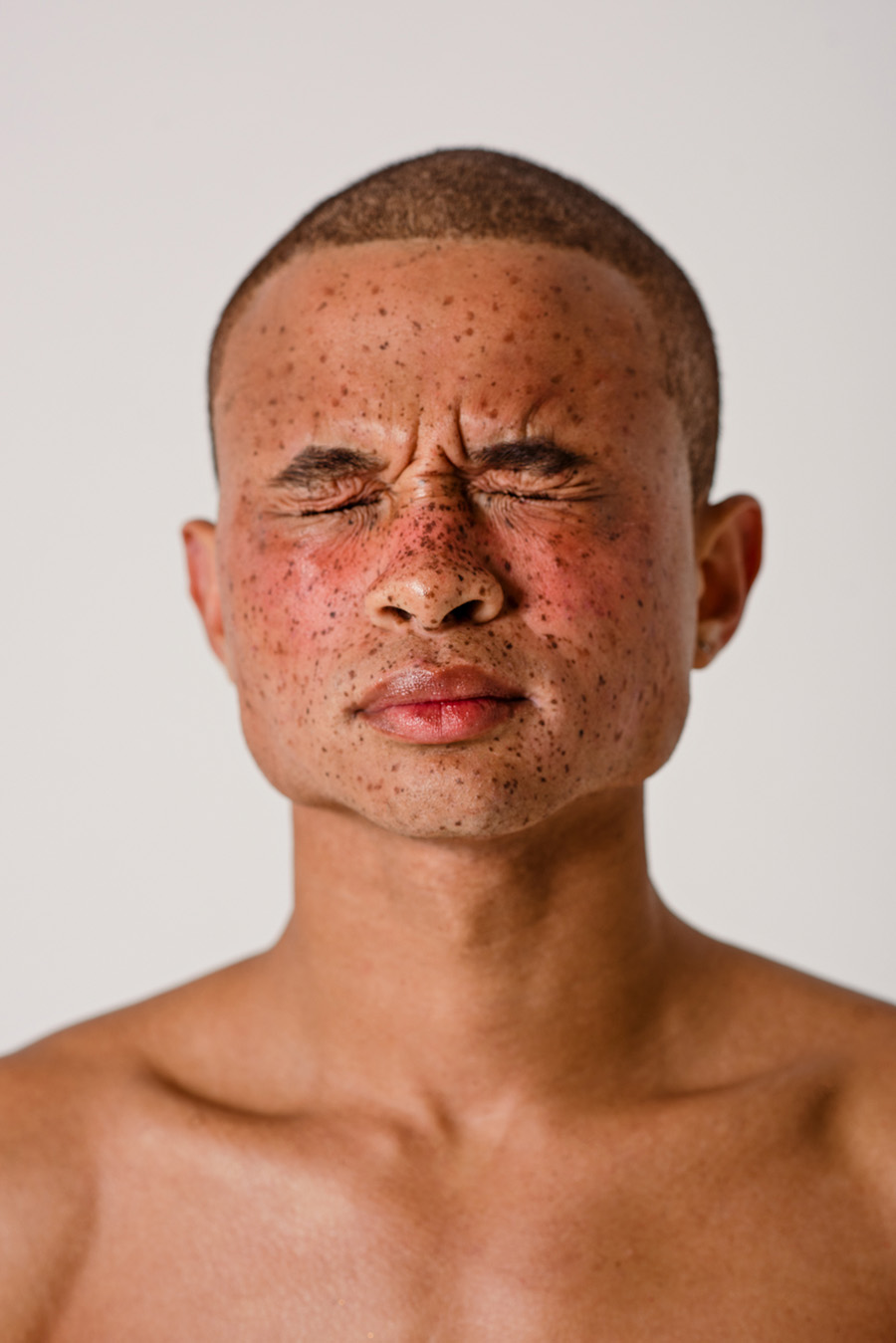
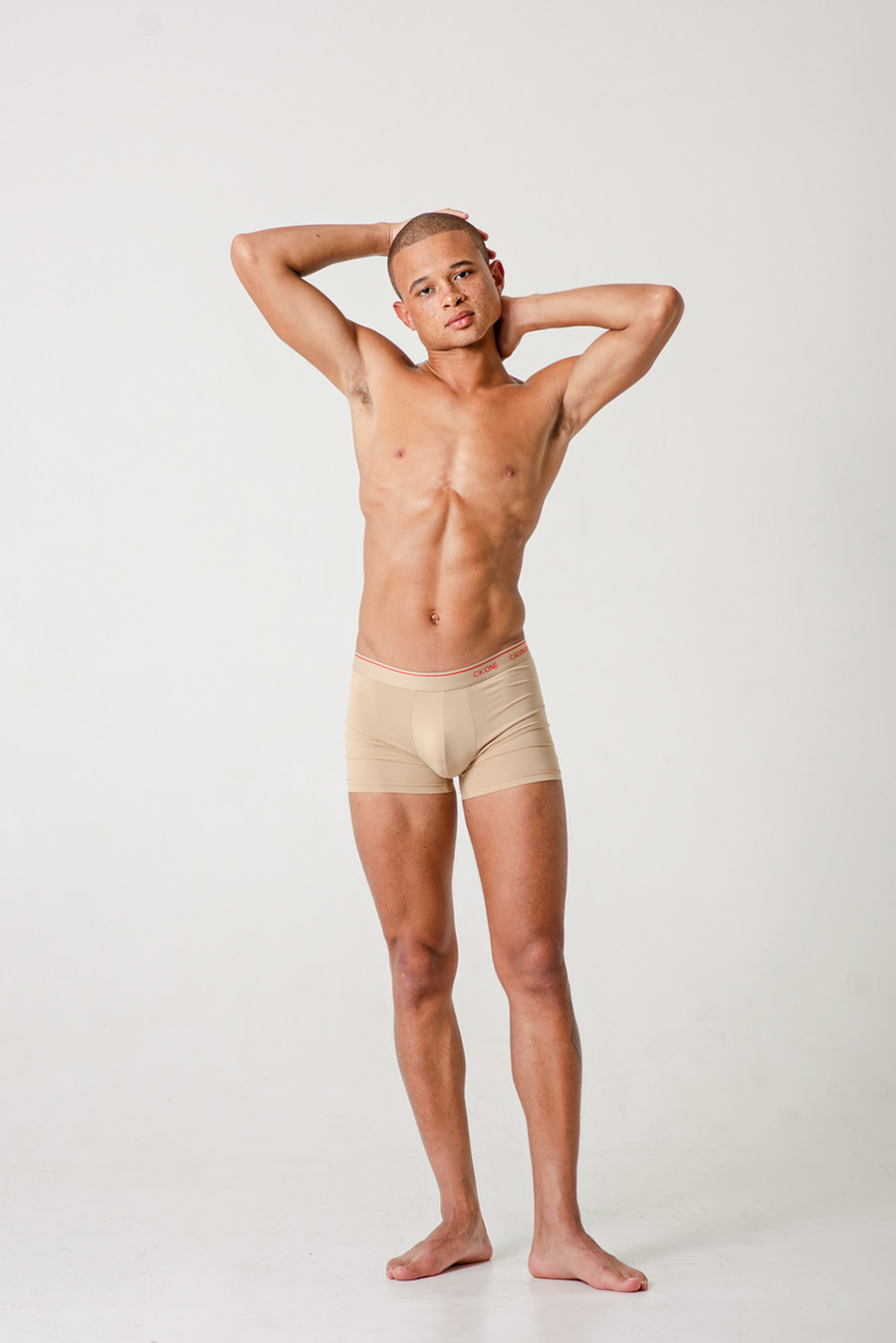
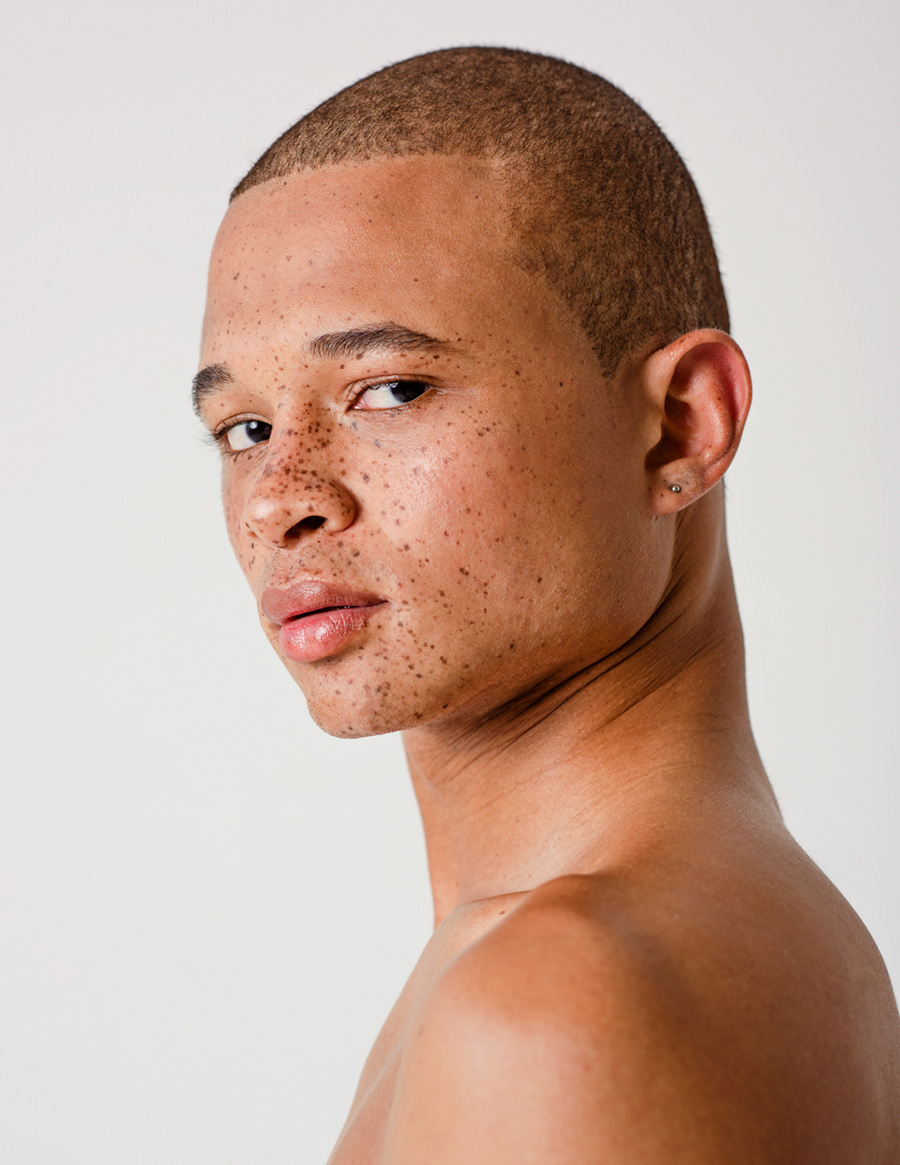
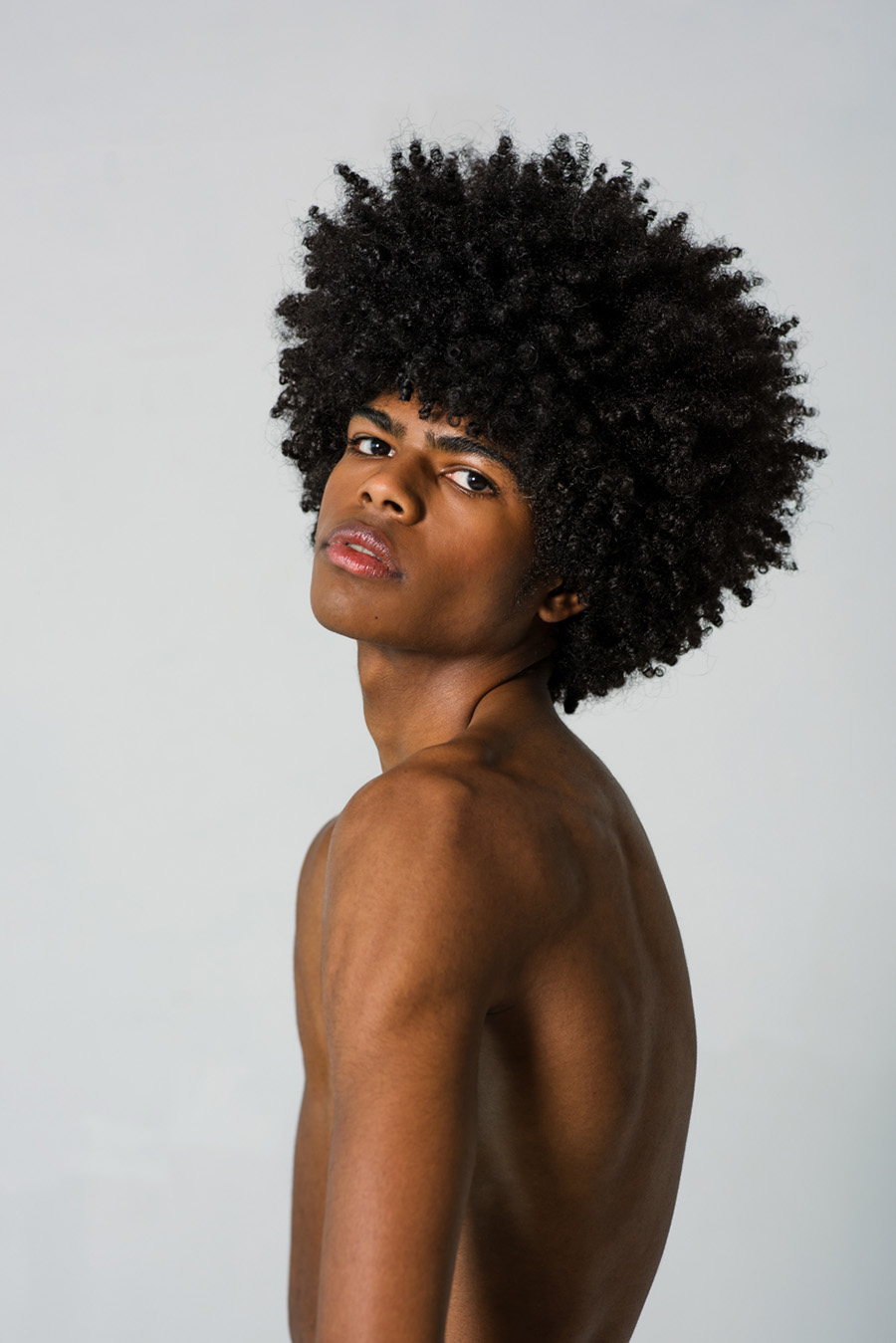
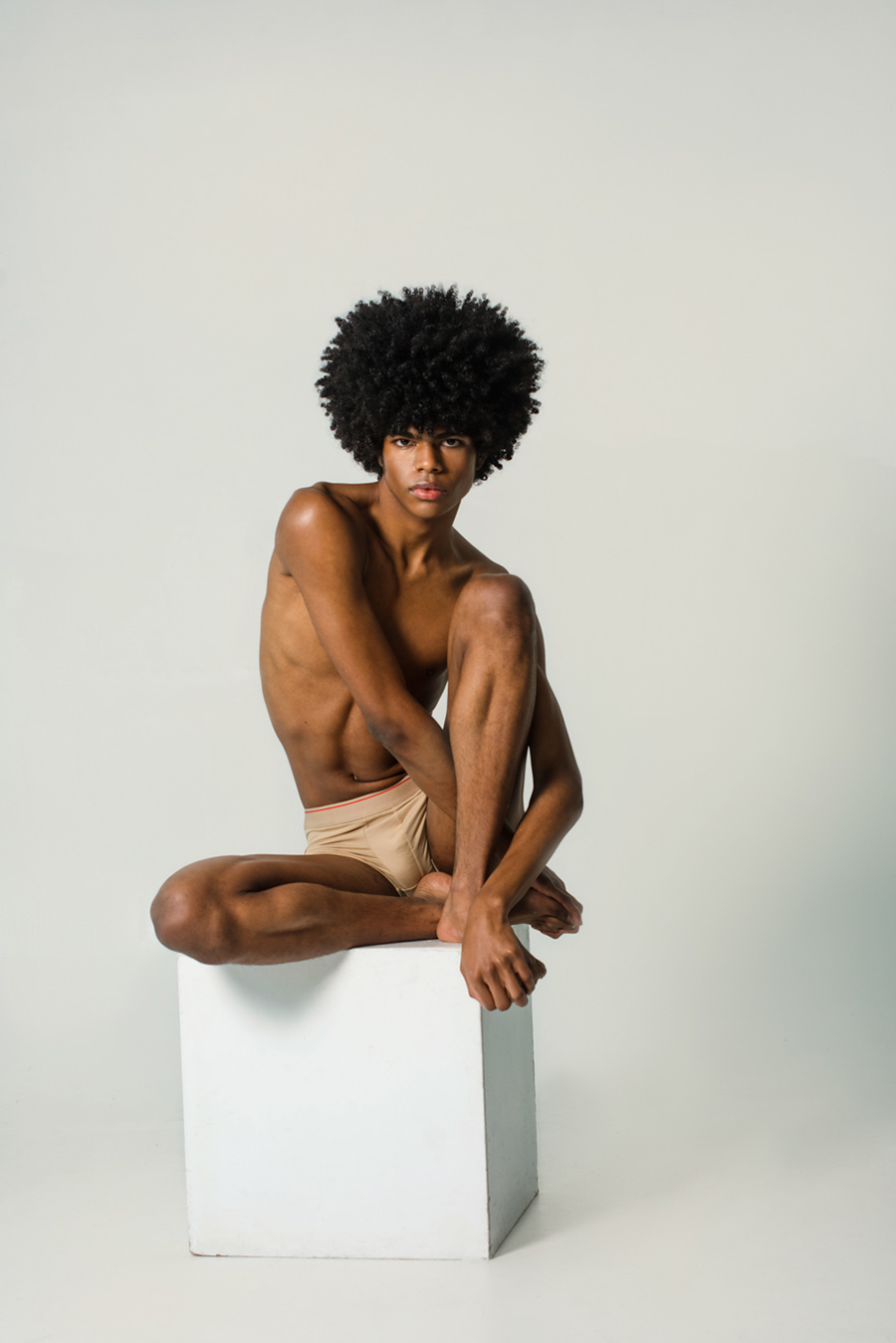
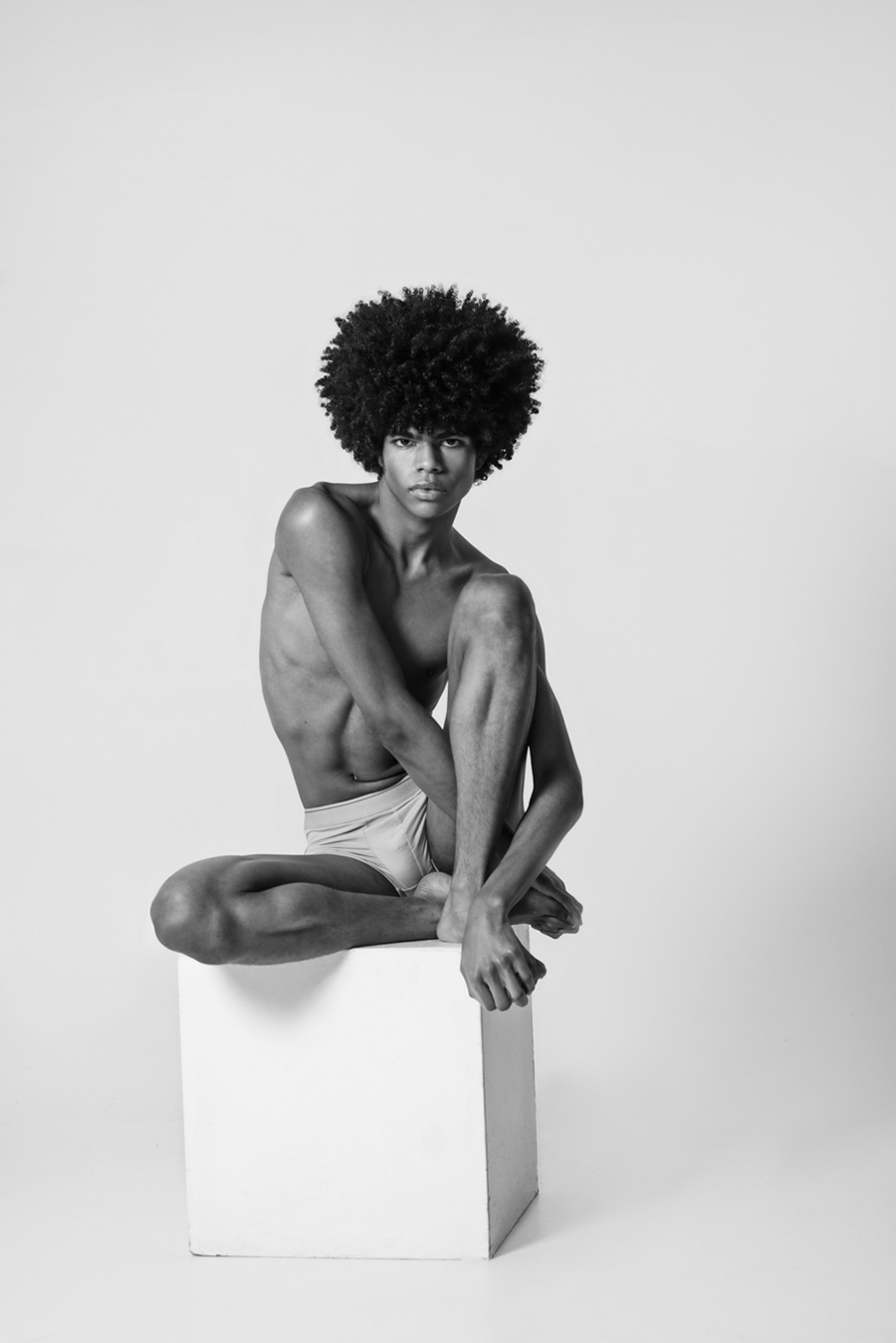
Photographer: Chris Fucile (@chrisfucilephotography)
Make-up: Charlie Riddle (@charlieriddle)
Models: Luke Gezelle (@lukegez), Gerrell Hankton (@gerrellhankton), Harri Lowell (@__harri) Jacob Rutledge (@jacobmrutledge)
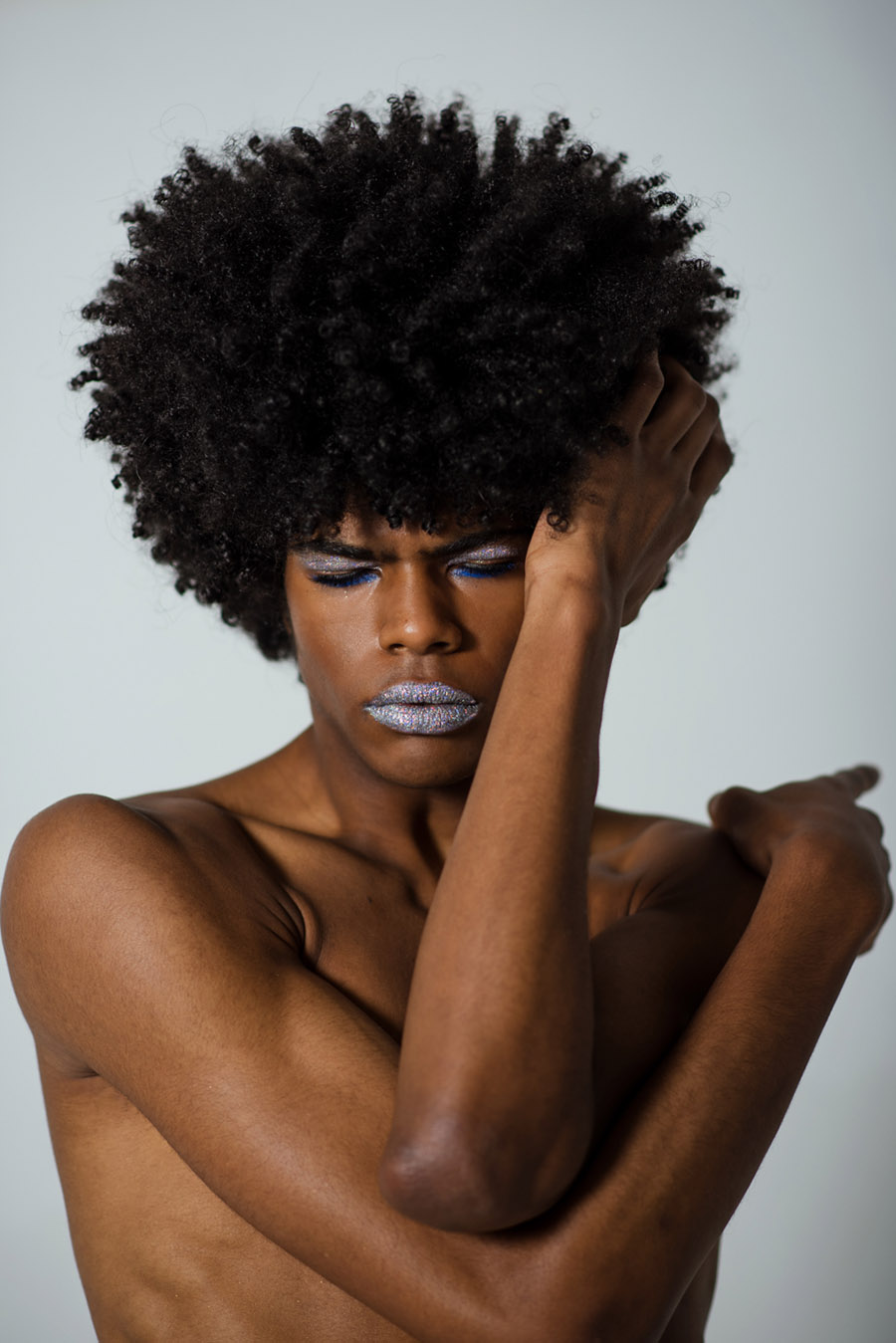
Camilla Filippi
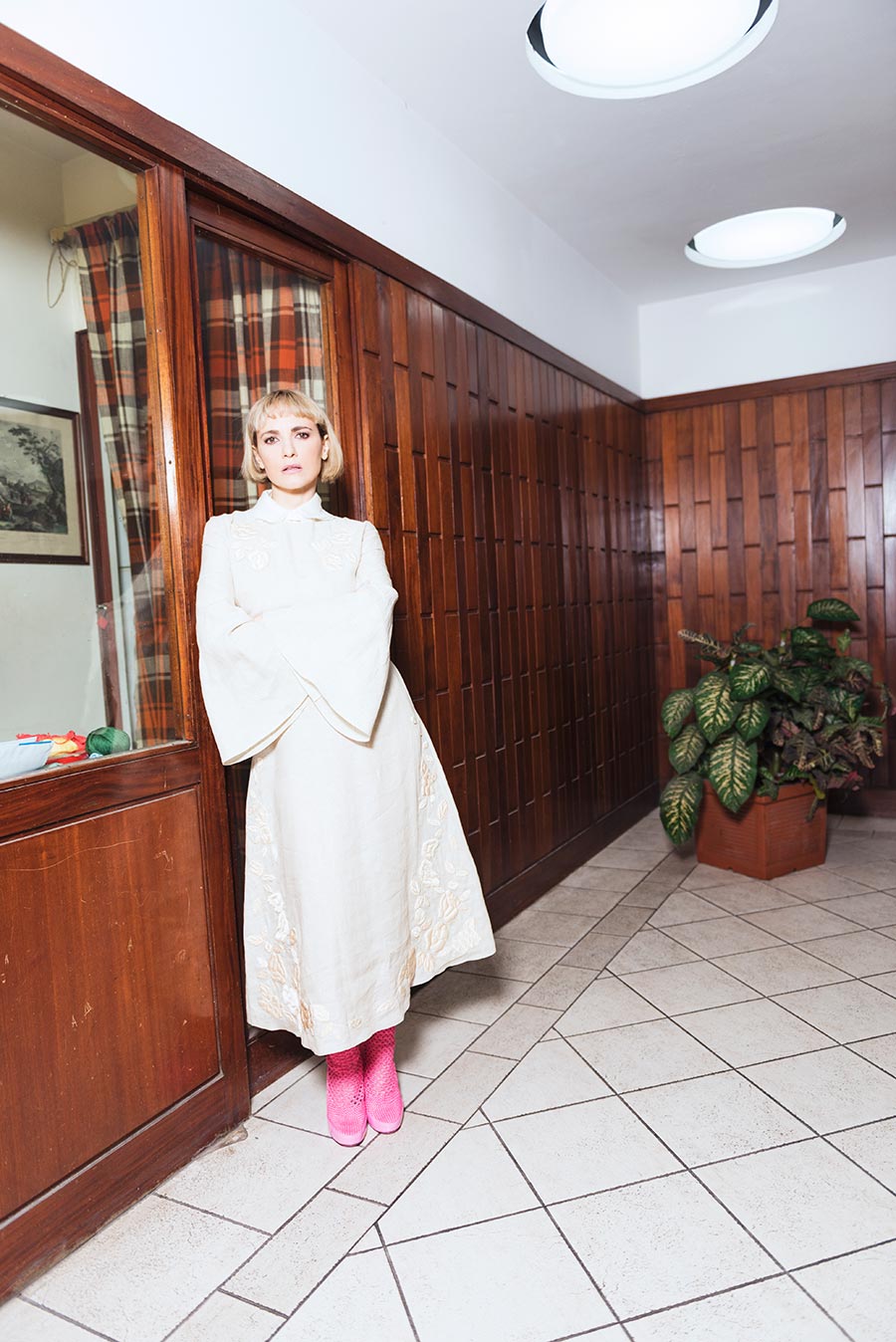

Actress Camilla Filippi has been present in our memory for almost 20 years, but she already started as a young girl, with commercial spots (as the one for Barilla, when she was just 12 years old, in 1993, where she appears, obviously around a laden table, together with an American guest, Kevin Sorbo, who later became famous as the Hercules on small screens, ed). How did the desire to devote yourself to the “seventh art” come about?
At school. When the schools still worked (laughs). I attended an experimental school, three days per week, in the afternoon, there were activities related to theater, visual education, computer technology. The passion was born there, and as a result I told my mother that I wanted to become an actress: a choice she supported, even though I was not part of a family linked in any way to the show business.
An admirable choice… Shouldn’t that be, after all, the role of a parent? Supporting children no matter how remote those choices may seem to us?
I was also very young and I am convinced that when you are 20, if you have a dream, after high school, it does not cost too much to try making it come true, to try to see how it goes. Even if it goes wrong, you have a life ahead to get back on the tracks…
The quality of your career path is in your eclecticism: you acted in films designed for TV, TV series, cinema’s movies, in comic and dramatic roles: what attracts you to a character? How do you choose the roles that belong to you?
Let’s dispel a myth: there are few actors who choose which roles to play. Of course, there are things that I don’t do, roles that I know won’t belong to me and so I don’t even go to auditions. But otherwise, we always try to give complexity and nuances to the character, regardless of the type of production. Being an actor means putting yourself in someone else’s shoes, experiencing tragedies or the most banal difficulties, eviscerating them.
Was there a character where you underestimated the psychological impact of its role or where you can say, after all, that you weren’t ready for?
I certainly underestimated the emotional impact of Stella, the protagonist of “La Stanza” (a thriller with horror traits that begins with the protagonist in a wedding dress, convinced to take her own life and stopped by a providential ringing at the door, ed). Psychologically it was very heavy. And she made me even more aware than before, on the fact that going into analysis is crucial, and should become natural for everyone, like putting on underwear before leaving the house.
After the Weinstein scandal, which broke out in 2015, a lot has changed, at least in appearance, in the world of Hollywood cinema. As an actress and woman with a successful career, what would you recommend to a young girl who would like to pursue your profession?
I would advise her to study, but also to live, because we tell stories about human beings, so the more personal experience you have, the greater your cultural and emotional baggage is, and the more we enrich our characters. And, another equally important thing I’d say to her, is to never be afraid to express her opinion.
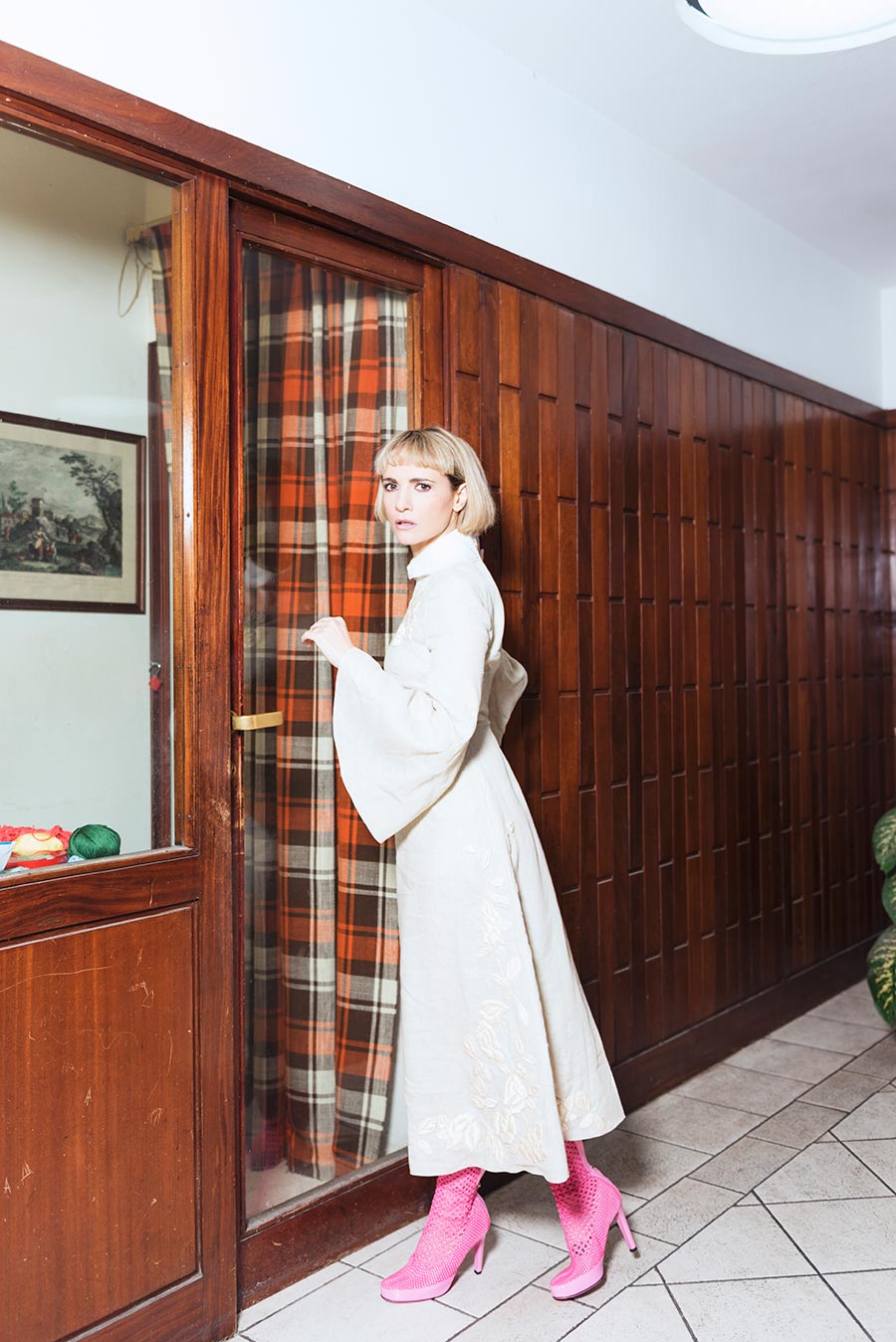
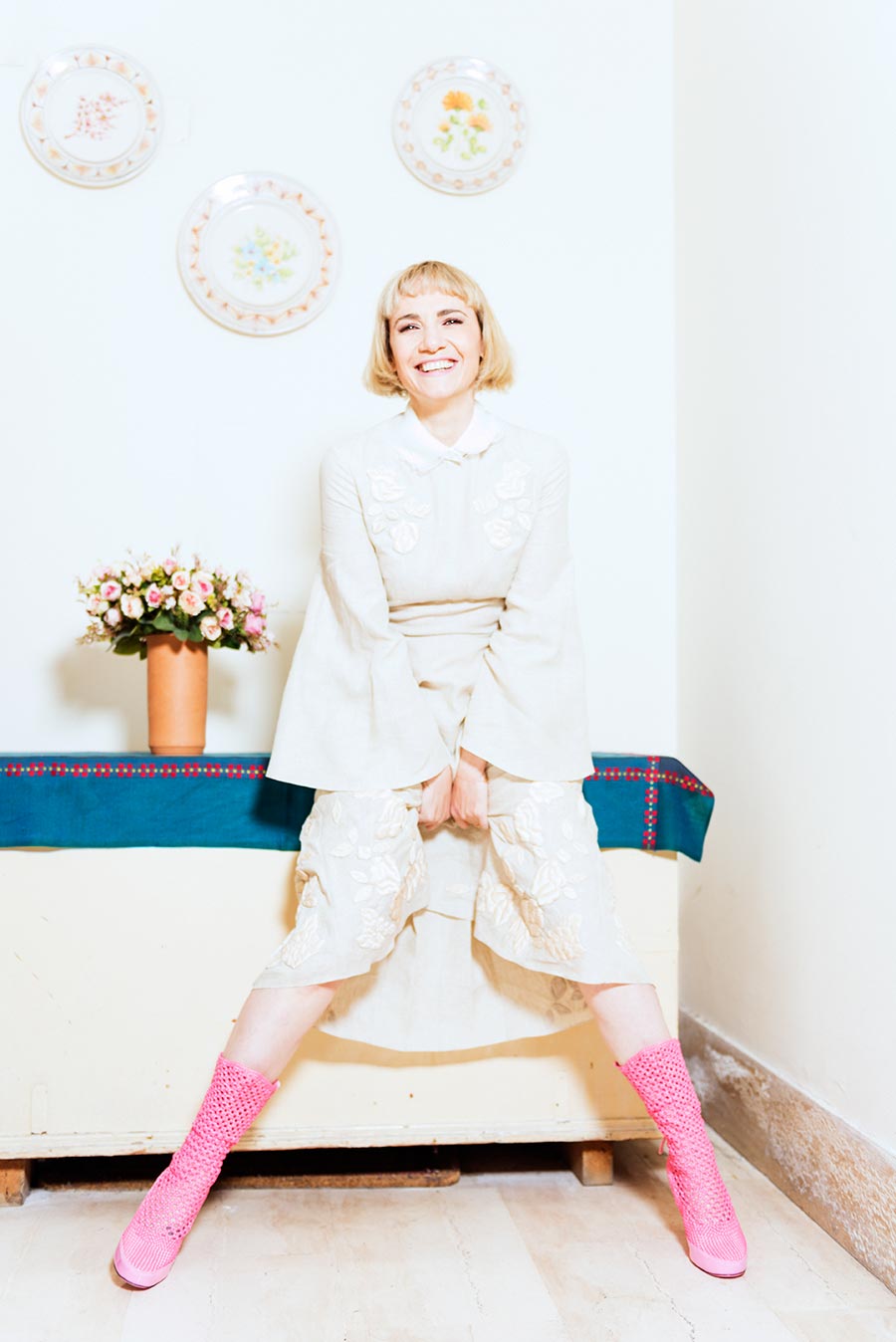
And to a younger yourself, with today’s experience, would you recommend anything?
I would tell her that it is okay: I have been always very consistent in my choices, I have been strong, thanks to my family formation: I was educated in dignity. Today a lot of communication and promotion of one’s work also passes through social media.
What is your relationship with them?
I only use Instagram, I left everything else. If it weren’t anachronistic, I wouldn’t use that either. But it has a ‘political’ value when there is a following. I believe that unfortunately the great fault of social media is having set free a certain neglect of ignorance. We are no longer ashamed of it. A thing that scares me but which unfortunately we have to live with. As a young girl I often felt like a goat, I tended to shut up if I didn’t know what we were talking about, then I went to inform myself, studying, to fill what I saw as gaps. A task that nowadays should belong to the school. It should, at least…
Recent Golden Globes nominations, thanks to the pandemic, given up in the face of the power of products made by Amazon and Netflix, to which the Hollywood Academy waged a ruthless war in recent years. Do you find that there are qualitative differences between productions created for cinema and those made for and often by the giants of streaming distribution?
Right now I don’t think there is a qualitative or narrative difference. The approach I have, as an actress, is the same, I put the same quality into it. Of course, as a spectator the experience is different, even if after a year of pandemic, thanks to the arrival of high quality serial products, I realized that sitting on the couch and spending an hour and a half in front of the screen is complex. I miss a lot going to the cinema as a spectator, I don’t even remember the last film I saw in the hall anymore…
And at home instead?
“Padre Nostro”, with Pierfrancesco Favino. I also started to watch the second season of “Big Little Lies”, I find it a masterpiece, because it is a project realized only by women. It would be wonderful to do something similar in Italy, but on one hand there is a certain snobbery, on the other we are far behind: the woman in Italian products, film or television, is always someone’s mother, wife, sister.
Is Italian cinema still very macho?
I’ll tell you something: in “La Stanza” movie, I am very traumatized by events, without make-up tricks, messy hair. On the narrative side, it would have been illogical to play that role fully dressed and made up, after all. Two different men I know, watching the film, then told me: «Damn! How ugly they made you». They would never even thought that of a man. They would compliment him on how he got into the part. And the saddest thing is that it came out from two extremely intelligent people. Just to tell you which level we are in.
There’s not just cinema in your life. You also realized exhibitions at Palazzo Collicola (#psychedelicbreakfast, in 2015), you wrote a book (“La Sorella Sbagliata”, Harper Collins, in 2020, where she tackles disability starting from a personal and family story, ed). Willingness to catharsis or to express yourself through other arts?
I always thought that having chosen a specific path since I was a young girl did not mean foreclosing on the others. I am constantly looking for new ways to come up with my ideas, but I was quite afraid of “not being enough”. In that sense, my husband, who supported me a lot, was crucial, repeating to me the thing that my mother also often said to me: «at most they will say no to you». So now I’m writing the second book.
Before going to the set for the first take, or on the occasion of an important event, do you have any rituals?
No, I’m not superstitious at all. In order to respect the others, however, I avoid wearing purple, a color that is still very ostracized in cinema. There are some directors who send you back to the dressing room to change yourself if they see you arriving on set with something of that color.
Speaking about clothes, how important are they in defining the character, and how important are they in your private life?
For my work they are fundamental. When Massimo Parrini, the costume designer of “La Stanza”, pulled out the wedding dress that you see in the first scene, I thought he already defined the character. My role is related to water, so we worked a lot on transparencies and cold colors.
The wardrobe helps to outline the role in a fundamental way. In private life, I think fashion is another way of expressing one’s personality: some maisons create art, rather than clothes. Assuming that this past year hasn’t made us better, what did it teach you?
It taught me that I had too many things and that my environmental impact had to be reduced. I have no more detergents: I make soap at home, I buy vinegar to clean the windows and I plan the weekly shopping on Mondays, to avoid waste. These are small attentions that take longer to say than to do. We could spend less time on to our smartphones on social media, and dedicate ourselves to something else: to make 3 dispensers of 250 ml of detergent, you need just a bar of Marseille soap and 45 minutes of time, if you are really a beginner. And of course I didn’t buy anything during the sales period. If this pandemic frightened us, just think about 2050.
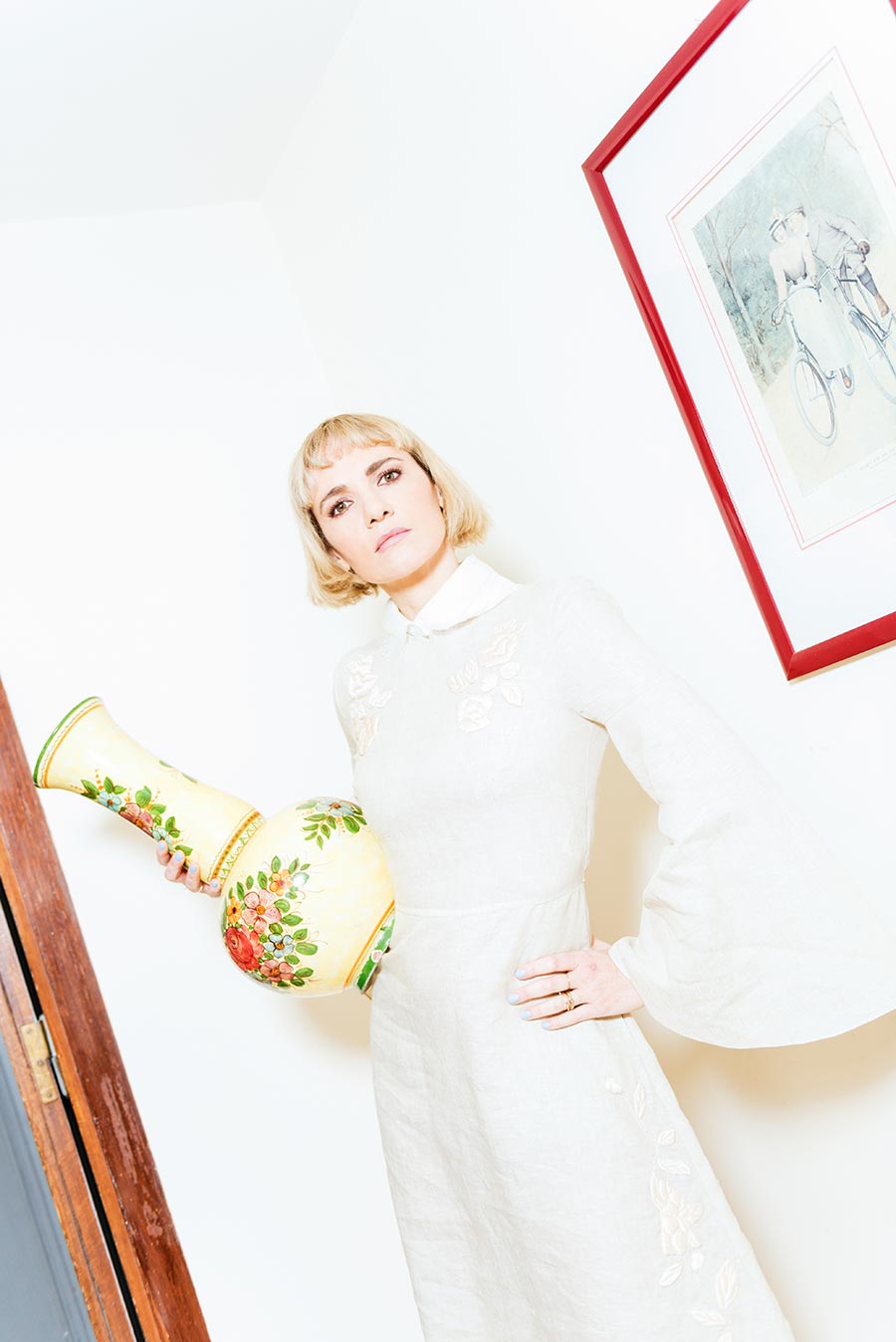
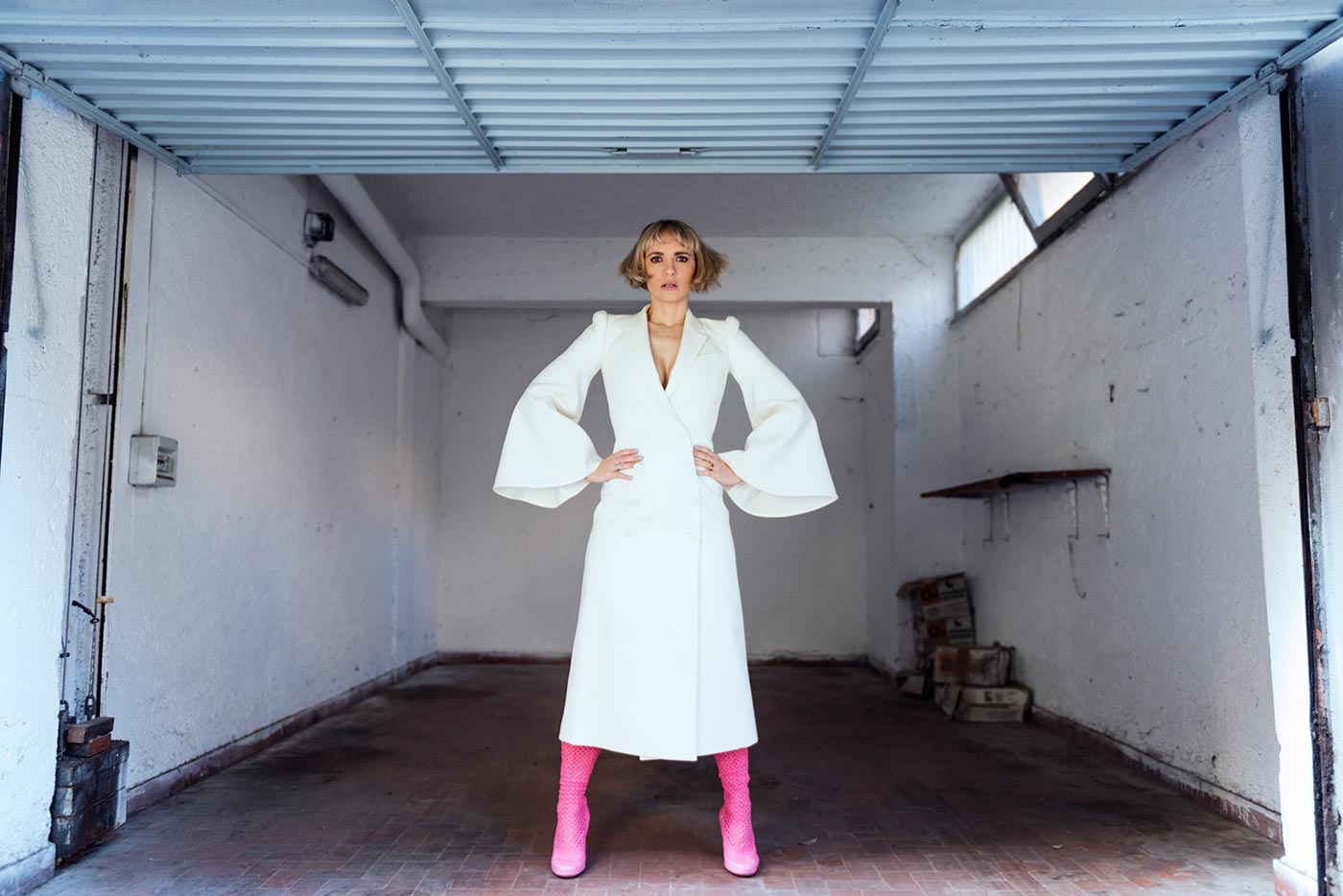
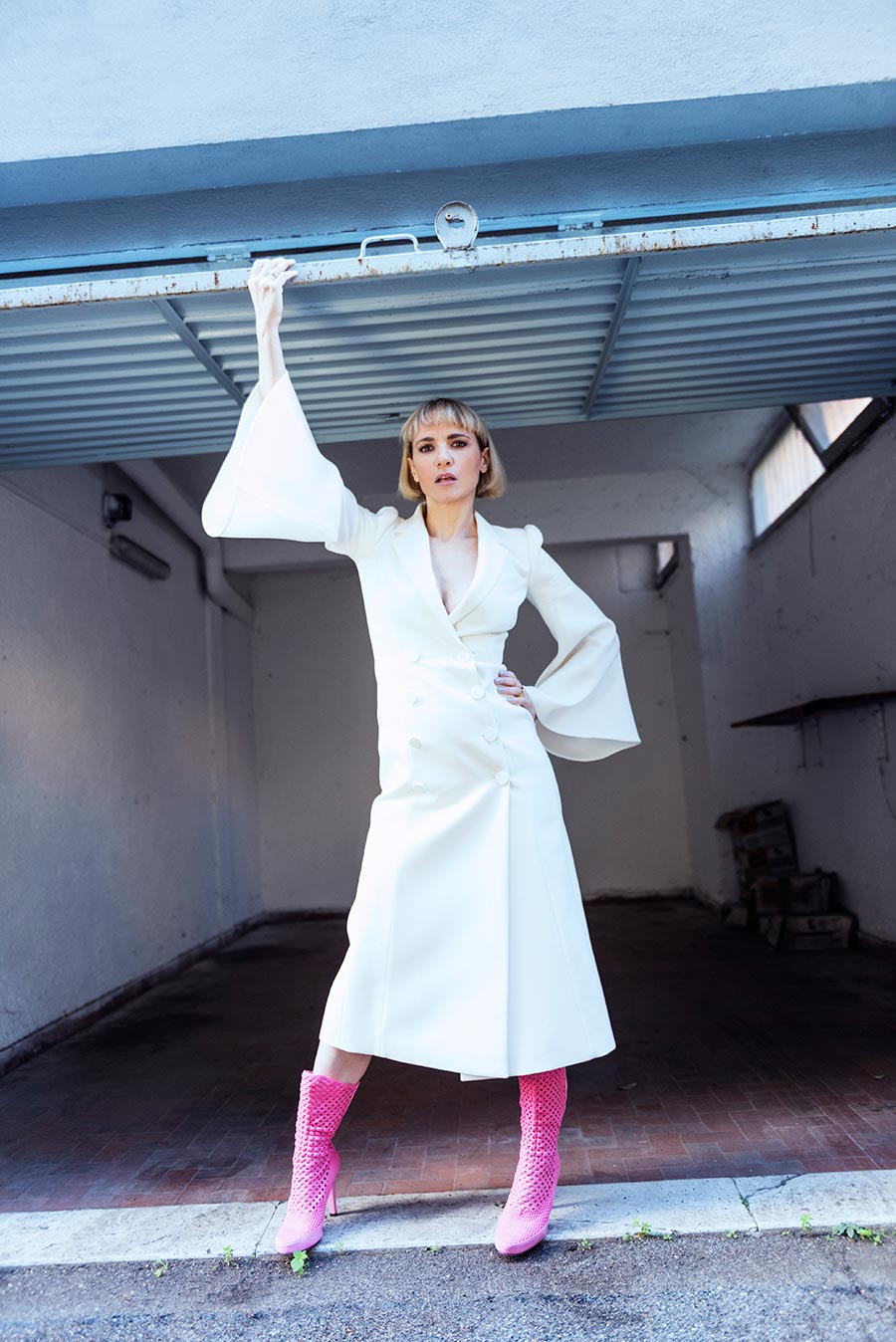
What will you do as soon as you can get out?
Go back to the restaurant. I like to go and try the starred restaurants around Italy, I went to Joia in Milan, the first starry vegetarian restaurant in Europe, and it was a 5 stars experience. On the plate it looked like it was dear meet and instead it was watermelon.
Are you passionate about cooking?
I find that it represents the sense of family, as a community, which you want to take care of with food. In fact, my kitchen is bigger than my living room.
If you think about it, even during a dinner, you spend more time in the first room than in the second.
I taught my children to cook, I want them to be independent. The eldest has a talented hand, but he lacks in patience: if a recipe is tasty the first time, the second he goes off the cuff without consulting the doses. However, some of his recipes entered the fixed menu at home, such as chicken slices breaded with cornflakes.
The Italian film tradition is full of films that take place around a table: which is his favorite?
“La Grande Abbuffata”, no doubt.
Your husband is a director, so you will often confront each other on the matter. Isn’t it a bit difficult to take “the job” also at home, in front of the set table?
I would not have been able to be with a person who does not work in my environment, because I would not have felt fully understood, we team up. I assure you, however, that with two boys, two cats and a dog, as soon as you enter the door, there is no more time to think about much else.
Starring: Camilla Filippi (@camillafilippiofficial)
//
Photography: Roberta Krasnig (@robertakrasnig)
Styling: The Other Agency
Photography Assistant: Chiara Filippi (@filippi.ch)
Interview by Giuliana Matarrese (@giuliana_matarrese)
All clothes by FENDI
Slam Jam x Nationhood: Beyond History
Slam Jam x Nationhood: Beyond History
Archivio Slam Jam Curated by Nationhood
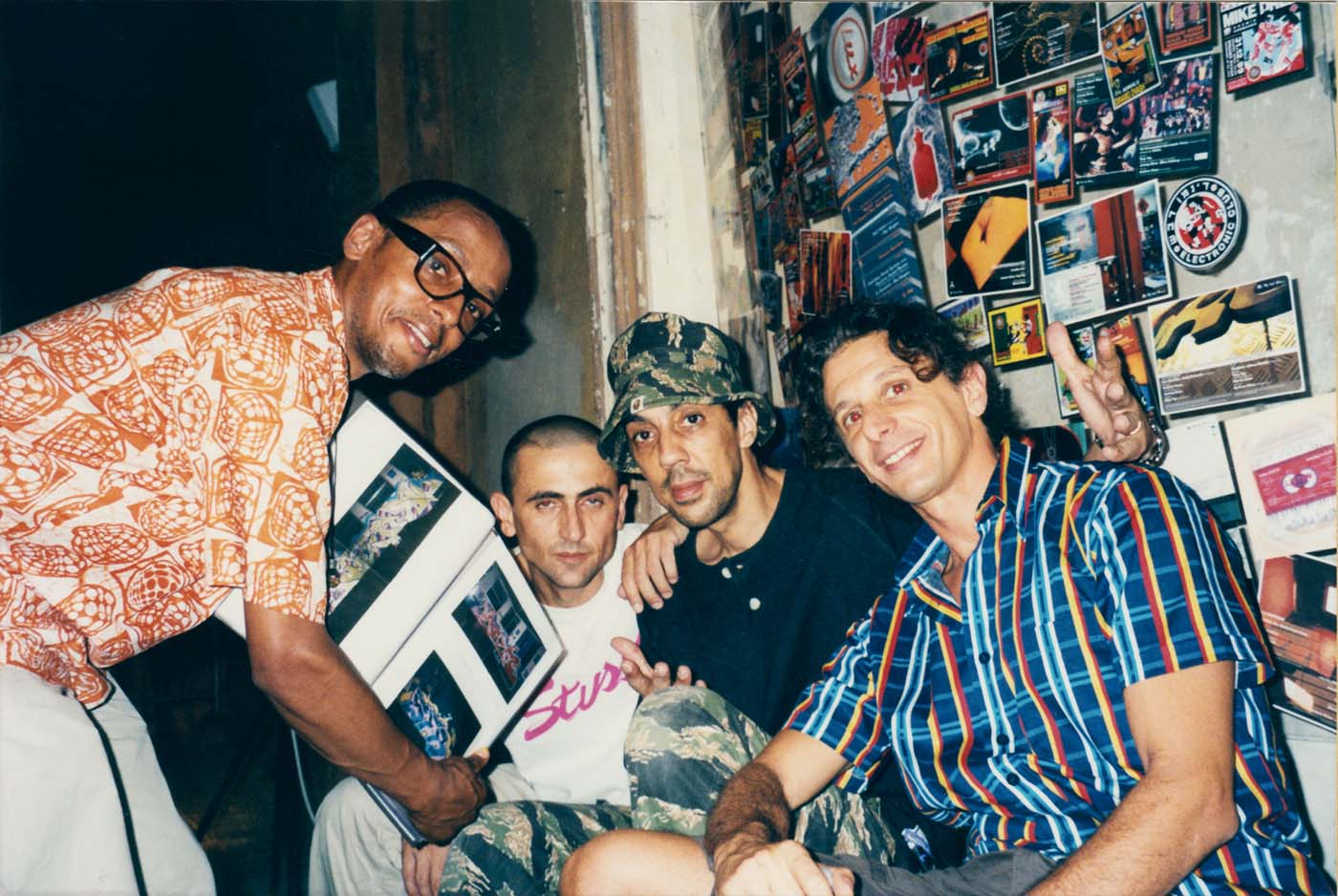
Mode2, Luca Benini, Futura 2000 & Alberto Scabbia in Modena (IT) during “Defumo” event, 2001
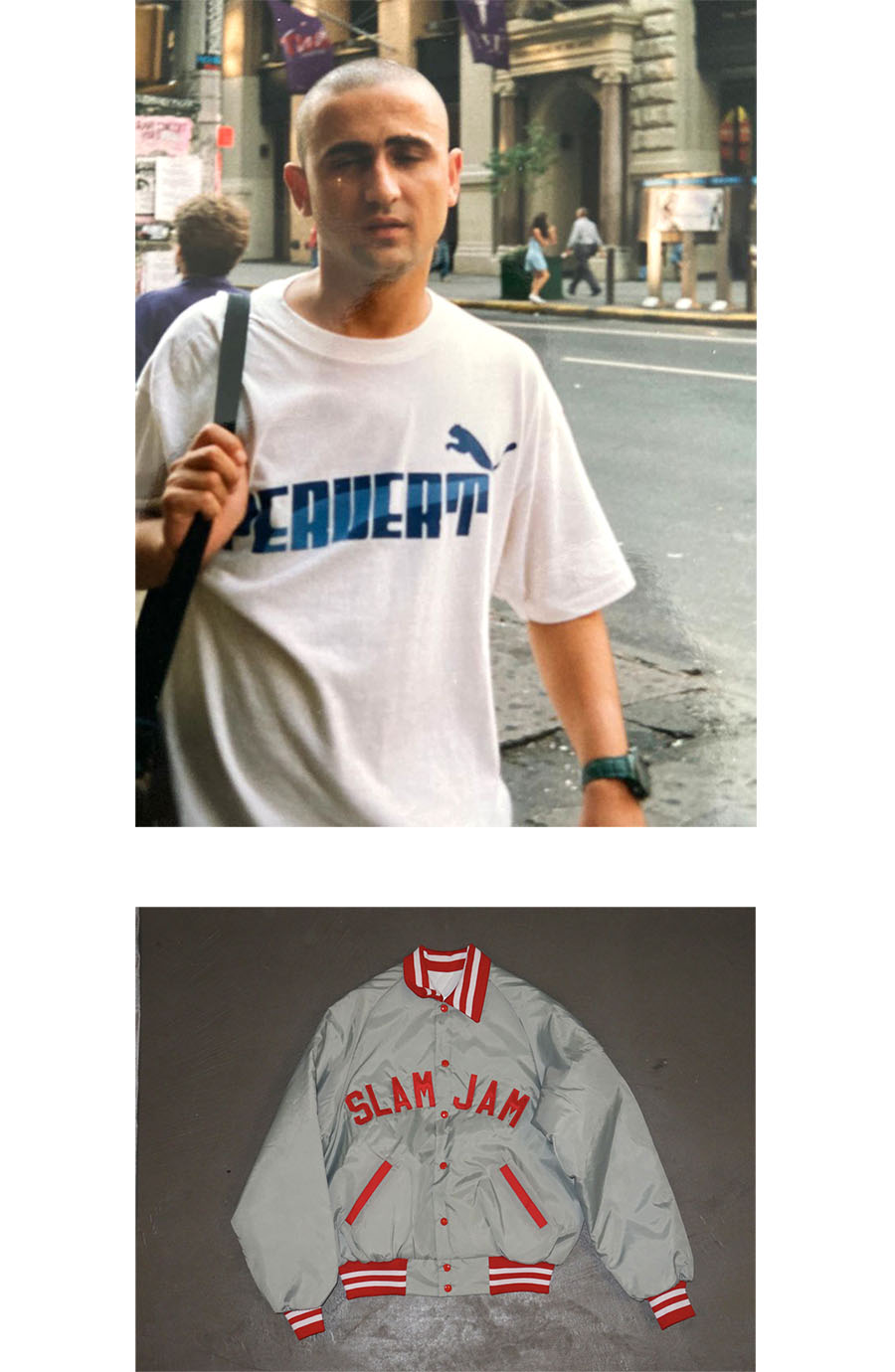
Luca Benini wears a Pervert t-shirt, NY 1993 /
SLAM JAM varsity jacket designed for Slam Jam team, 1993
Over 30 years since its establishment, Slam Jam, street culture brand leader, is opening the doors of its archive for the first time with an exclusive project devised by Nationhood.
Founded by Luca Benini in 1989, Slam Jam was born to serve the underground long before the term “streetwear” existed, becoming the first Italian importer of then unknown brands such as Stüssy. From its headquarter in Ferrara to the fashion capital of Milan, Slam Jam honed a unique and highly distinctive style guided by art, music and clubbing, connecting tribes of like-minded people across the world.
Nationhood is a multidisciplinary studio founded by Achille Filipponi and Matteo Milaneschi. Its goal is to generate new codes and languages in the field of cultural communication, focusing on editorial design. The studio partners with international brands and cultural institutions. Its activities span from the creation of magazines and photography books, through the creative management of digital projects, to curatorship.
The project of the Slam Jam Archivio curated by Nationhood comprises a new location in Slam Jam’s headquarters in Ferrara, and a consultable online atlas stemming from an experimental publishing plan focused on the brand’s cultural heritage.
The private collection of Mr. Benini is now a new cultural resource with its own digital platform, a long list of publications, and various offline off-shoot activities hinging on visual art and culture. Nationhood designed an infinite scroll to connect different contents in a sequence of images, a collision of Lo-Fi cinema and visual brutalism aesthetic. The upshot is a new digital device showing the anthropology of the look and underground subcultures of which Luca Benini was a founding presence: from clubbing on the Riviera Romagnola, London and NY in the early nineties, to the international hip-hop scene and Japan’s noughties fashion neo- avant-garde.
The hyper-photographic atlas is mixed with soundscapes from the around 10,000 vinyls in the collection, offering up the archive in a visual stream that confirms the potential lyricism of chaos and cyberspace as the symbolic place of a new digital romanticism.
The project represents an worthwhile opportunity for all the longtime Slam Jam fans, as well as an opportunity for young fans of urban culture and streetwear, to understand the origins of this current trend which is now so crucial in the balance of the fashion system and of contemporary audio-visual culture.
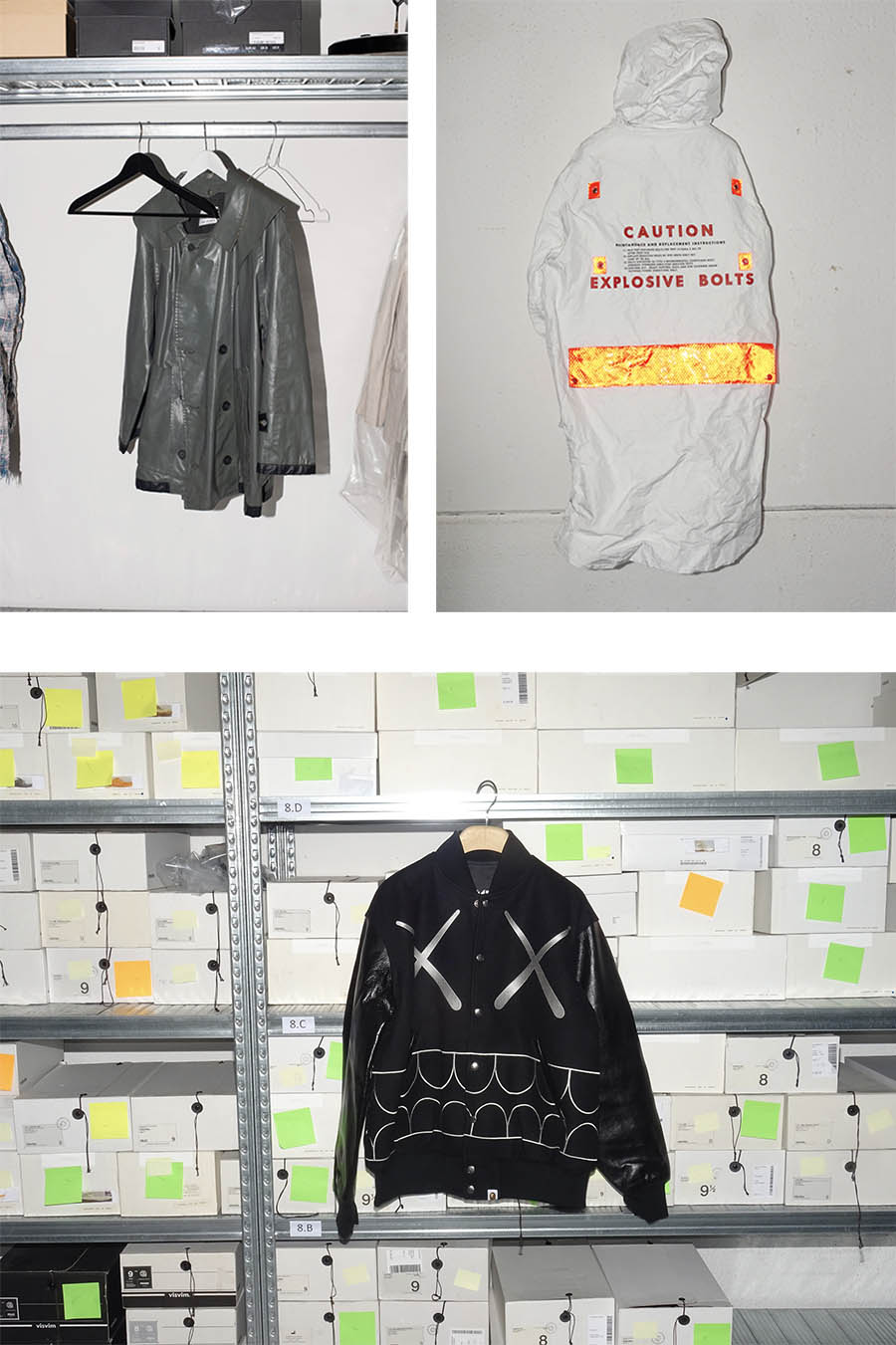
STONE ISLAND raincoat jacket (1983), UNDERCOVER ‘Space Odissey’ parka (2001),
BAPE KAWS chomper varsity jacket (2005)
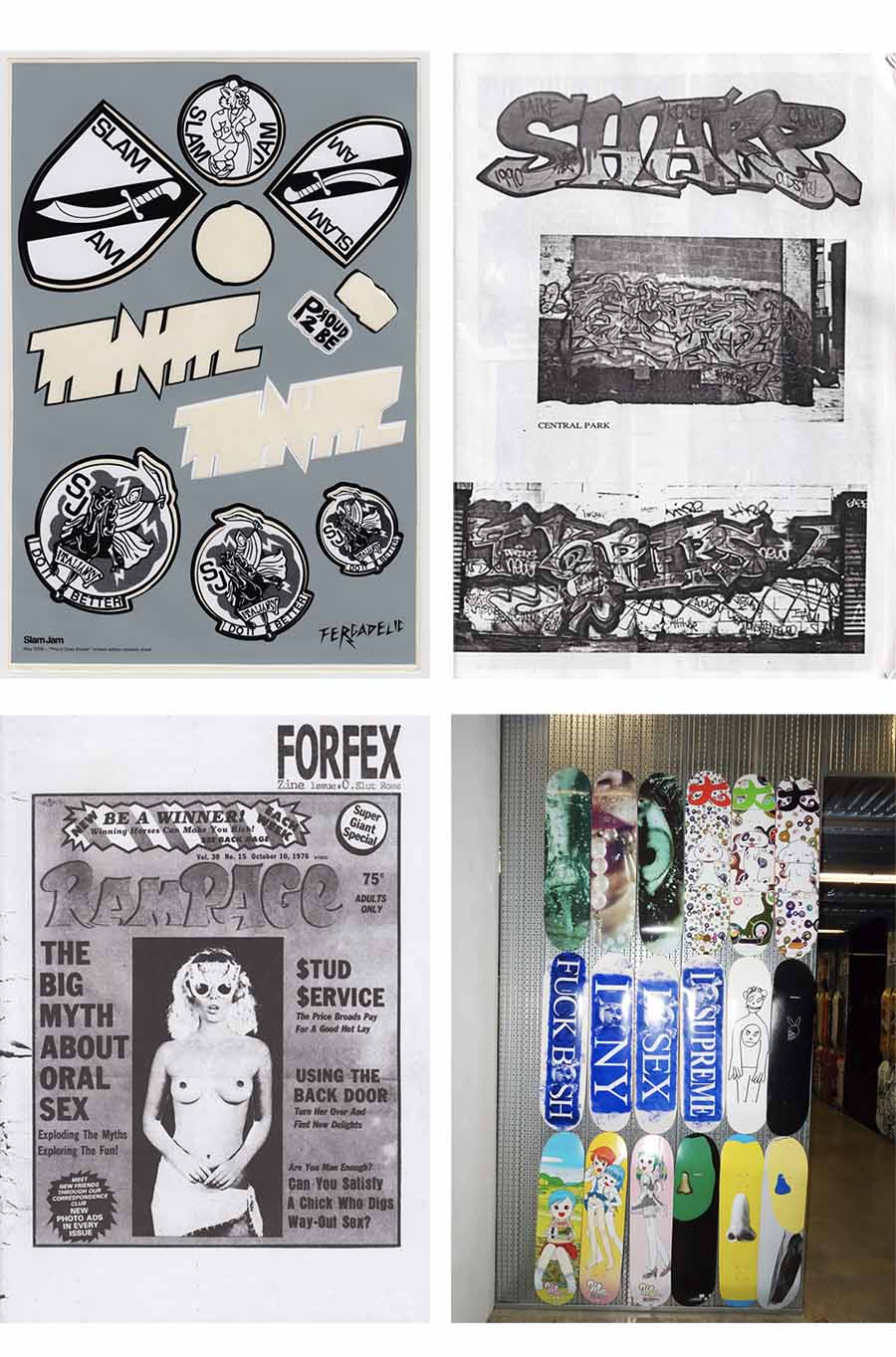
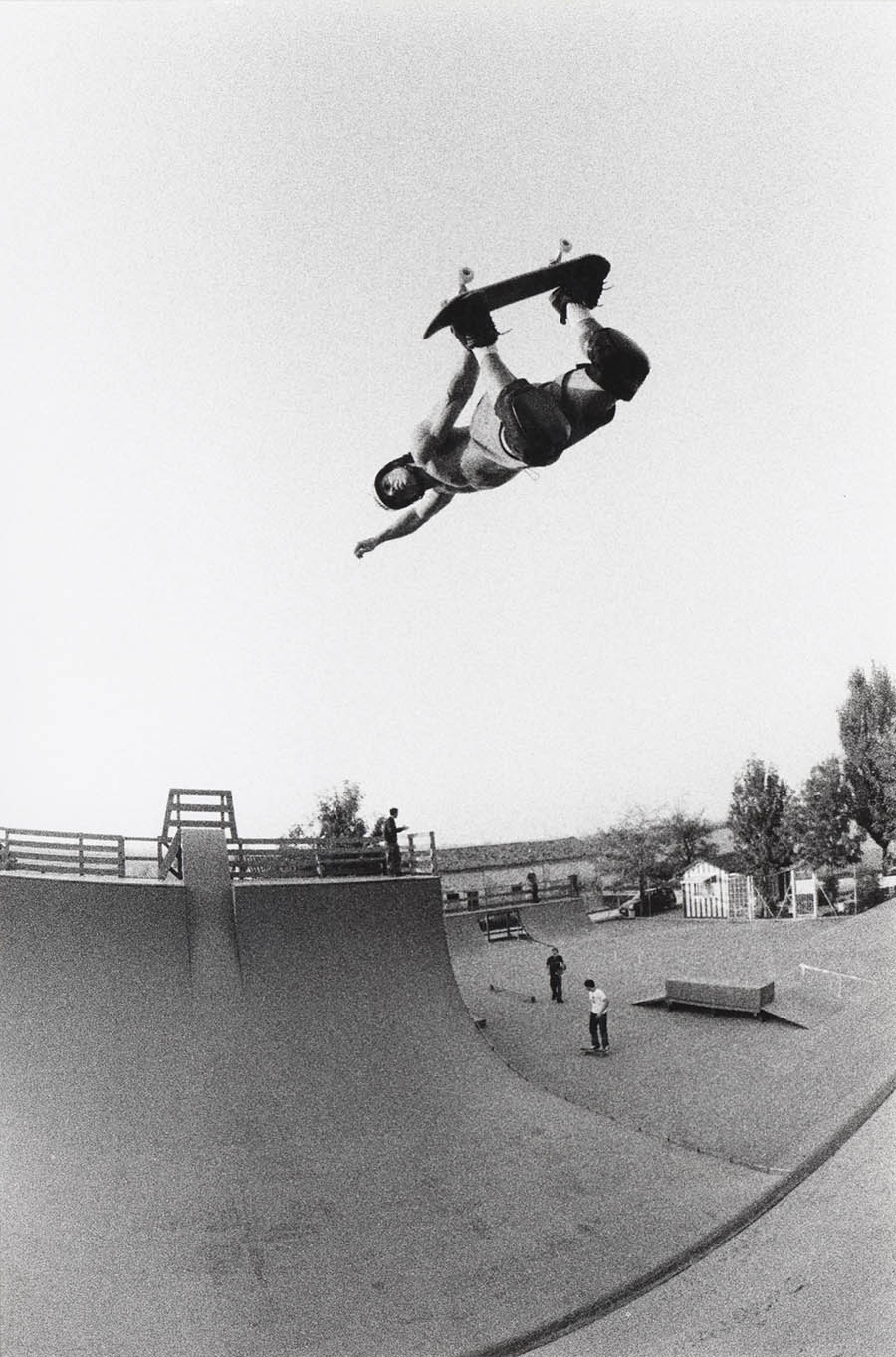
(left) stickers by FERGADELIC (2006), cover of FOREZ ZINE issue 0 ‘Slut Rose’ (2009), TRAP FANZINE issue 2 (1993), Slam Jam SUPREME X ANDREI MOLODKIN ‘FUCK BUSH’ skateboard collection (2004)
(right) Giorgio Zattoni, Zoo York Tour, Ravenna (2001)
‘Tre Risvegli in Tre Tempi’ by GIAN BERTO VANNI (1969)
video shooting from Namaskàr produced by SLAM JAM (2007)
‘Crossing the German Border’ video from CARHARTT SPEKTRA (2008)
Text: Mattia Cantoni
BODYCITY
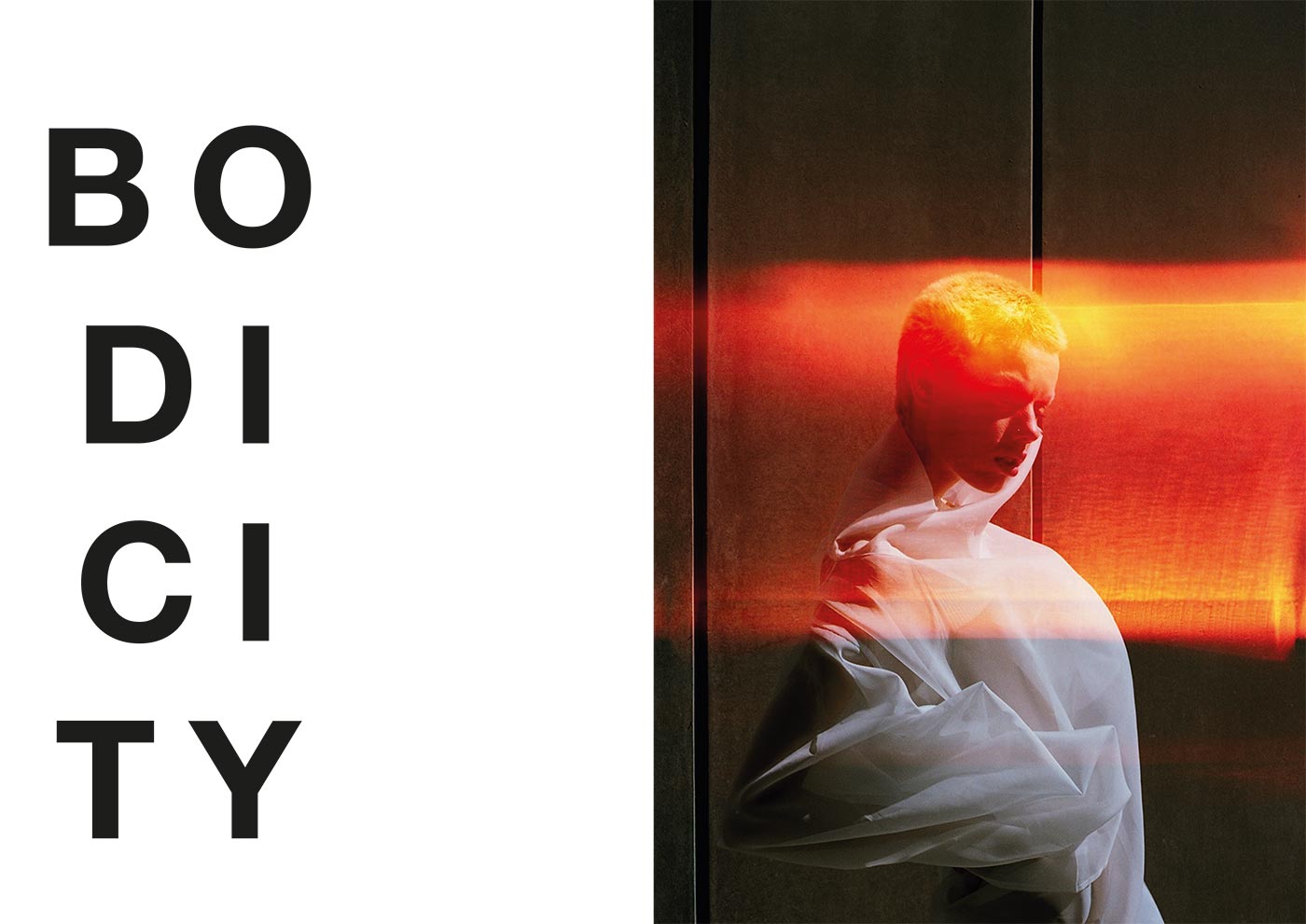
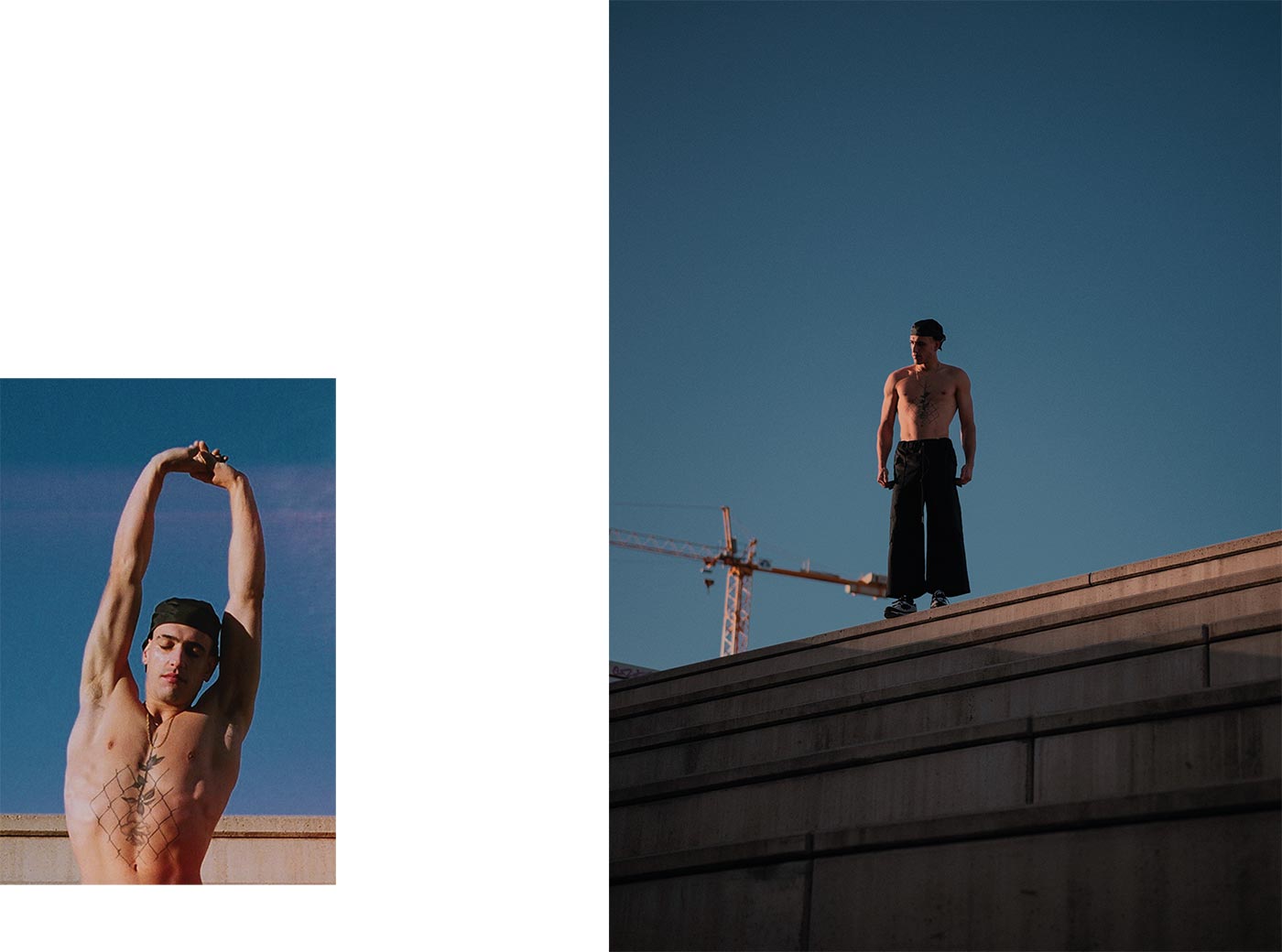
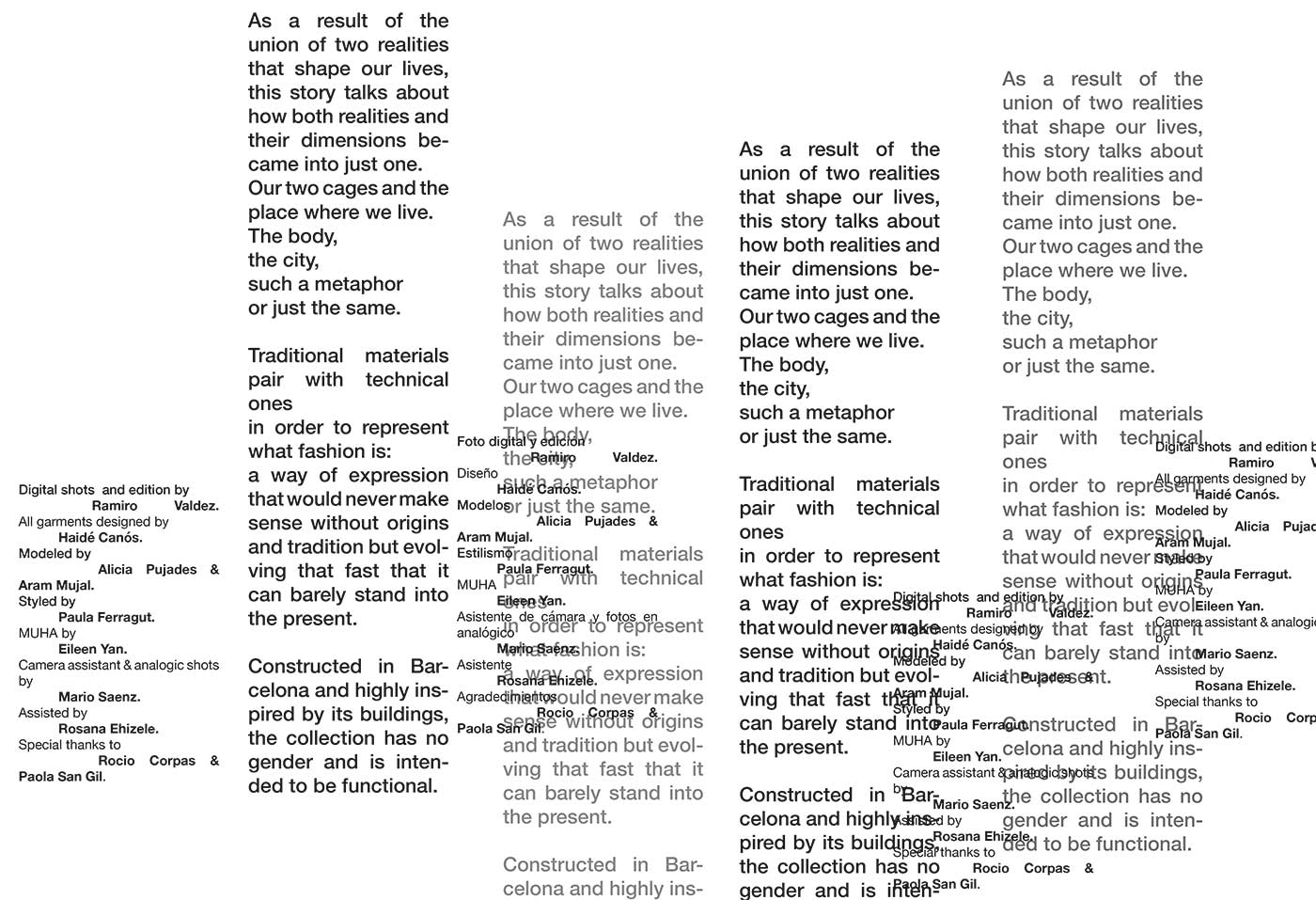
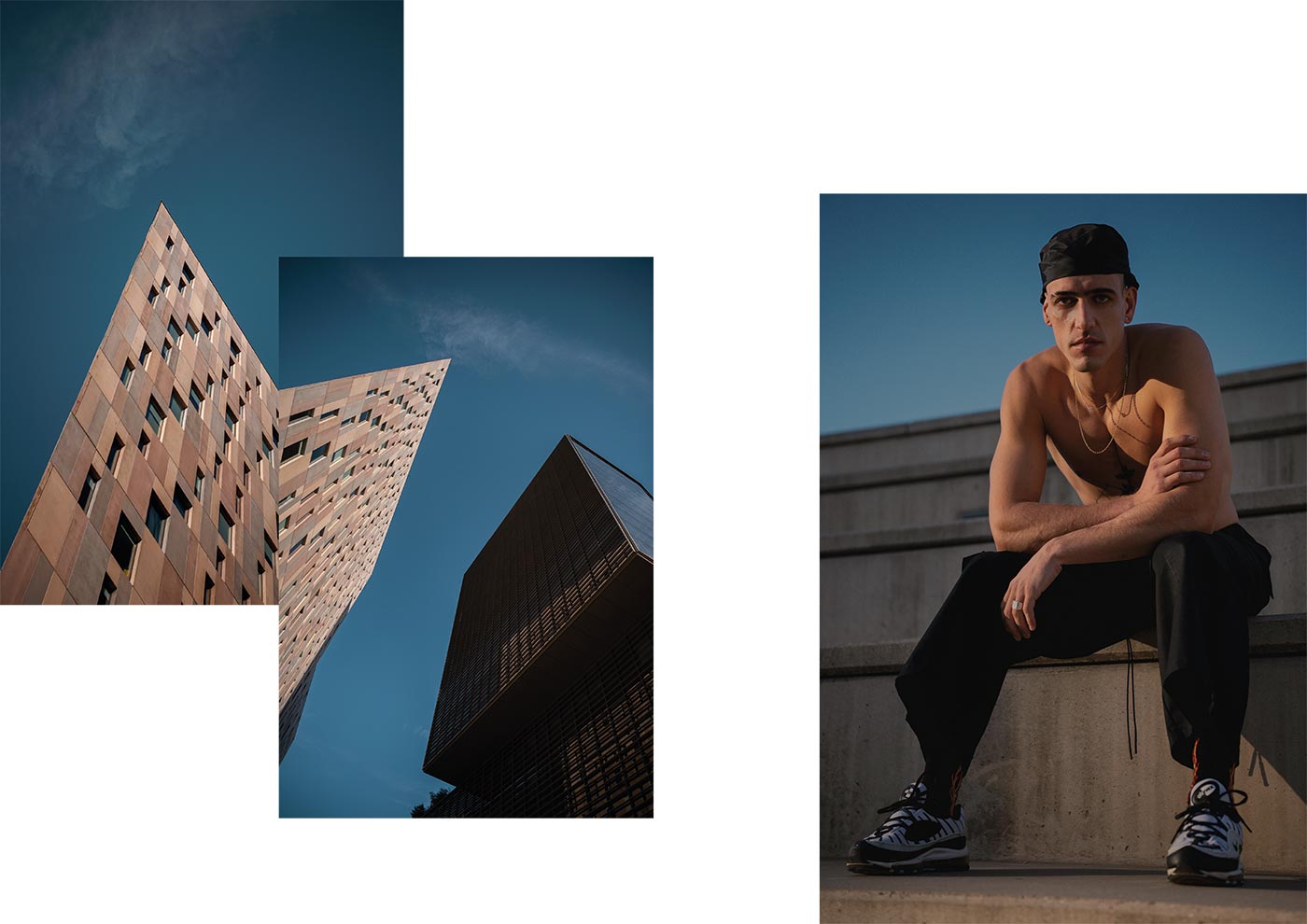
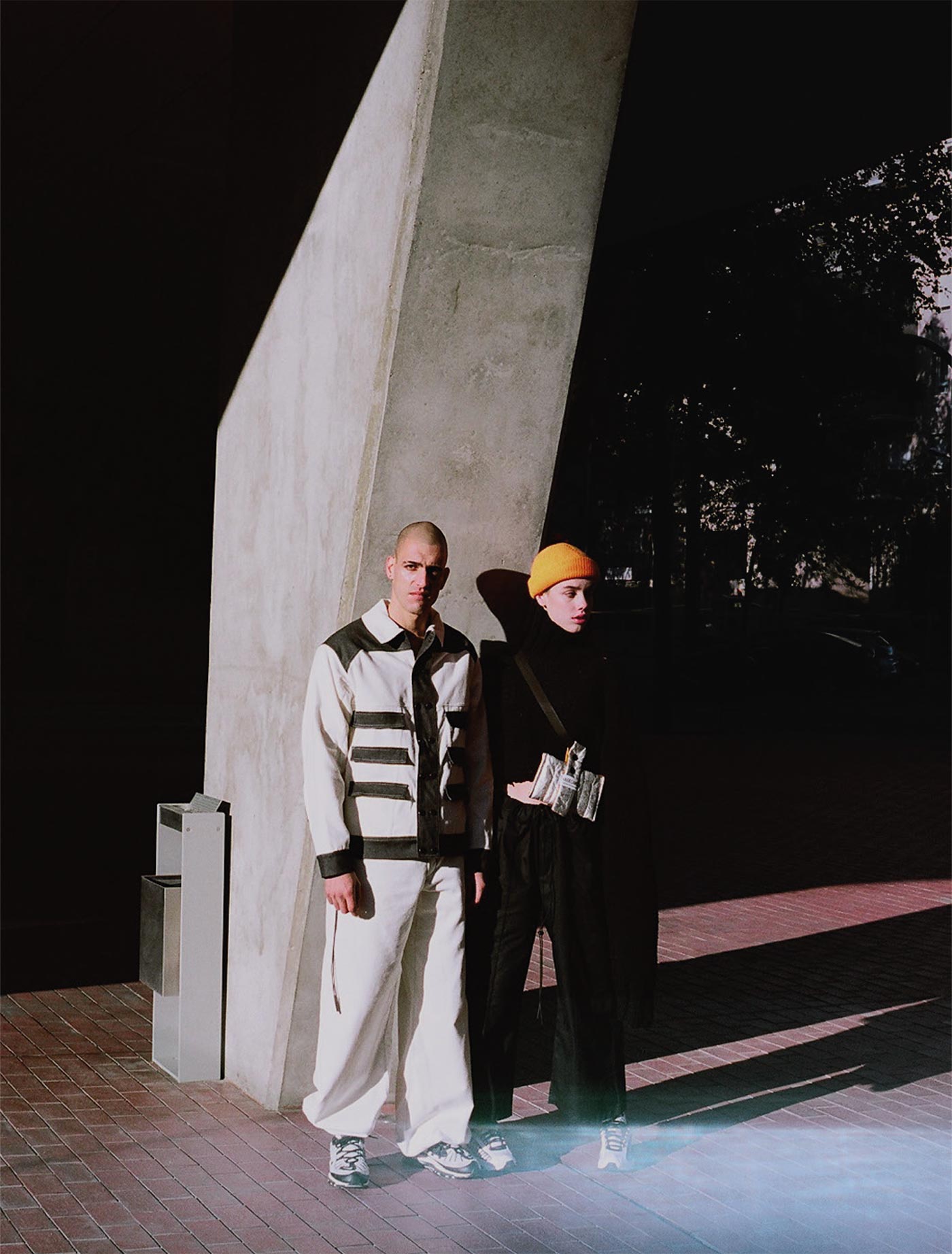
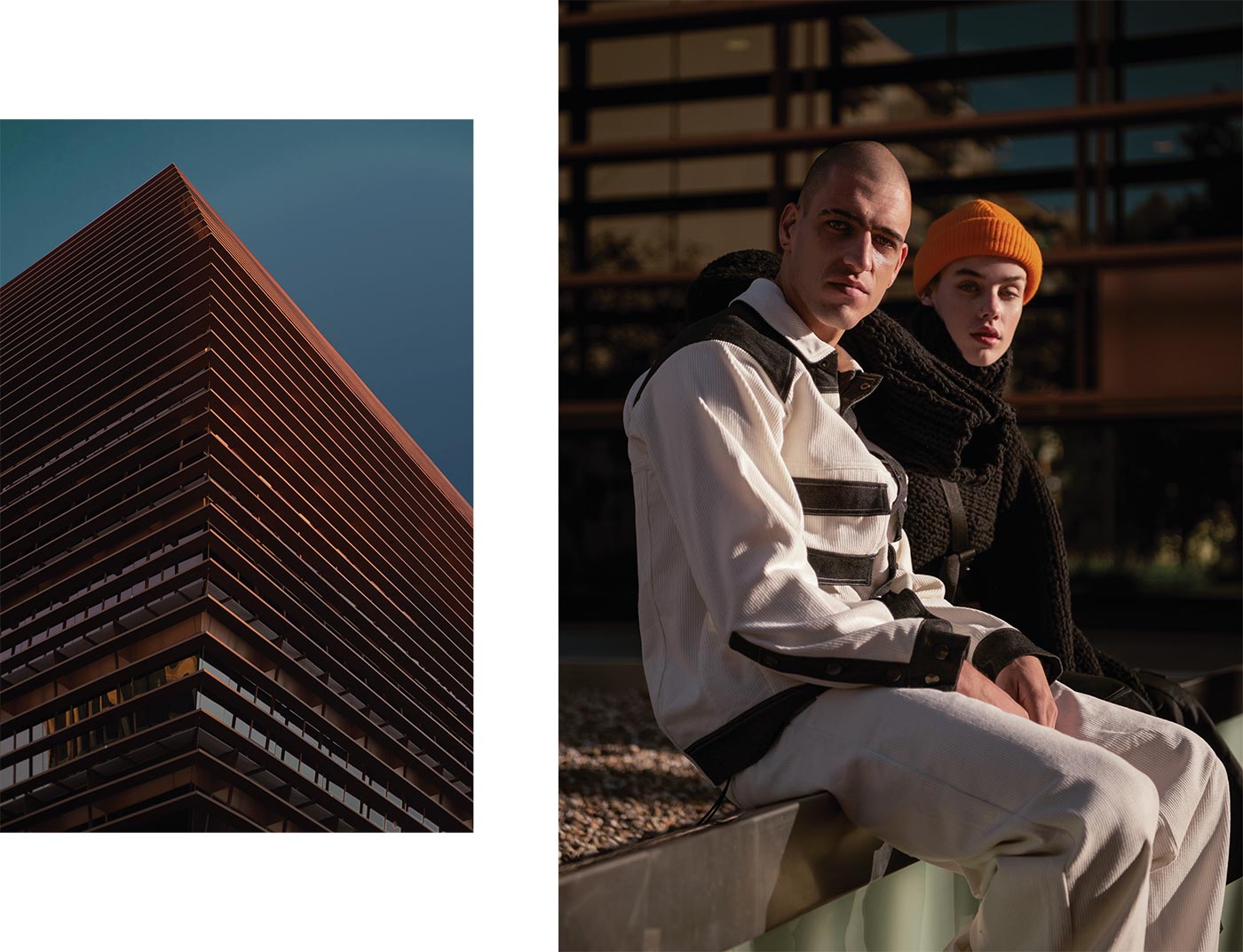
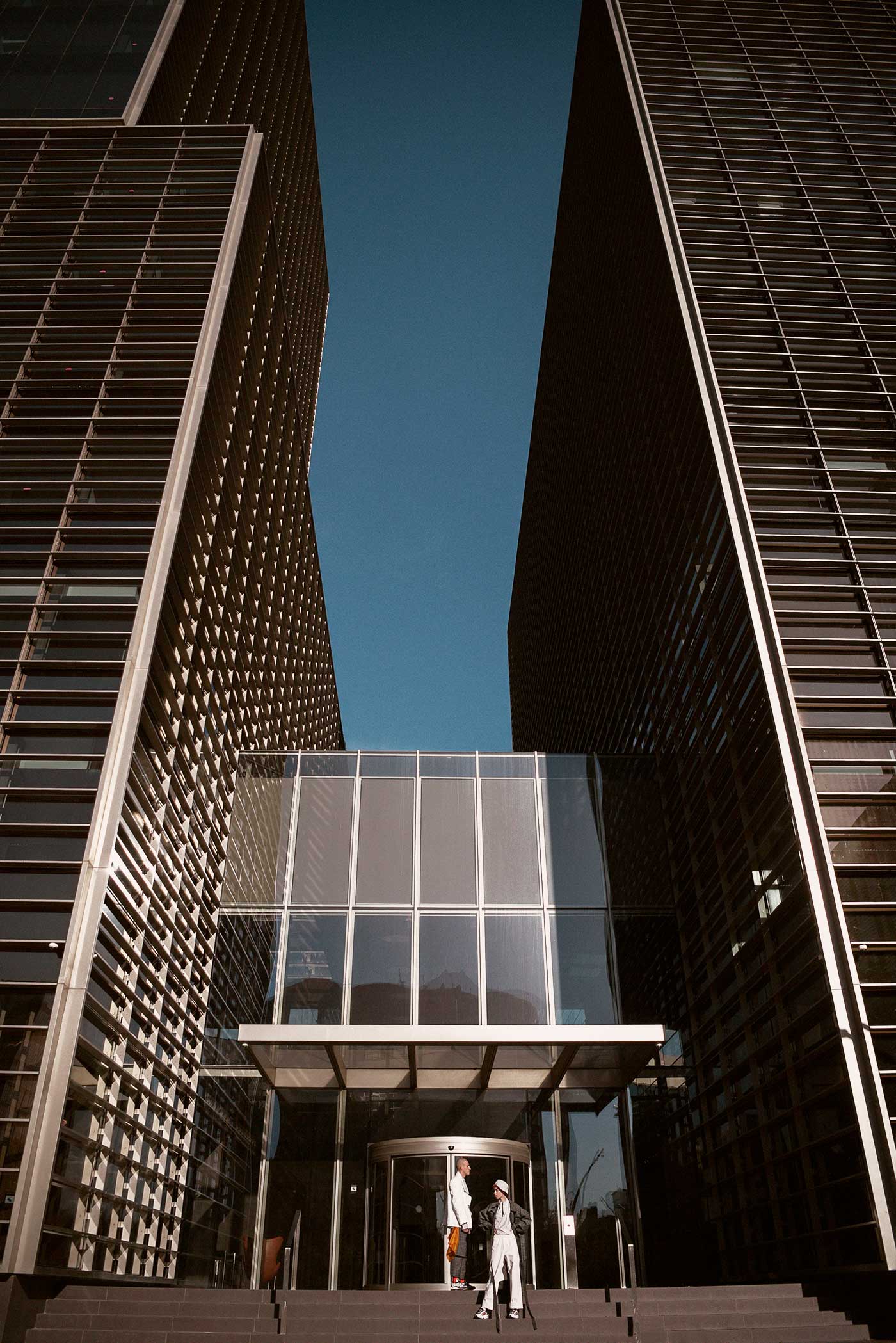
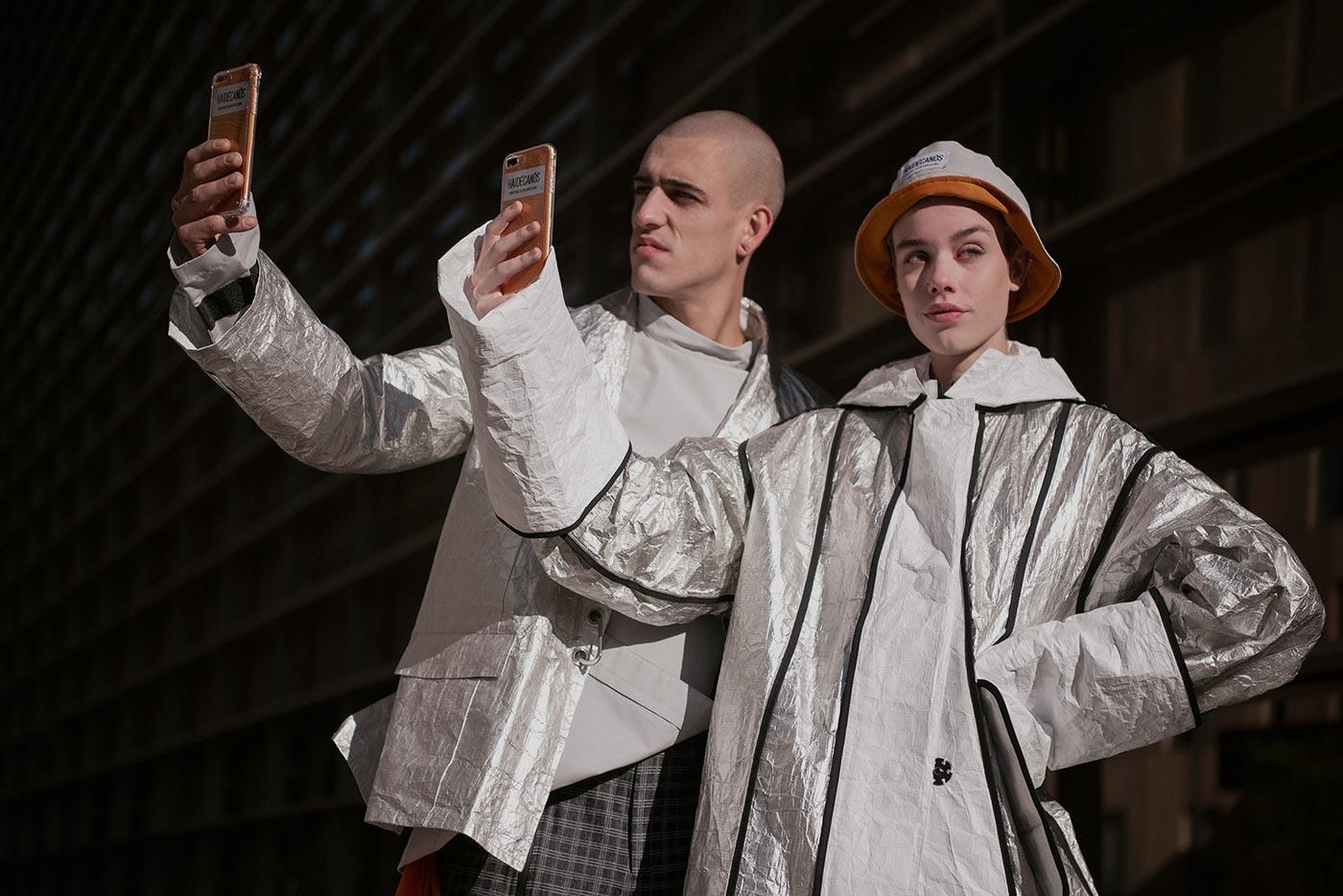
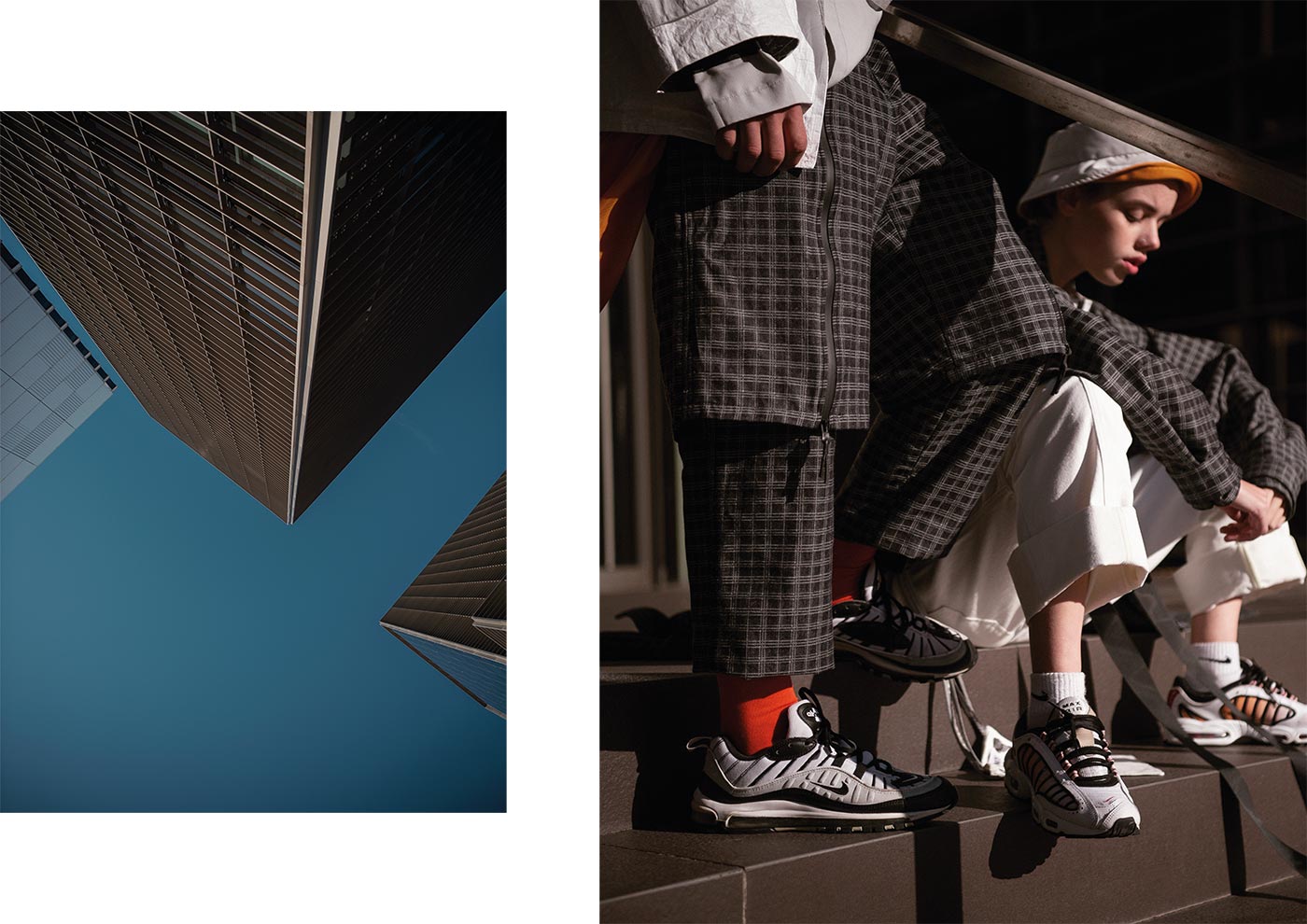
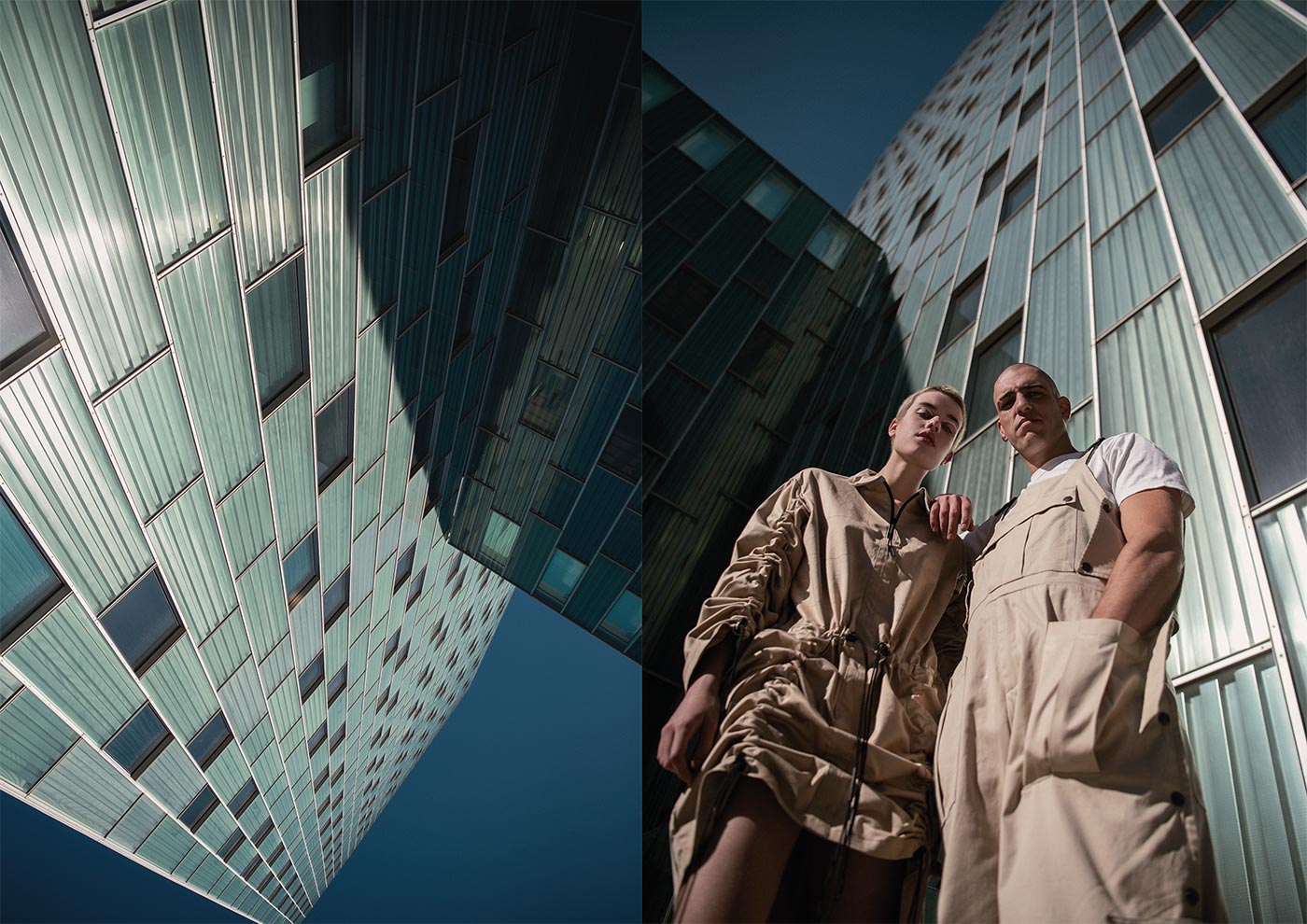

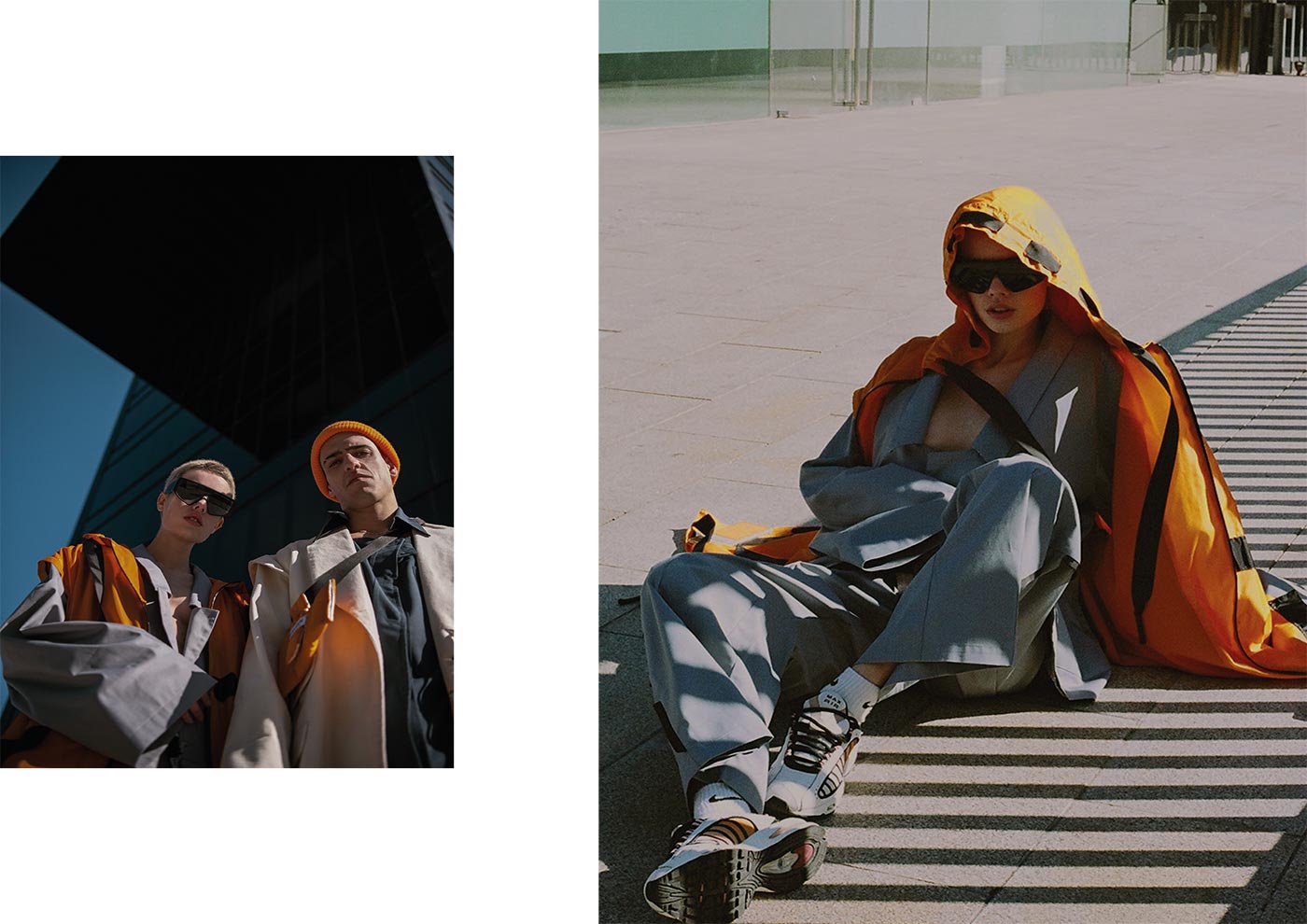
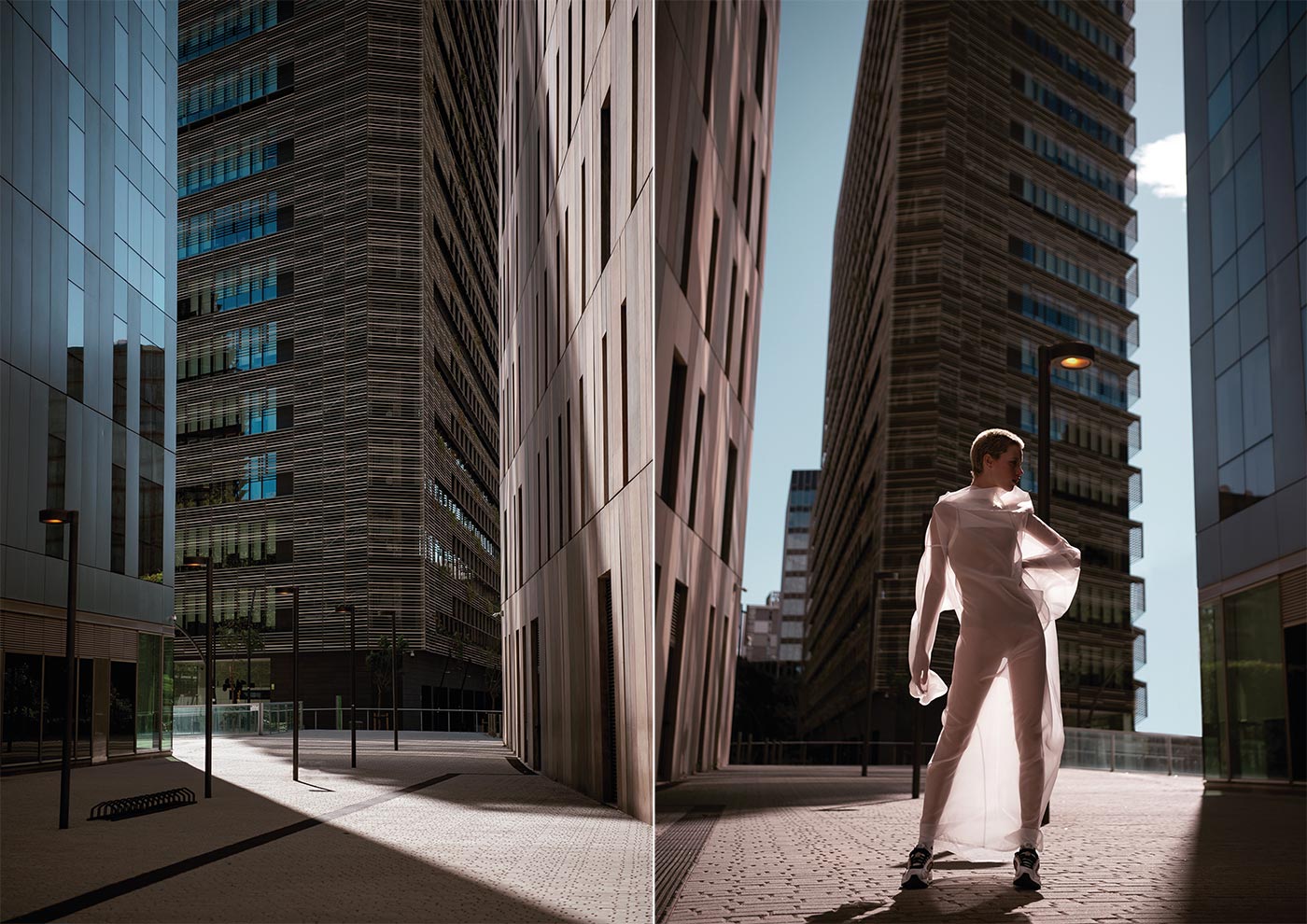


Photography: Ramiro Valdez (@ramiro_valdez)
Styling: Paula Ferragut (@paulaferragut1)
HMUA: Eileen Yan (@eileenyanz)
Photography Assistant: Mario Saenz (@mariotom4to)
Production Assistant: Rosana Ehizele (@rosebudblooms)
Models: Alicia Pujades (@aliciaapujades) & Aram Mujal (@arammujal)
All garments by Haidé Canós (@haidecanos)
Young in America
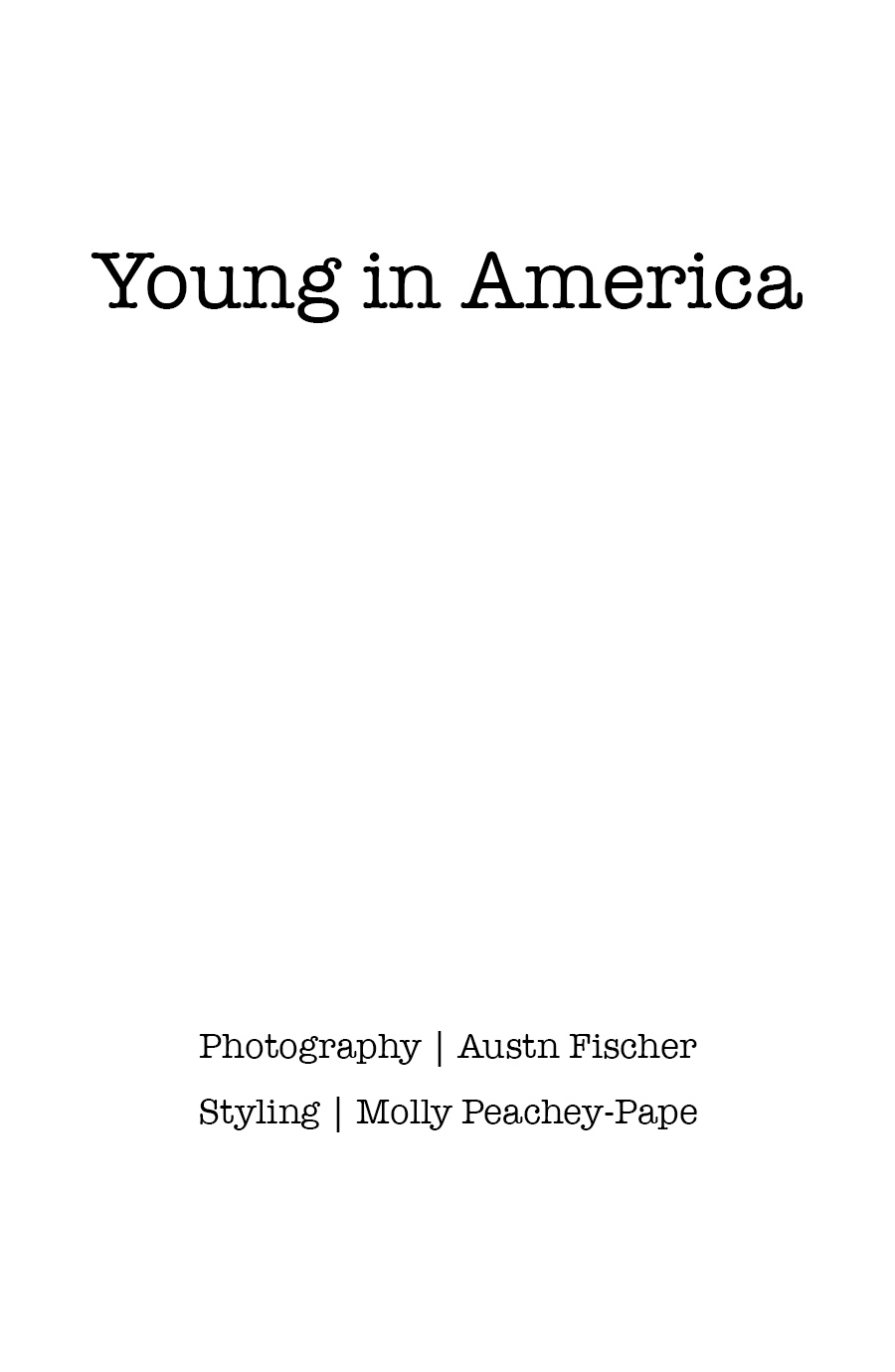
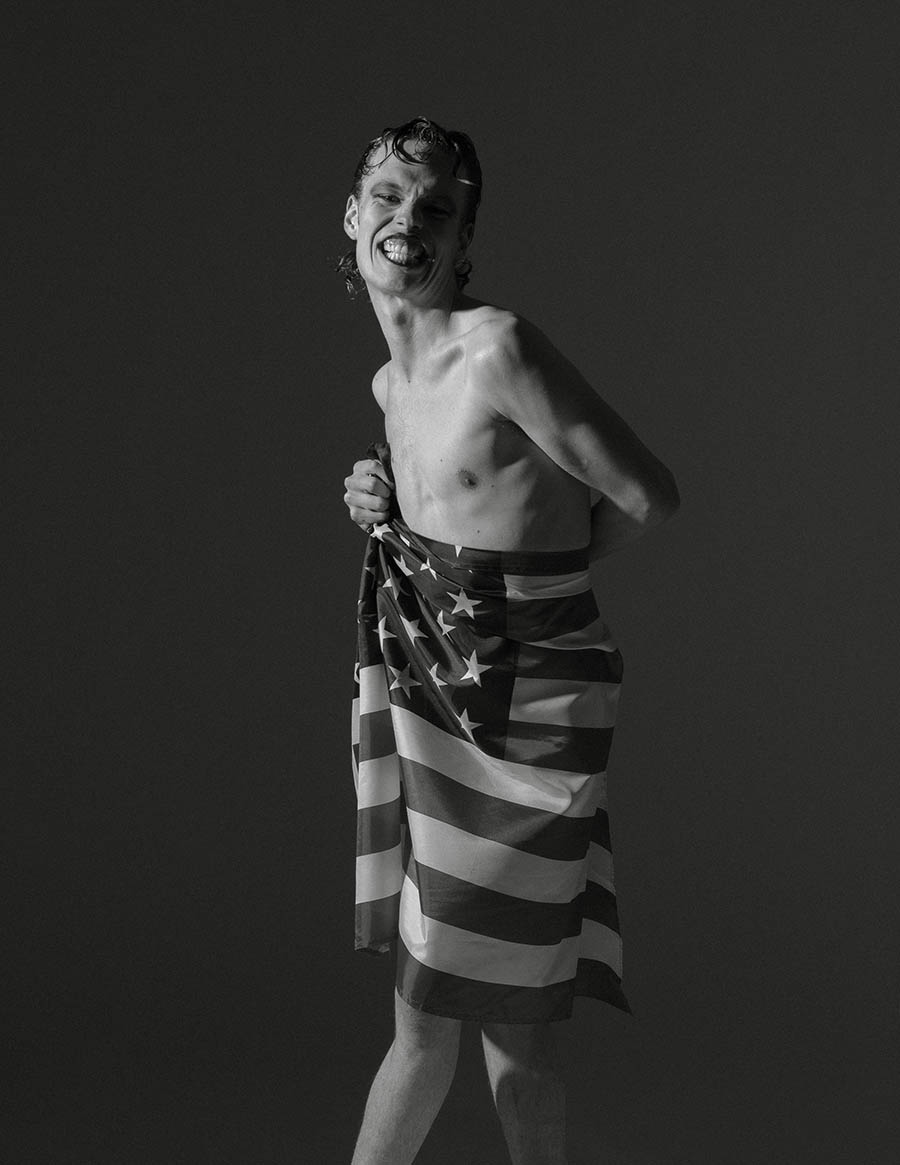


top (left) & shirt (right) CYGAN, tights & shoes vintage pieces
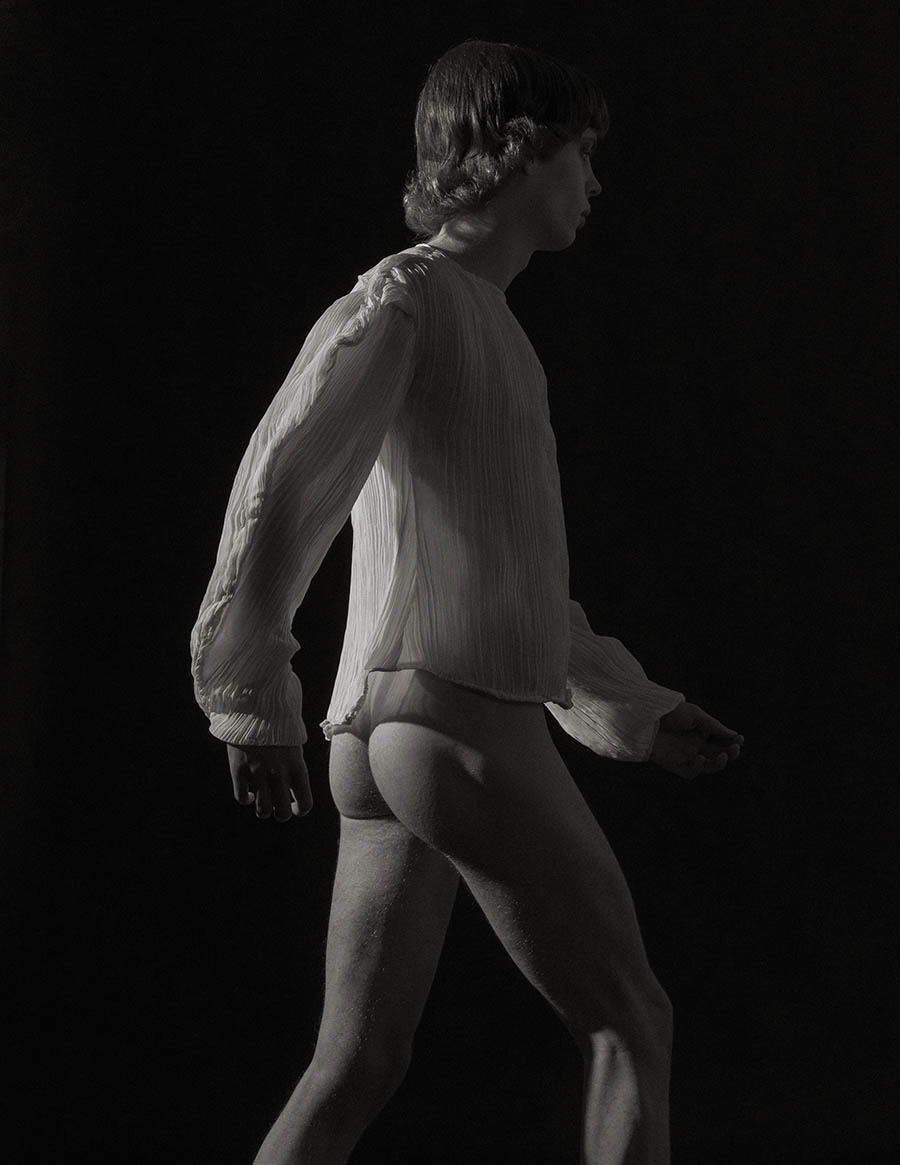



top & skirt CYGAN
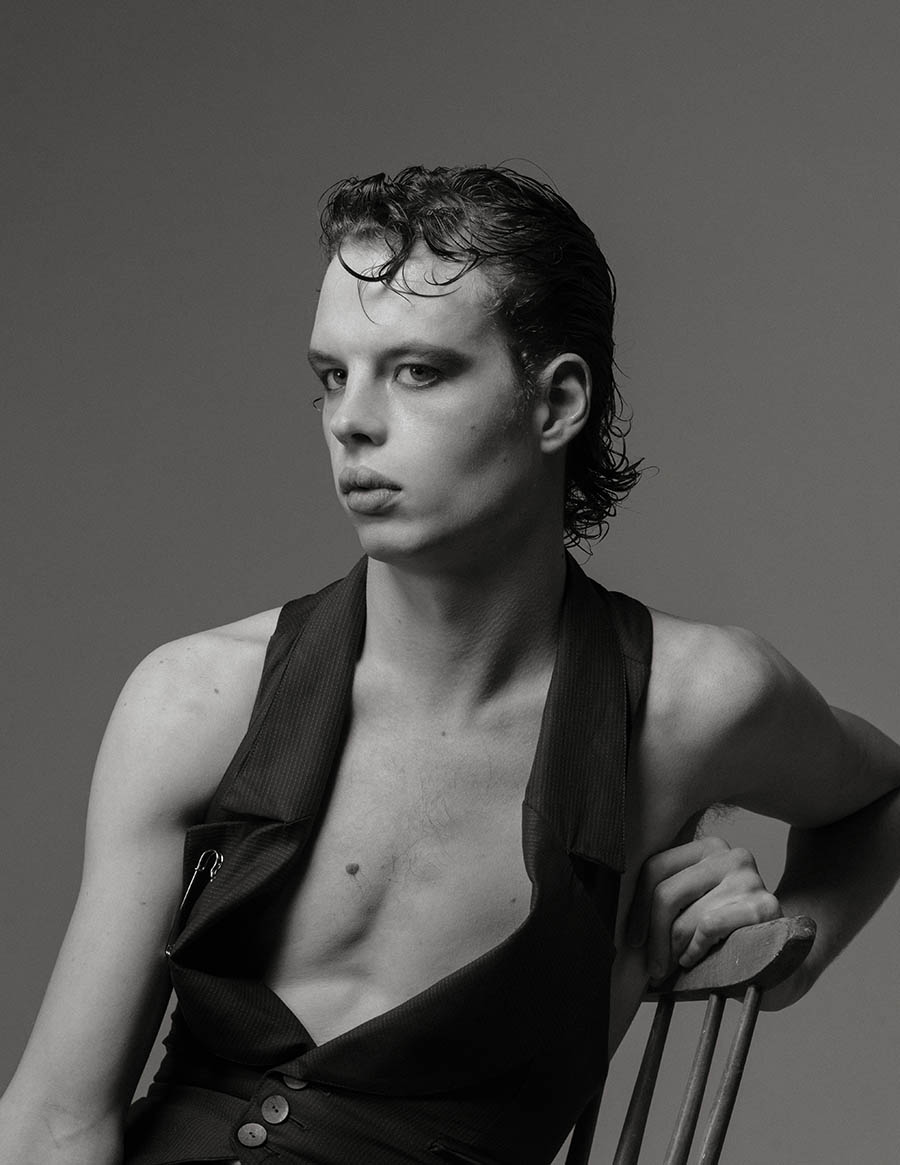
top ELLY BECKFORD
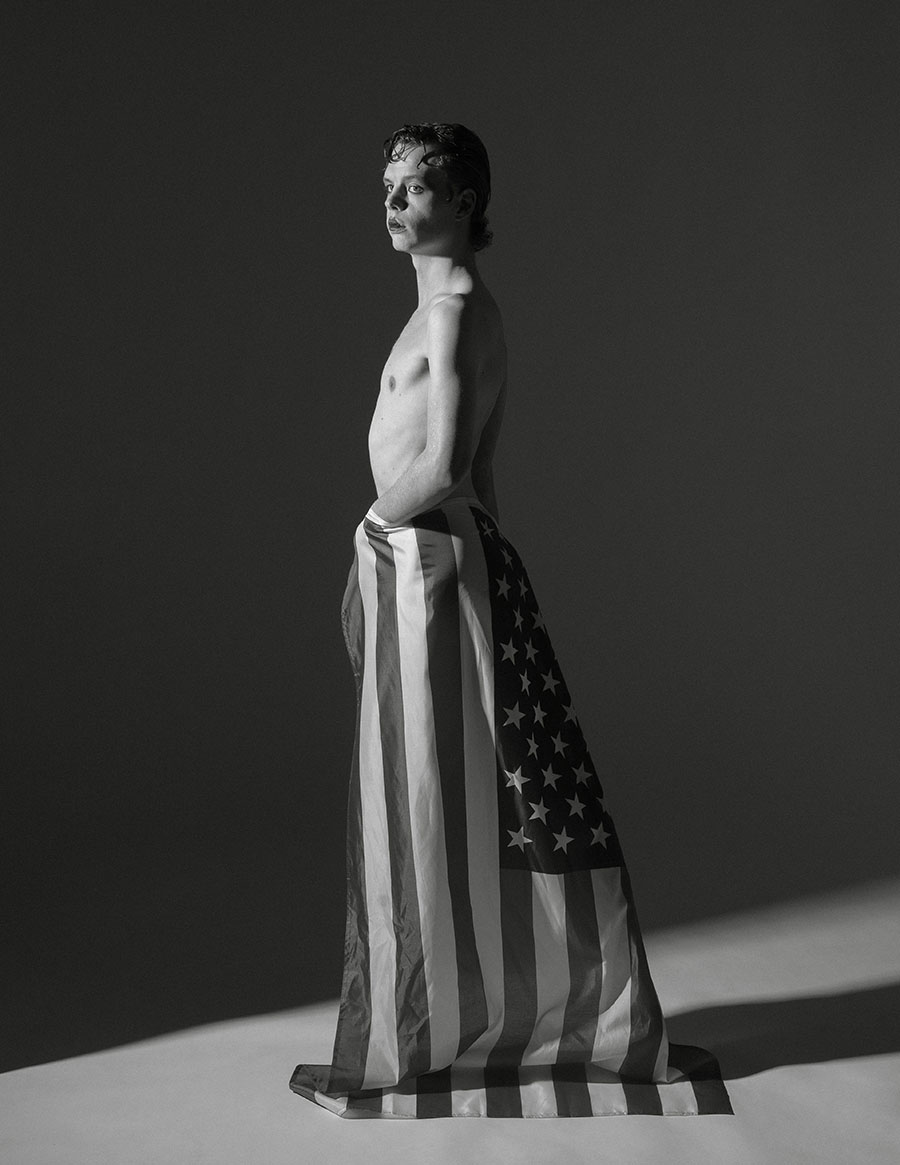

(left) top & pants ELLY BECKFORD, necklace B DODI, (right) top CYGAN
Photographer: Austn Fischer (@austnfischer)
Stylist: Molly Peachey-Pape (@mollypeacheypape)
MUA: Sunao Takahashi (@suuna__)
Hair Stylist: Nicola Harrowell (@nicola_harrowell)
Set Designer: Lily Soede (@lilysoede)
Casting Director: Vero Jacobs (@verojacobs)
Model: Cosmo Wellings (@cosmowellings)
Spell Broken
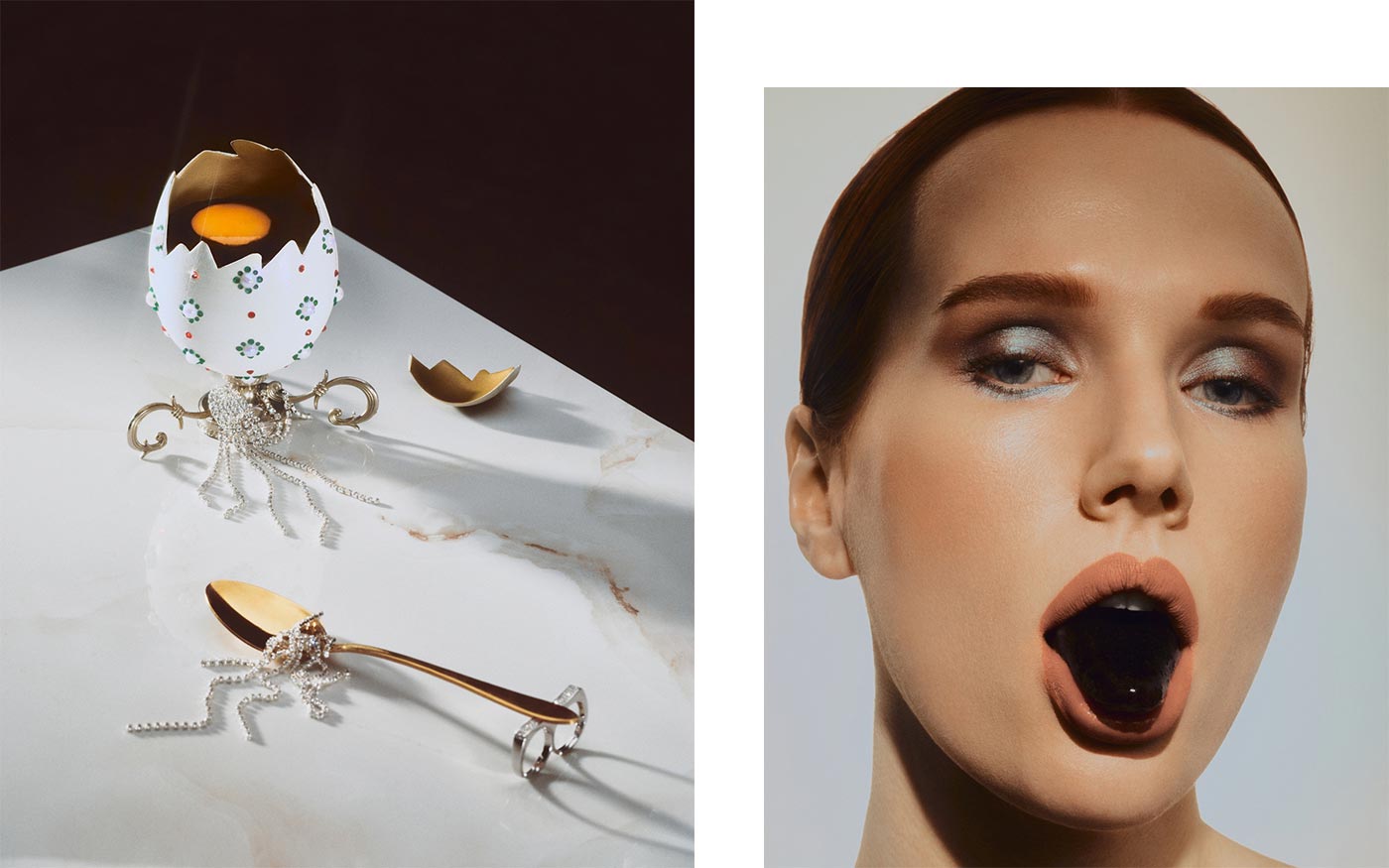
(left) ring APART, earrings vintage
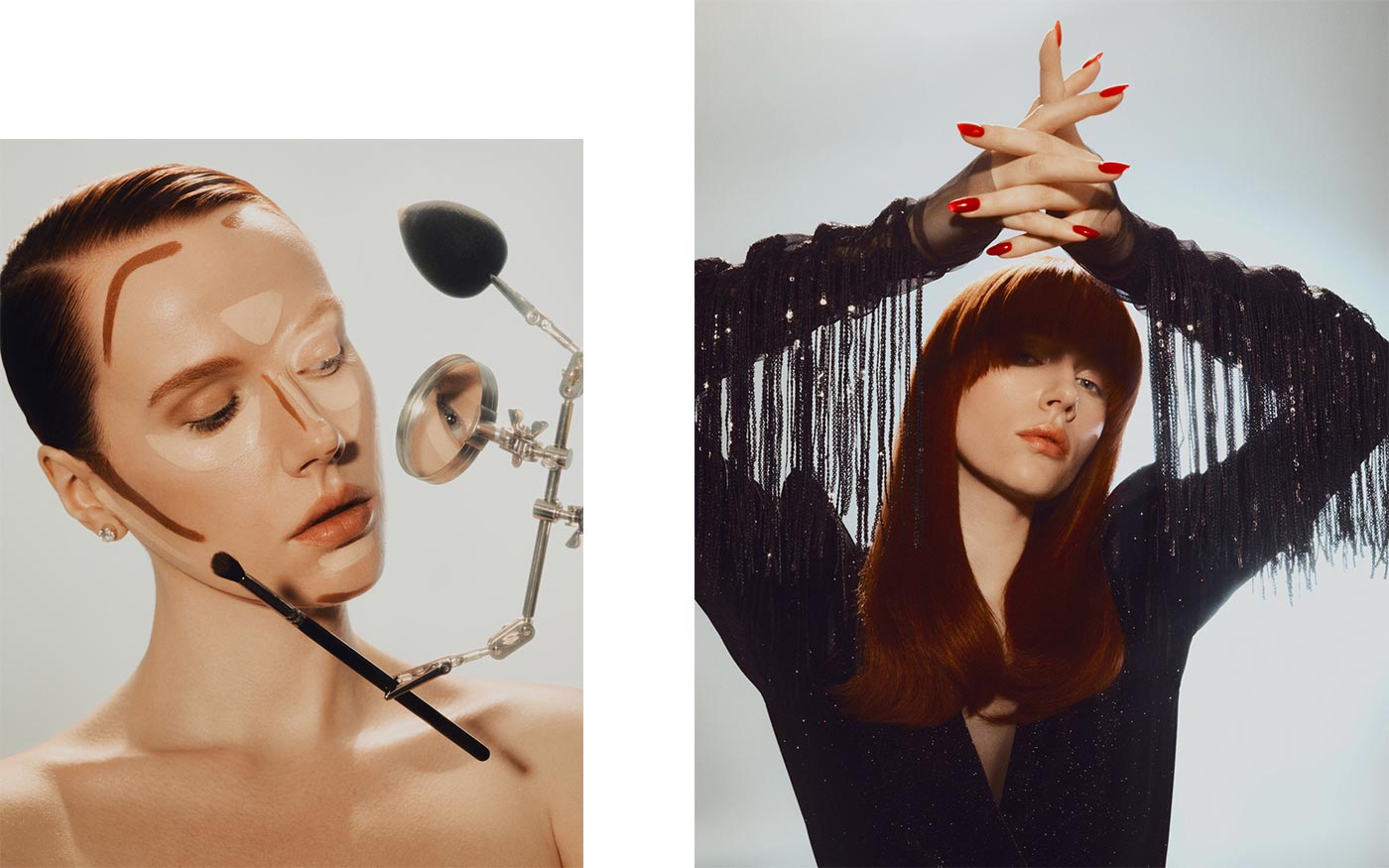
(right) dress GOSIA BACZYŃSKA, gloves BŁAŻEJ TELIŃSKI
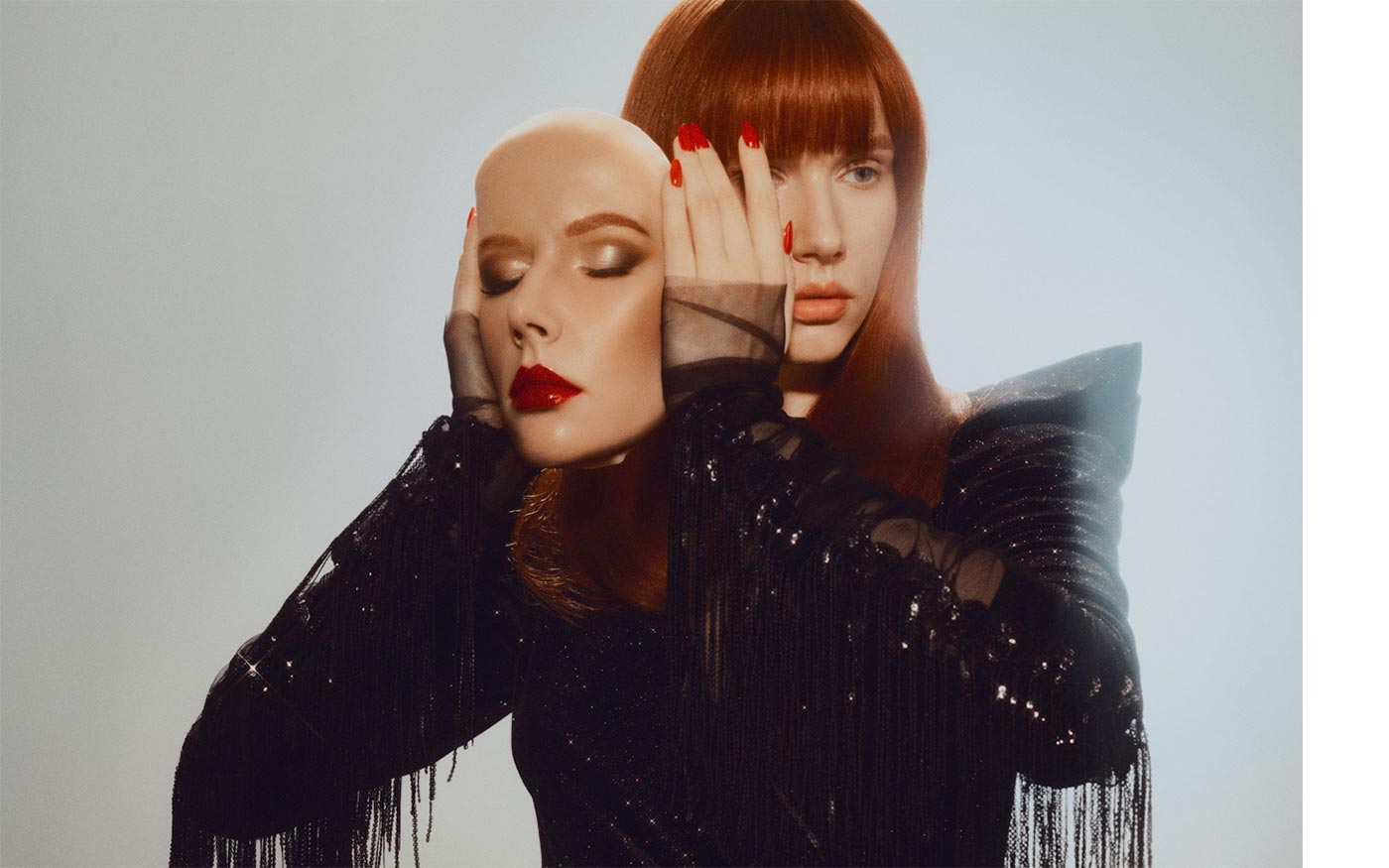
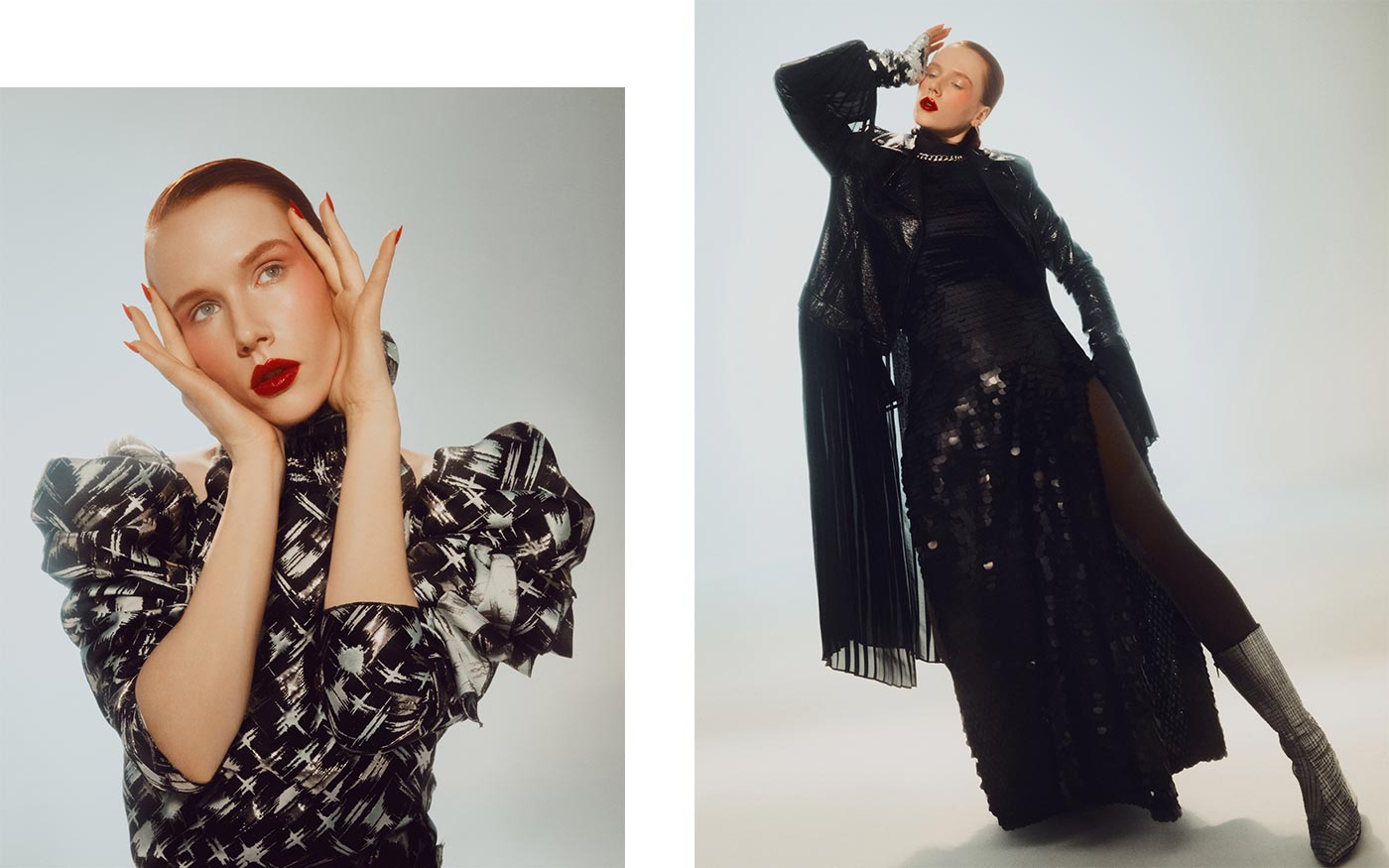
(right) dress GOSIA BACZYŃSKA (left) coat MAGDALENA KURNICKA, dress BŁAŻEJ TELIŃSKI, tights CALZEDONIA, shoes GOSIA BACZYŃSKA
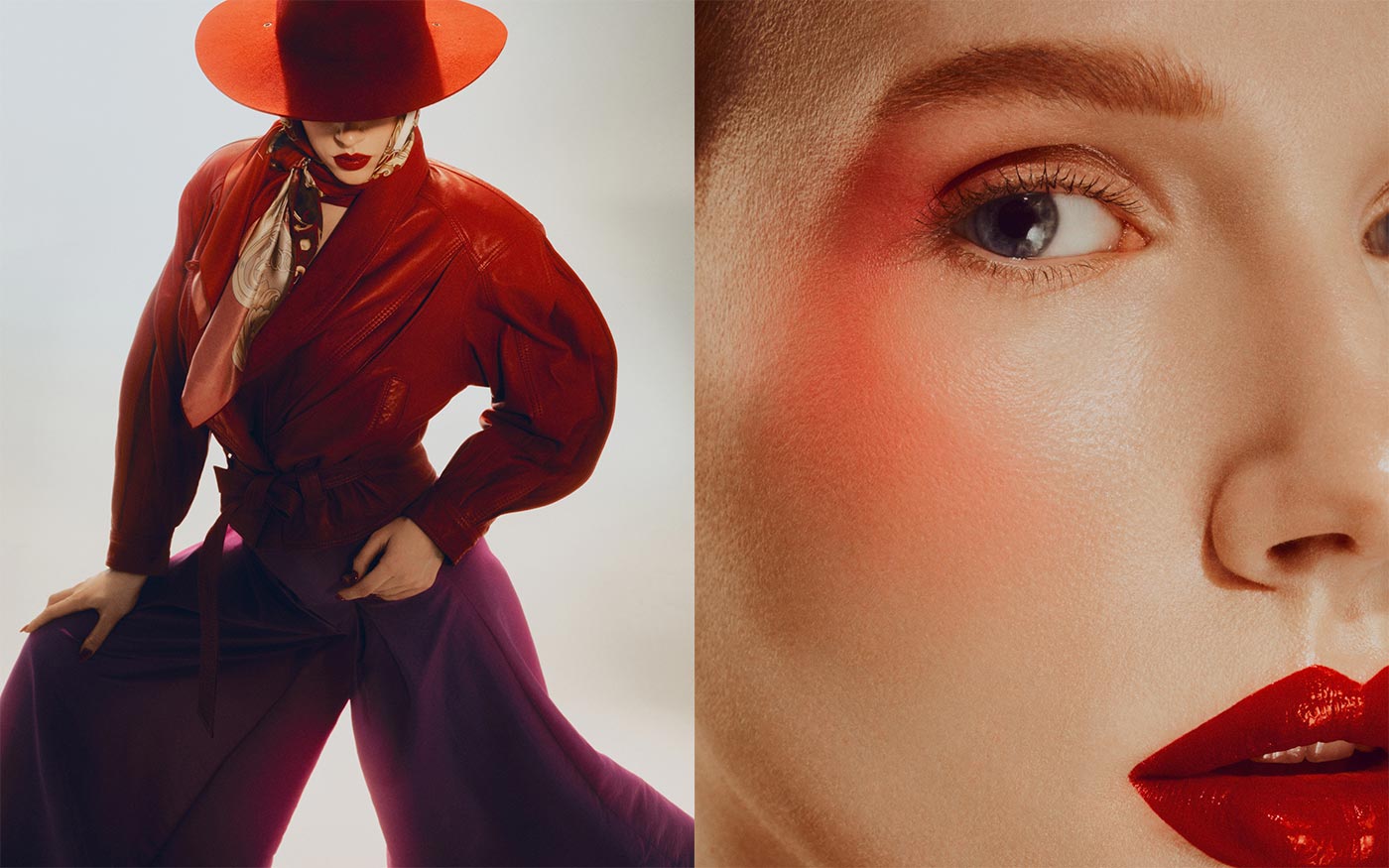
(left) leather jacket VERSACE vintage,
pants KRYSTIAN SZYMCZAK, scarf HERMÈS, hat GUCCI vintage
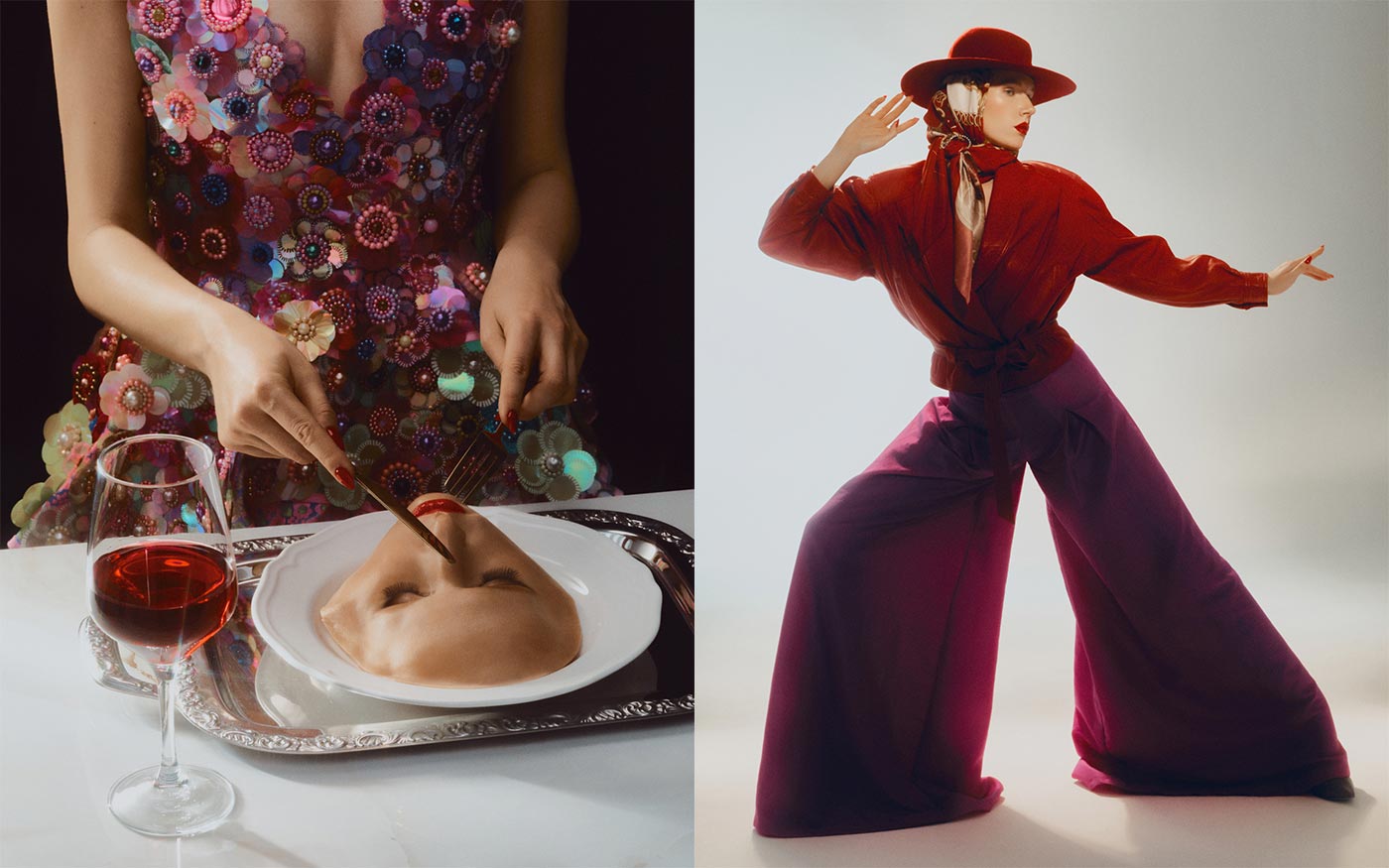
(left) dress WALERIA TOKARZEWSKA
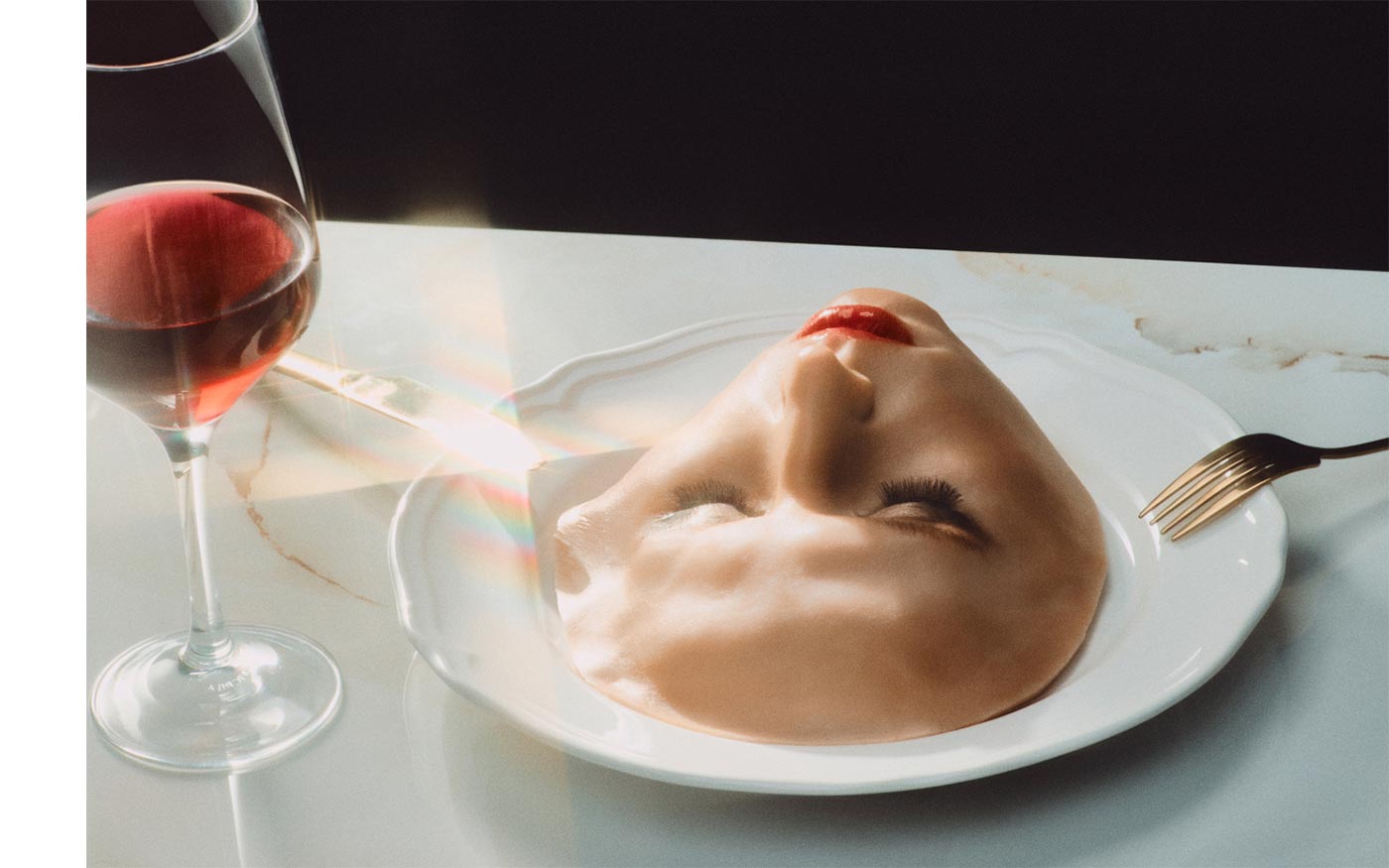
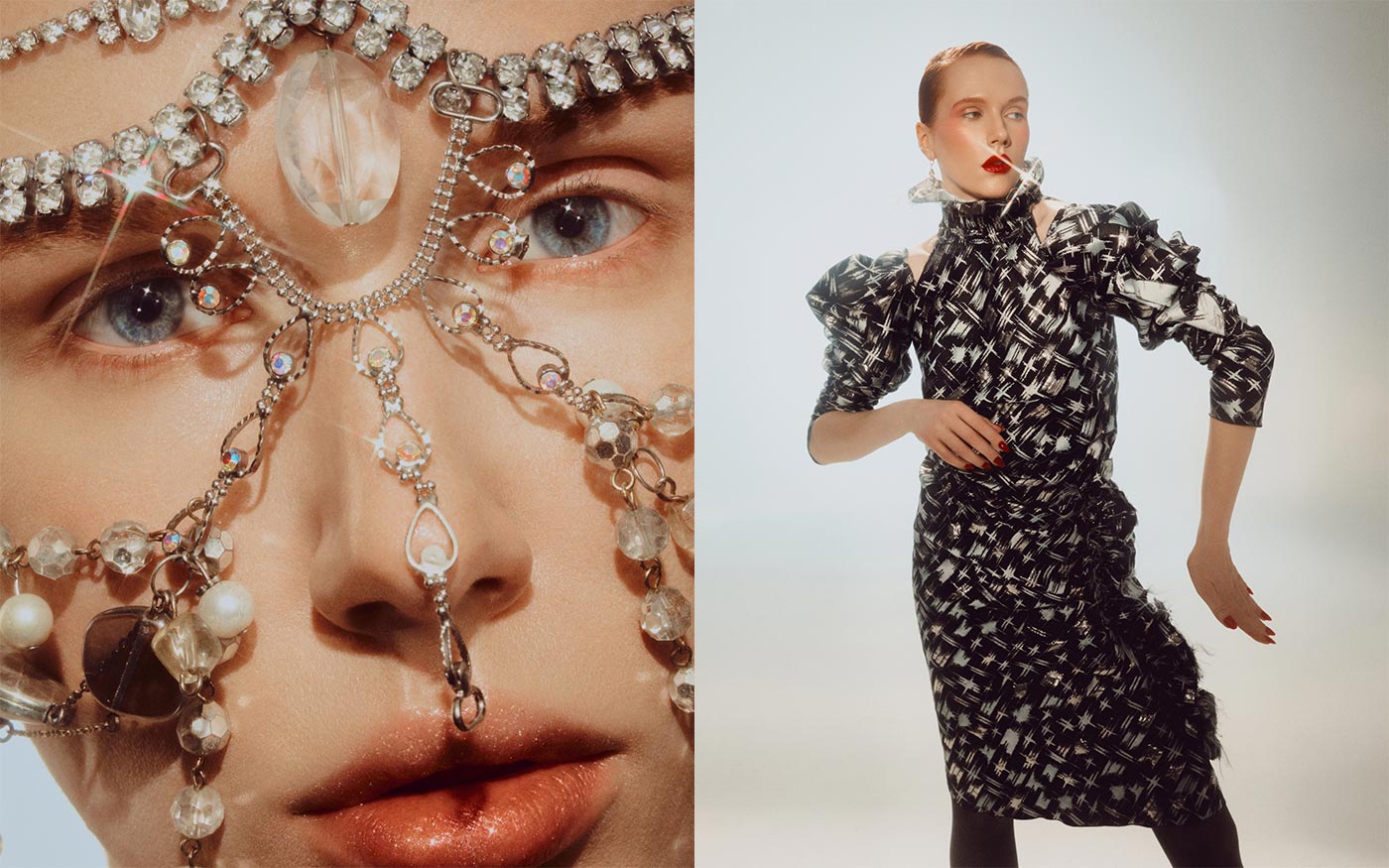
(left) face ornament MISIVETS (right) dress GOSIA BACZYŃSKA, earrings 10 DECOART
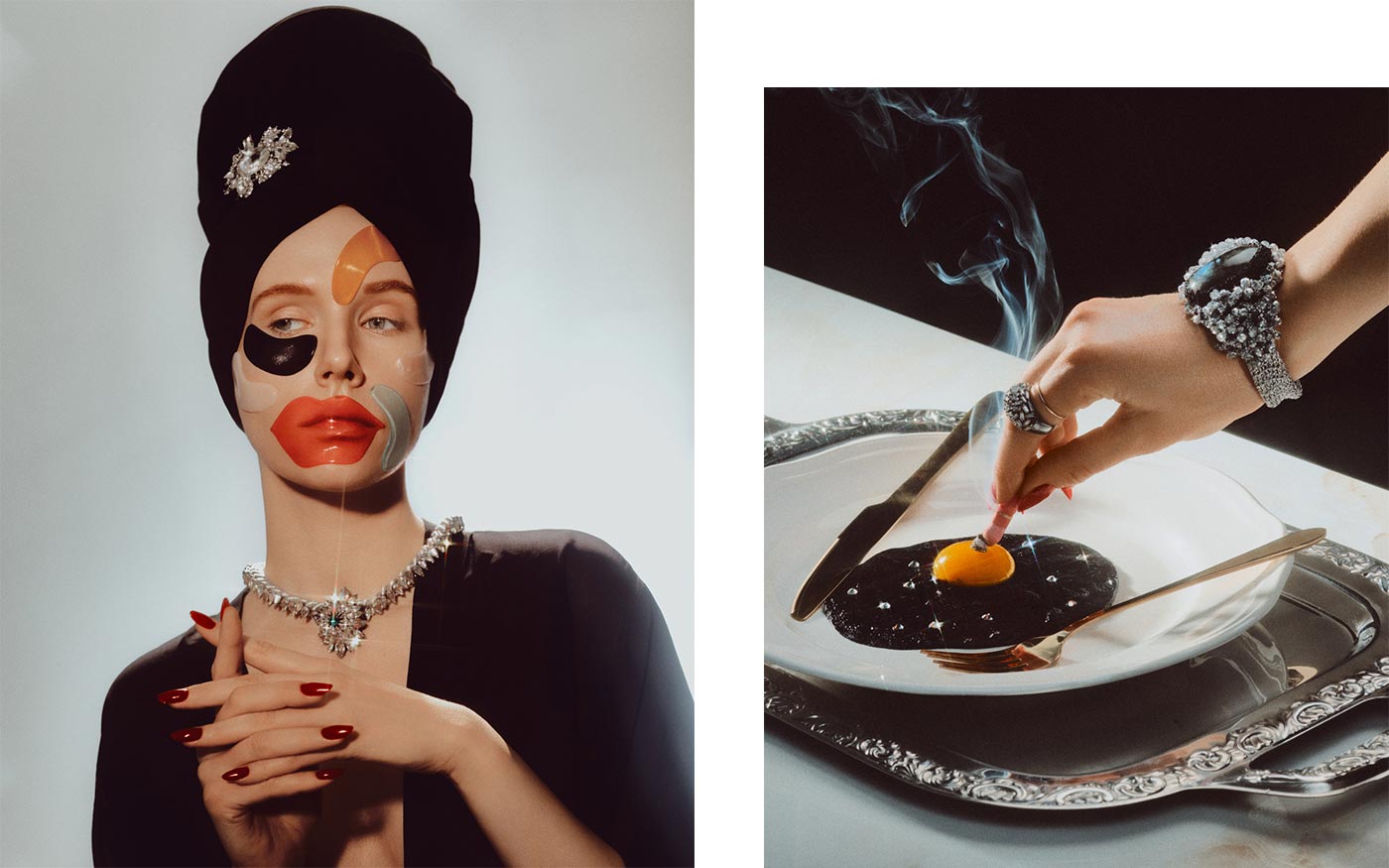
(left) brooch vintage, necklaces GOSIA BACZYŃSKA (right) bracelet GOSIA BACZYŃSKA
Photographer: Aleksander Salski (@aleksander_salski)
Stylist: Błażej Teliński (@bidzej.telinski)
MUA: Anna Kobalczyk (@anna_kobalczyk)
SFX: Michał Zabielski (@michalzabielski_sfx)
Hair Stylist: Ewa Pieczarka (@ewa_pieczarka_art_hair)
Nails Artist: Martyna Świat (@nailitbetter)
Food Stylist: Jakub Trojanowski (@jm_trojanowski)
Movement Director: Michał Gerlach (@pankrokow)
Photographer Assistant: Krzysztof Durmaj (@niecodziennik_fotograficzny)
Model: Anna Jaroszewska (@porcelanovva)
Special thanks to Post-secondary School of Cinema Makeup, Sfx, Prosthetics, Visage and Stylization by Dziewulscy,
Studio Jasna Sprawa (@jasnasprawa) and Studio Tęcza (@studio_tecza)

